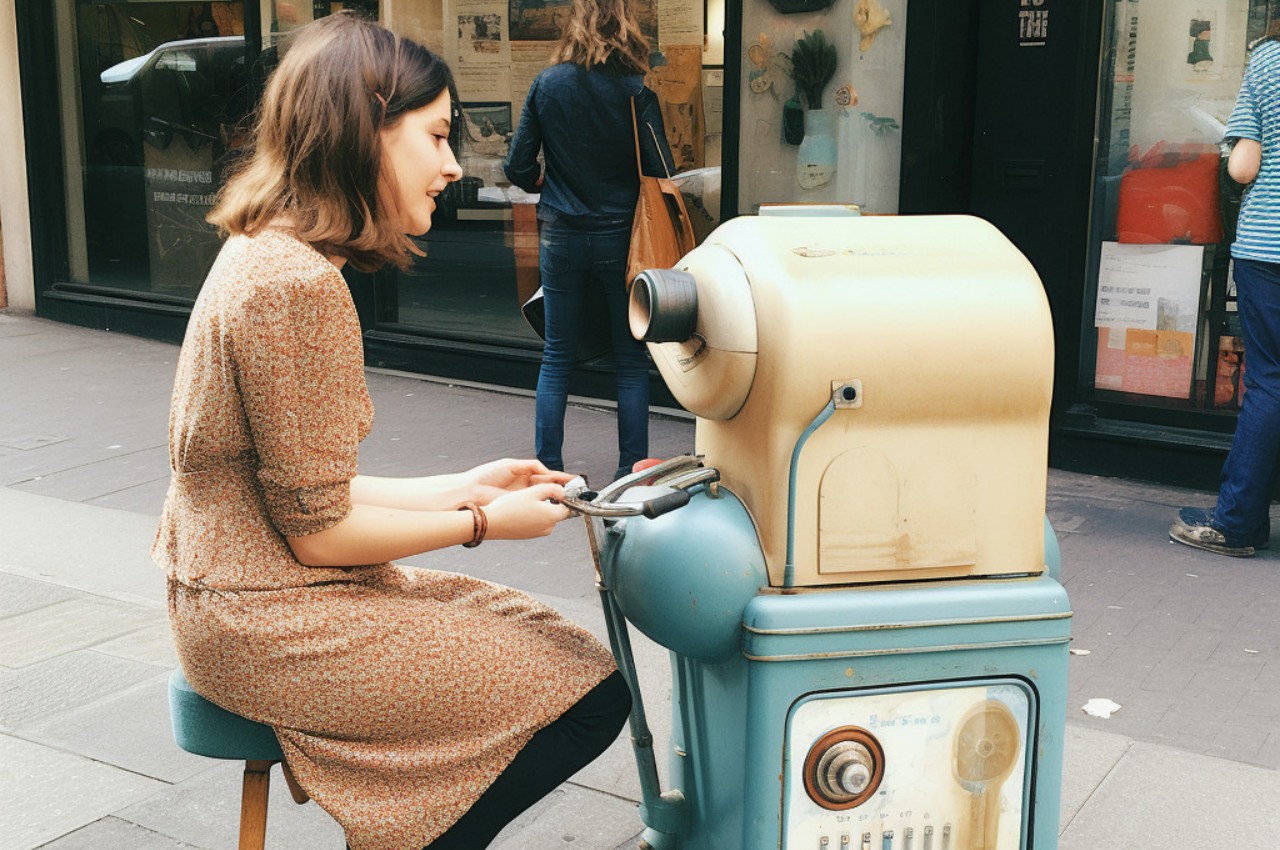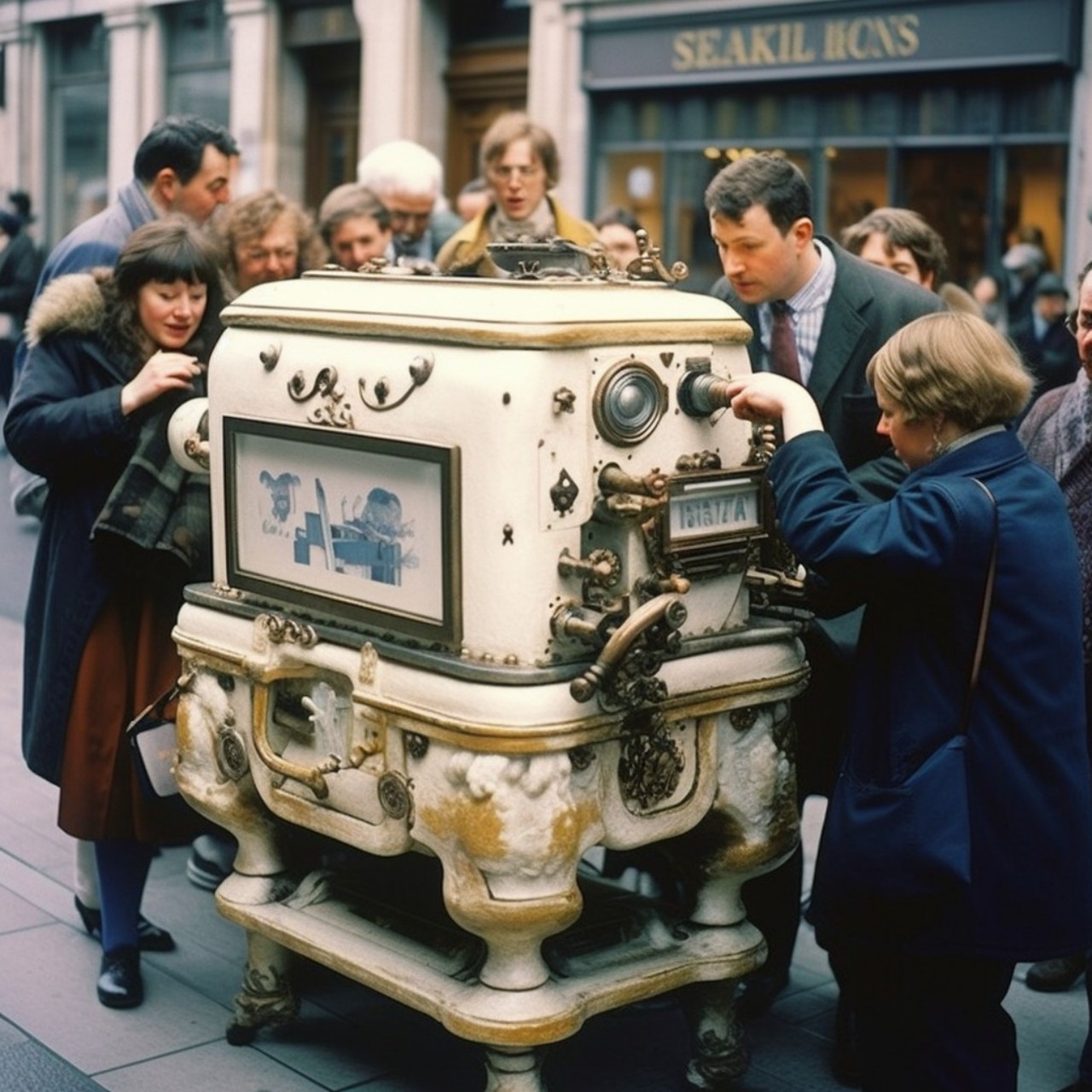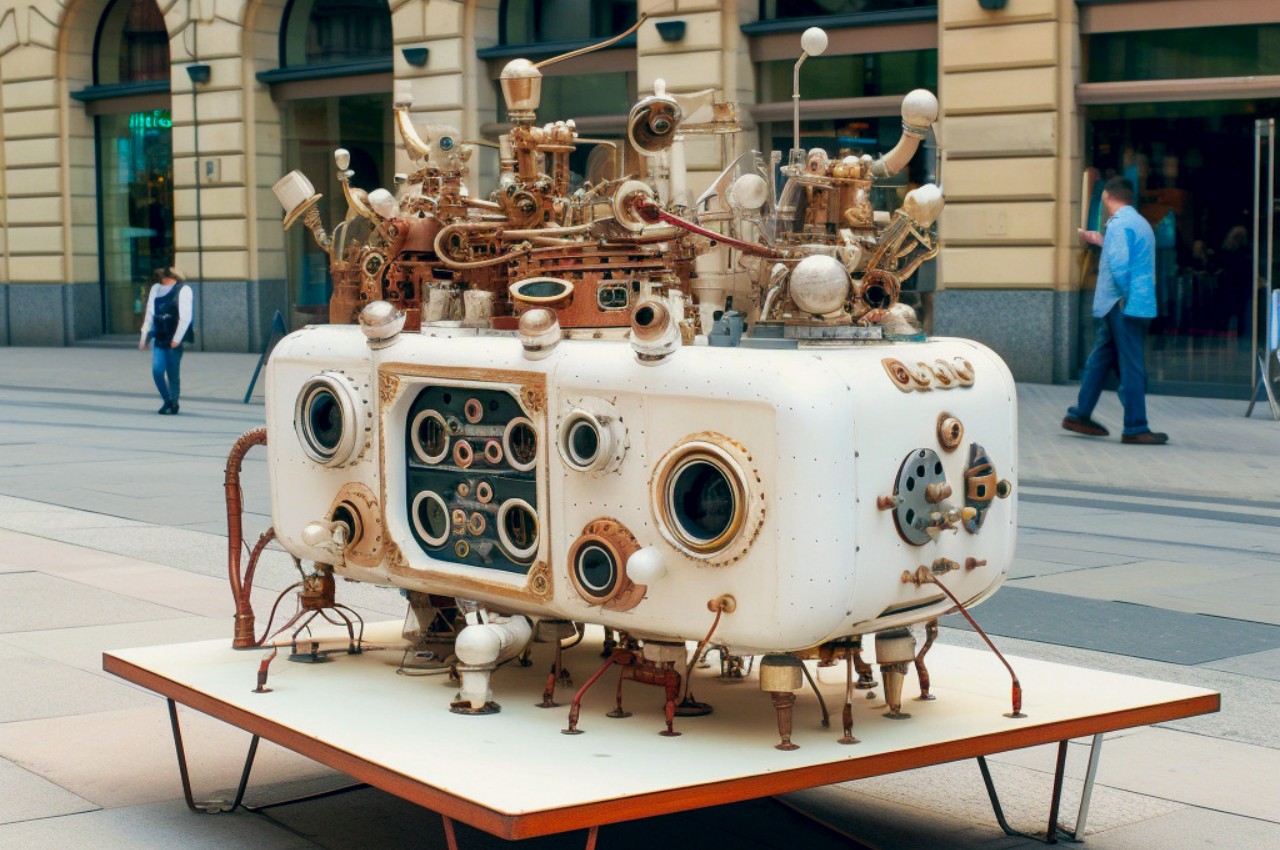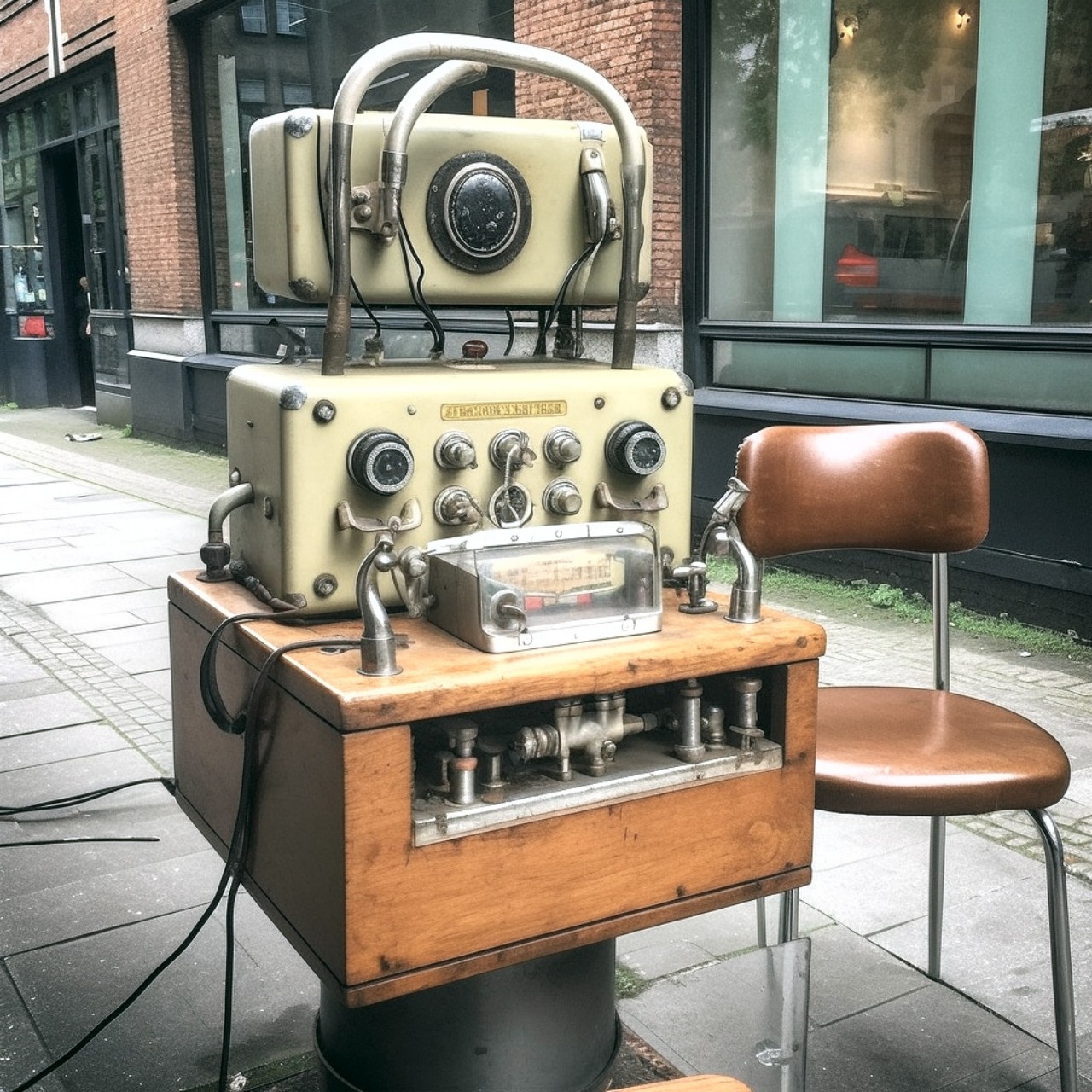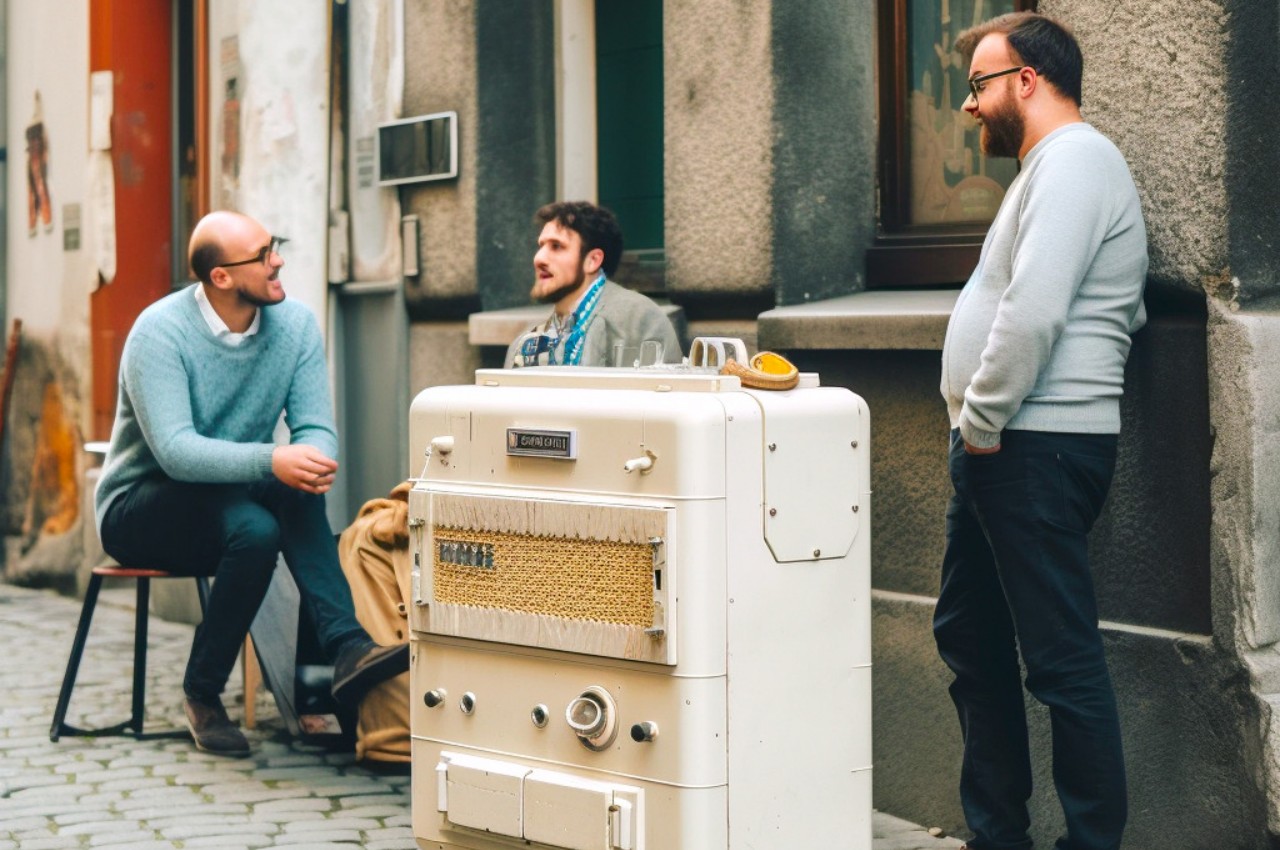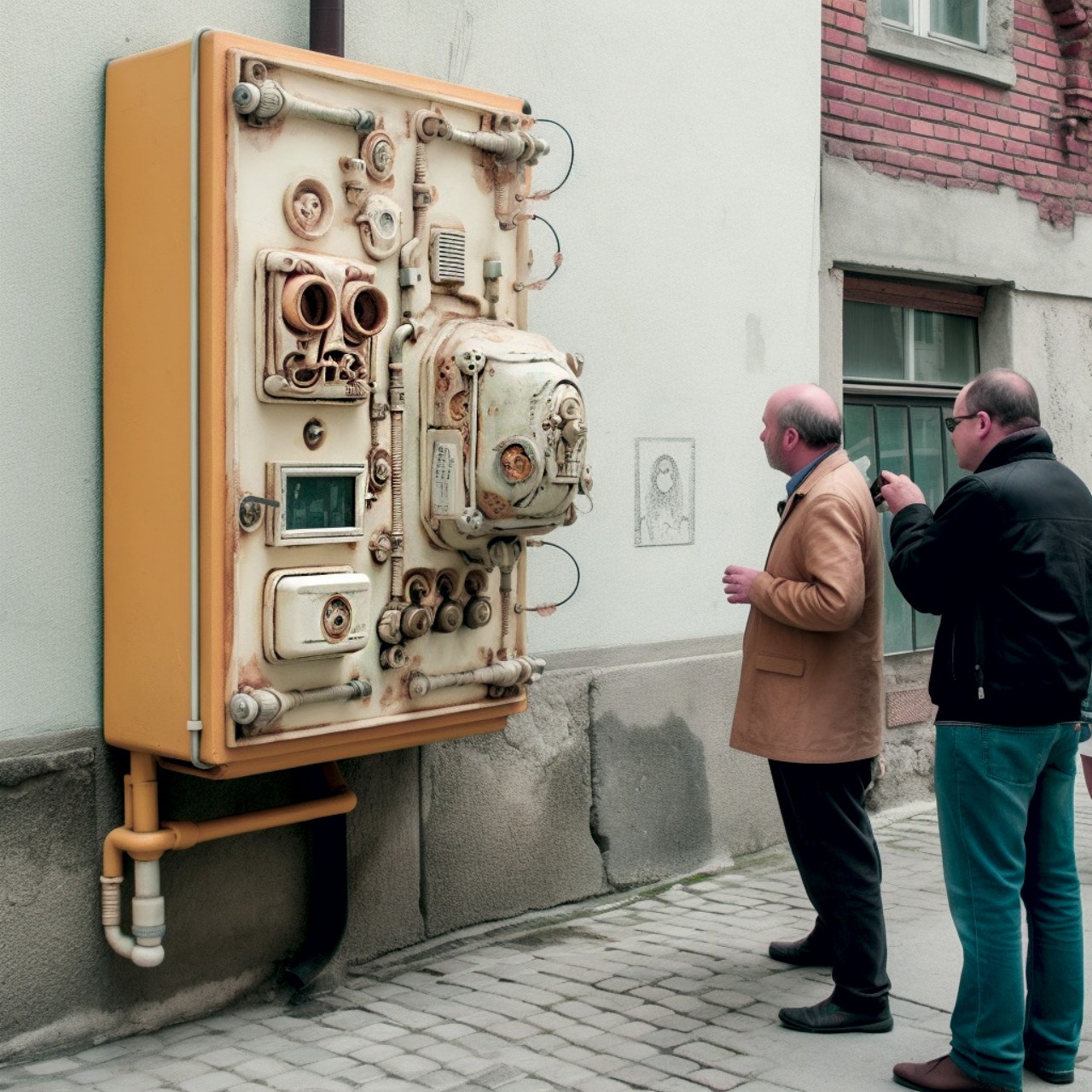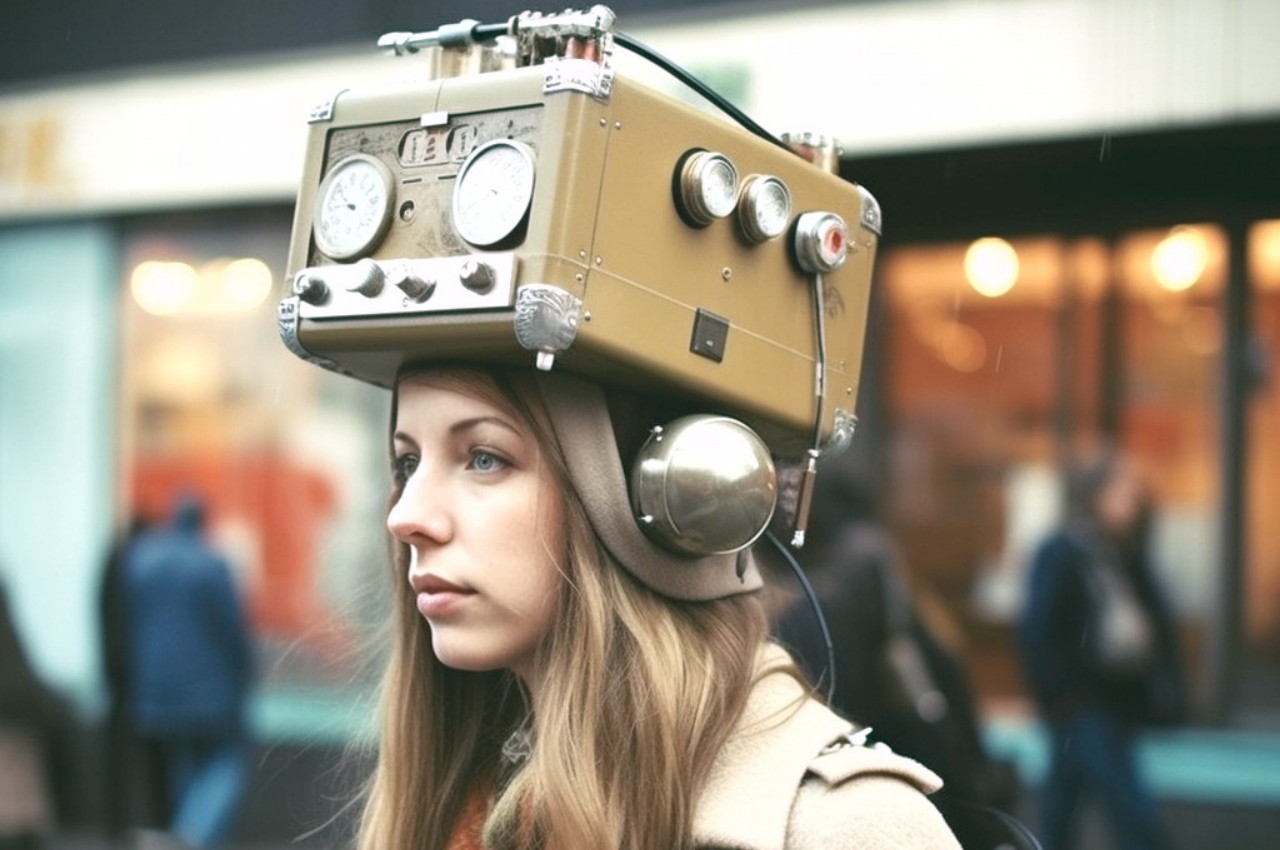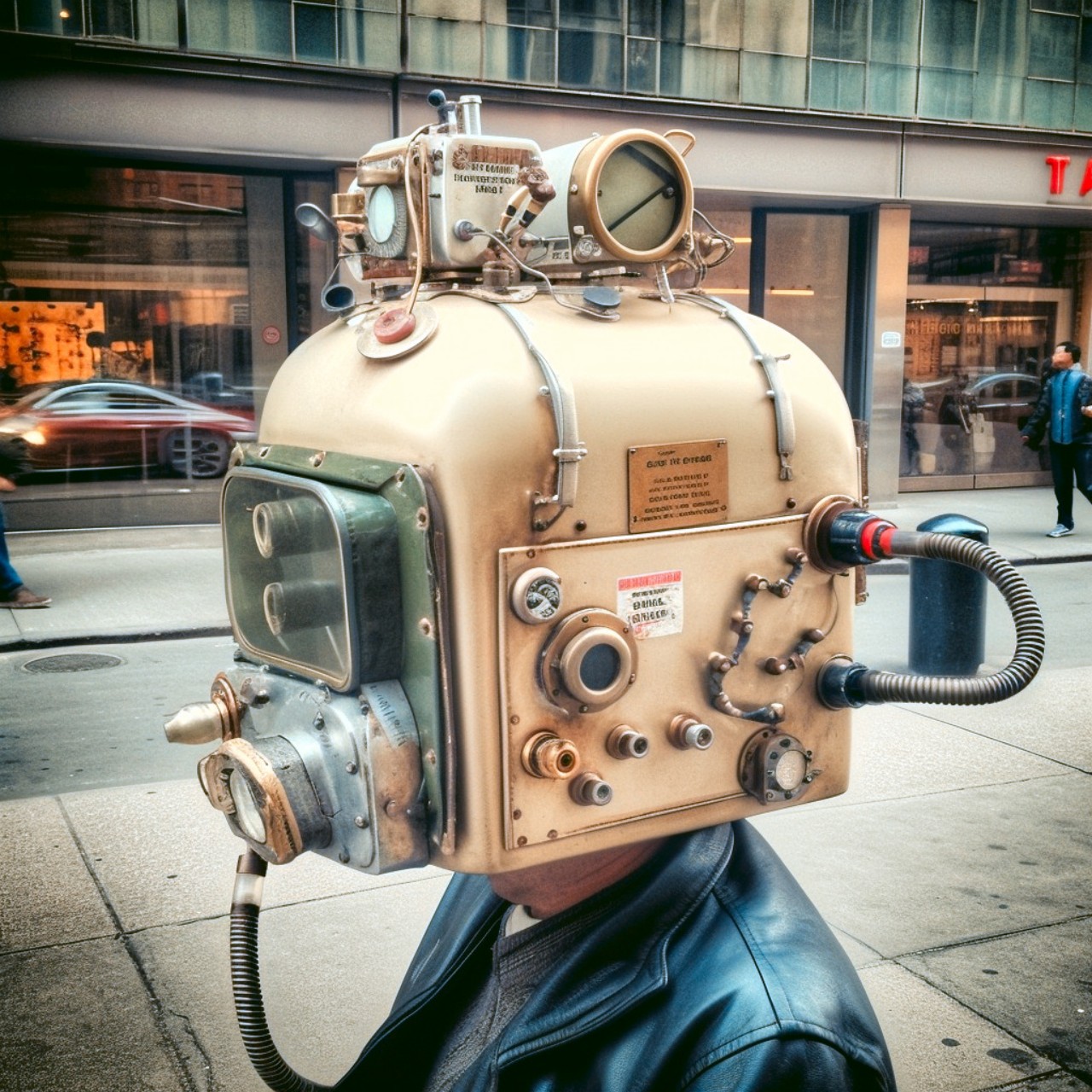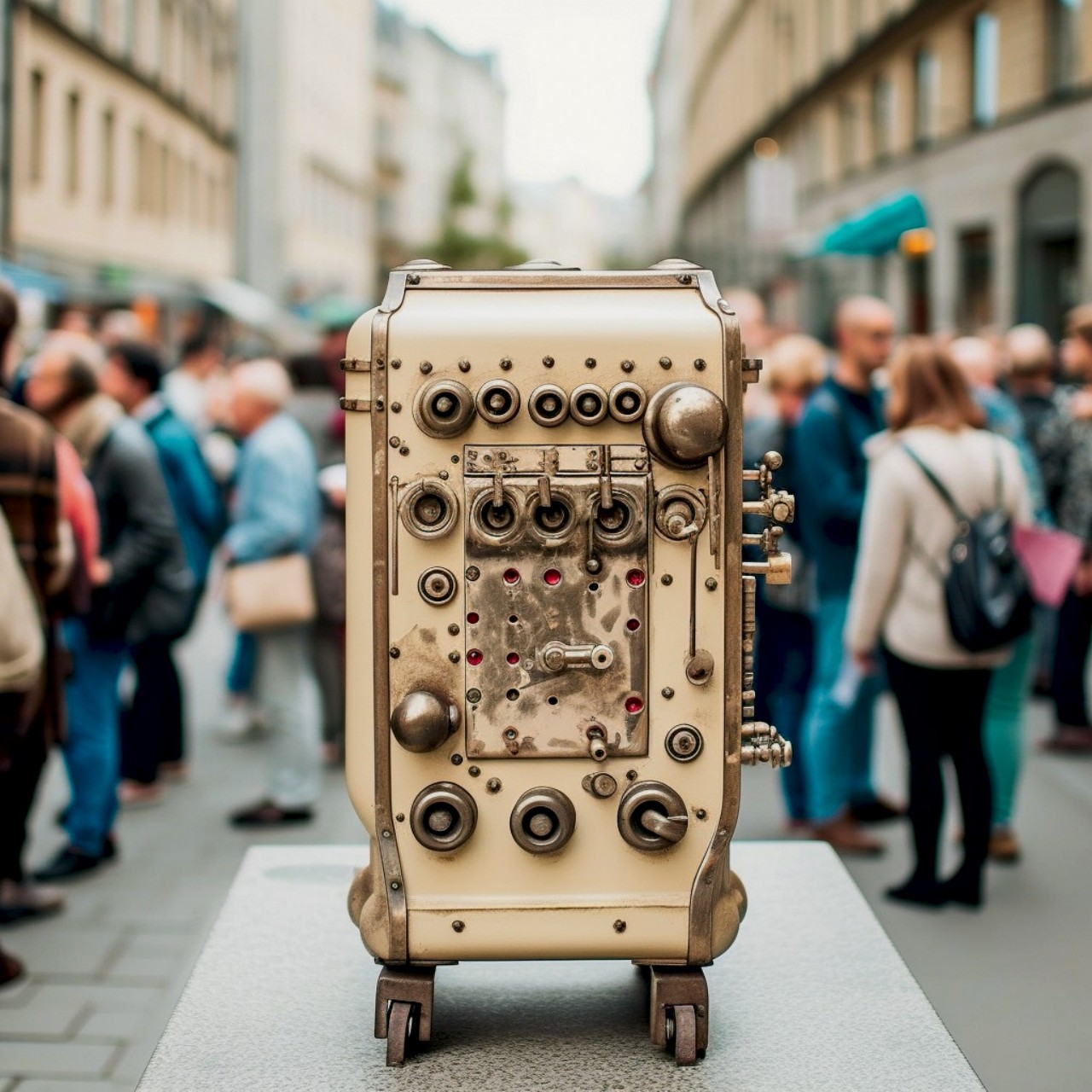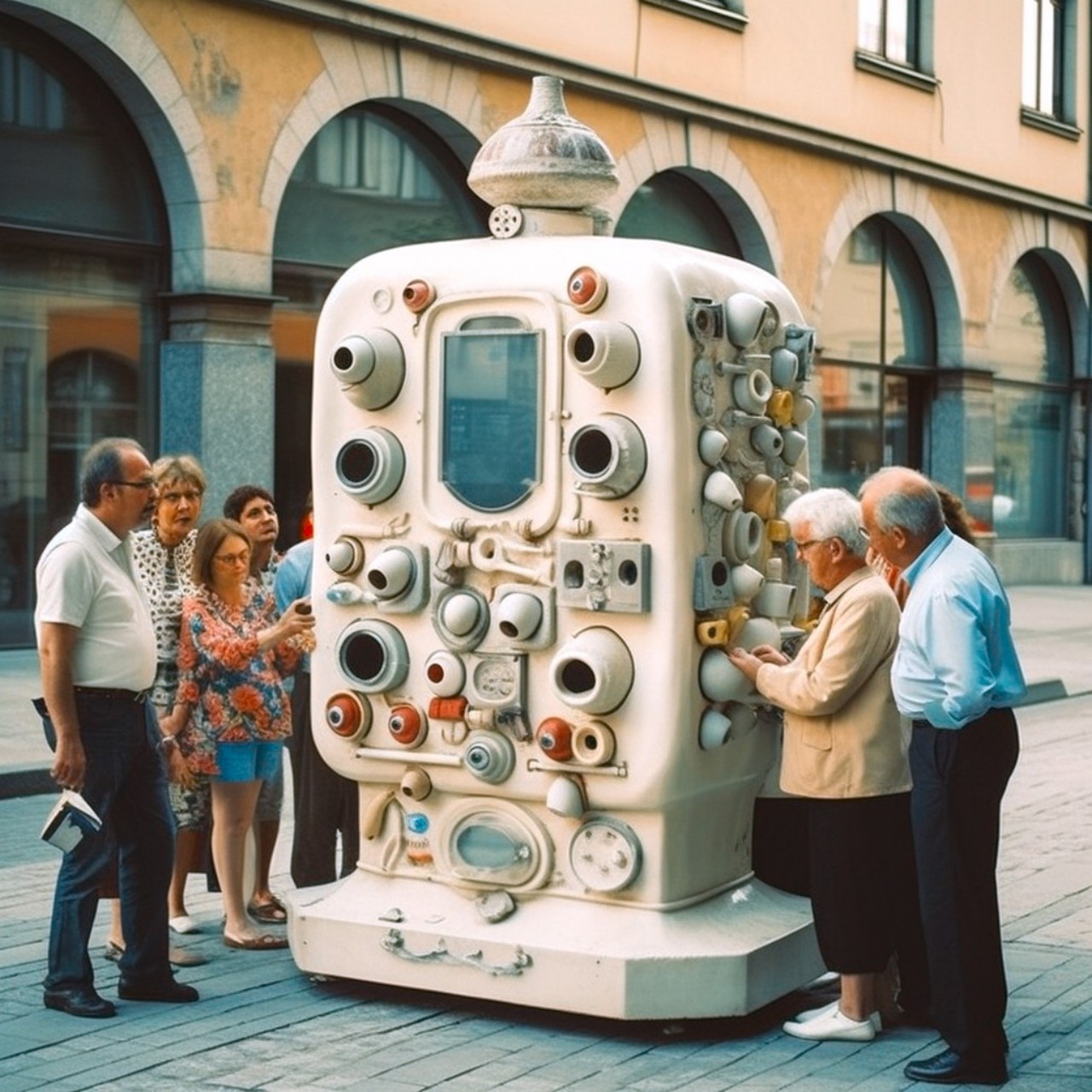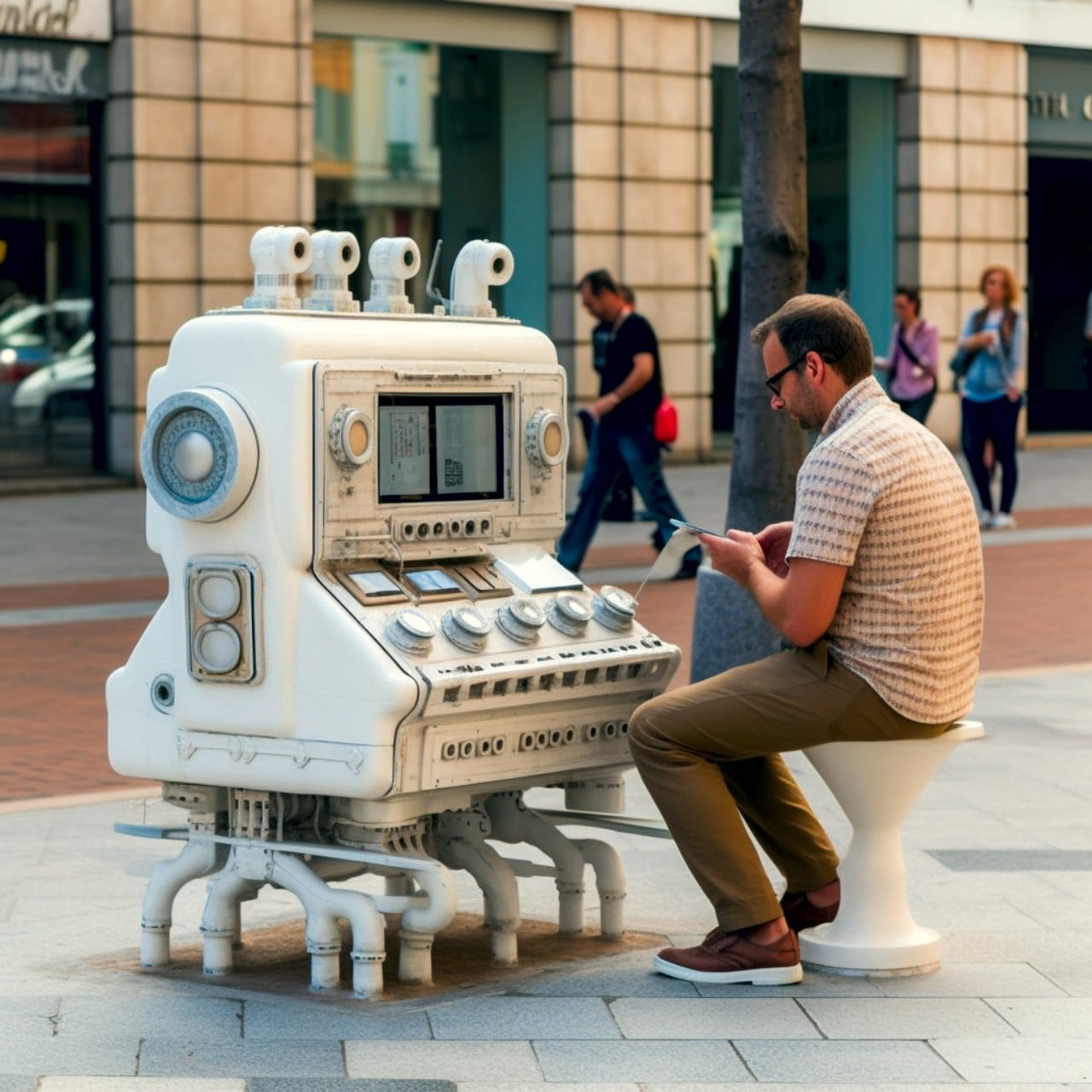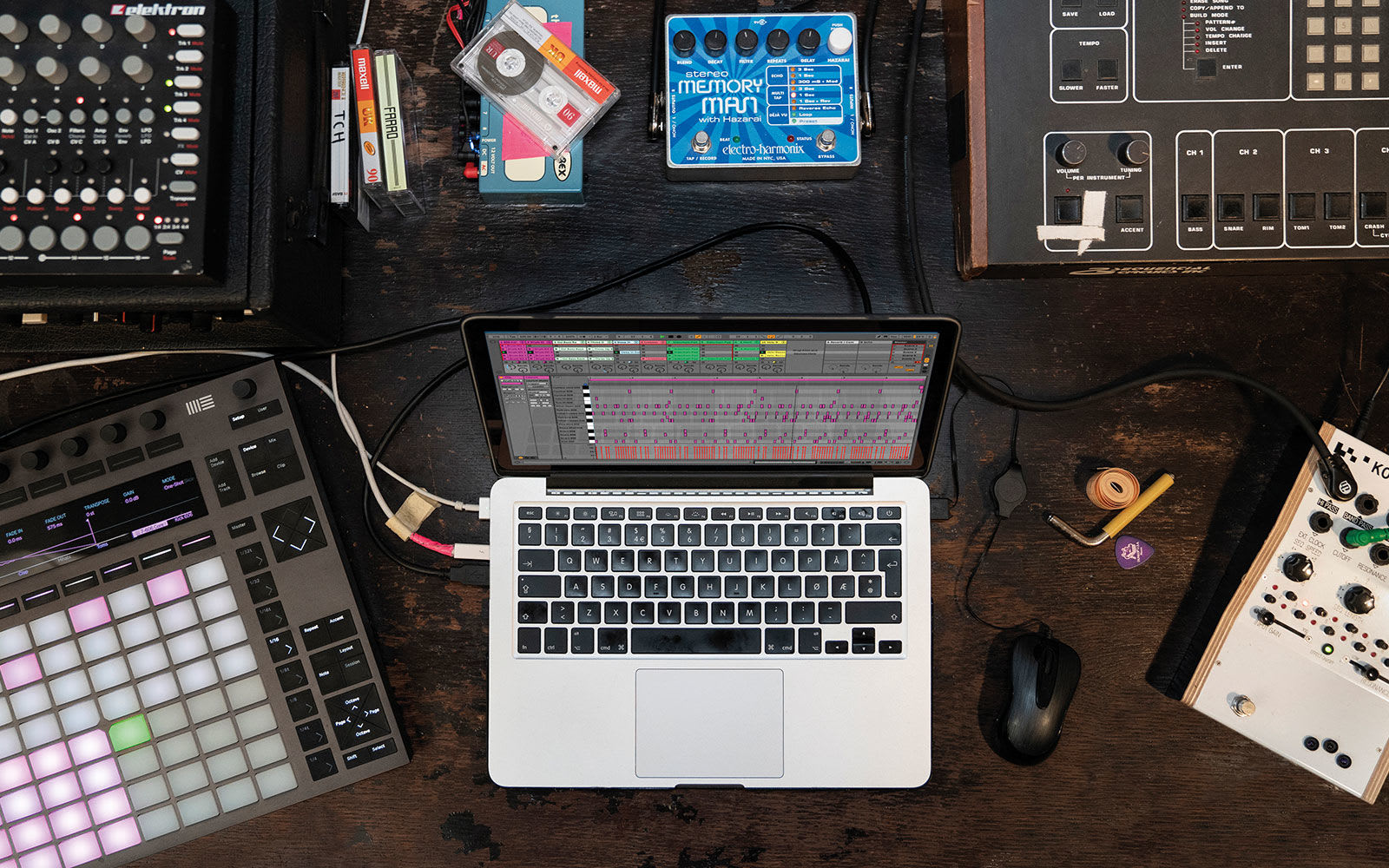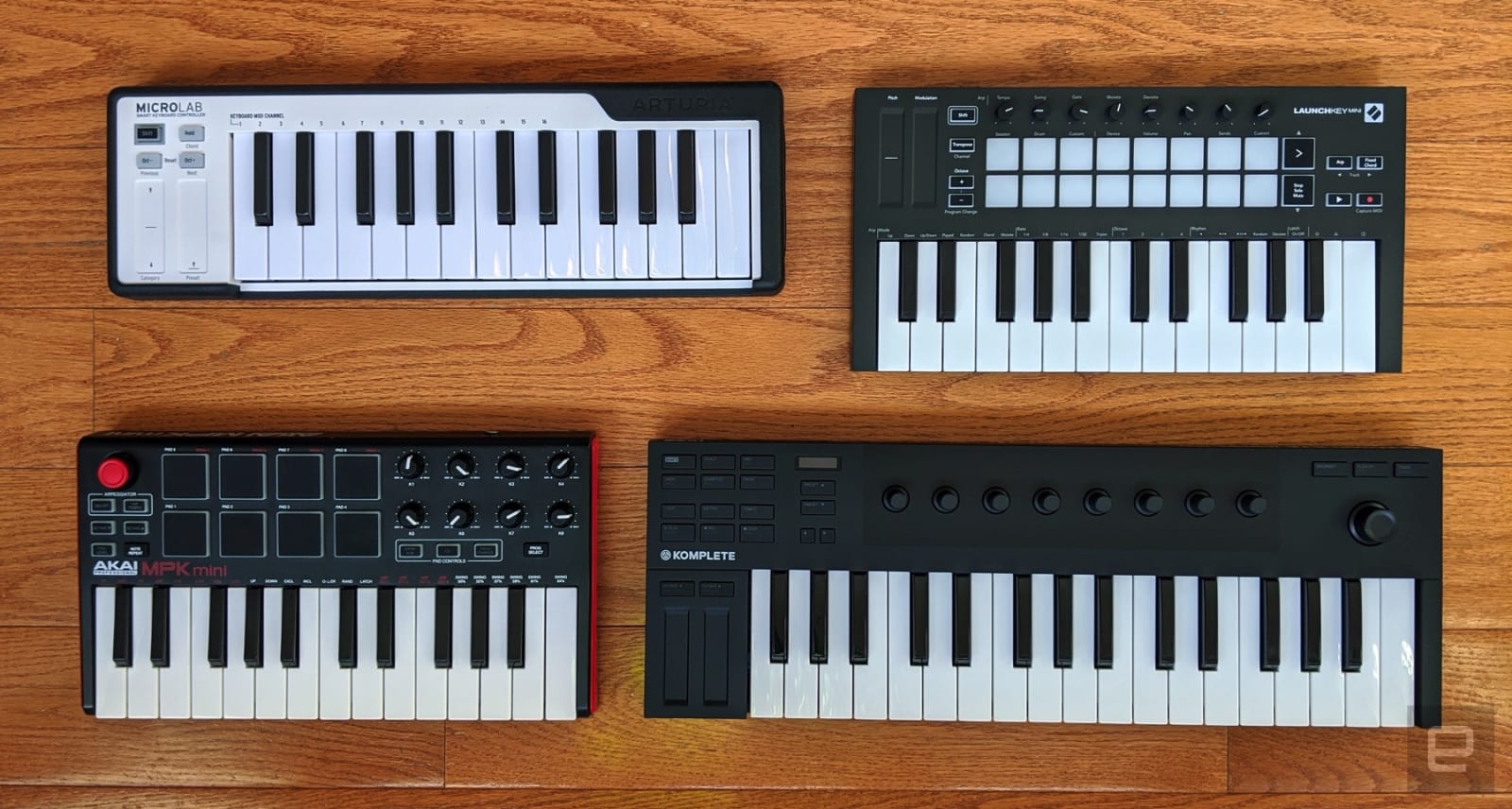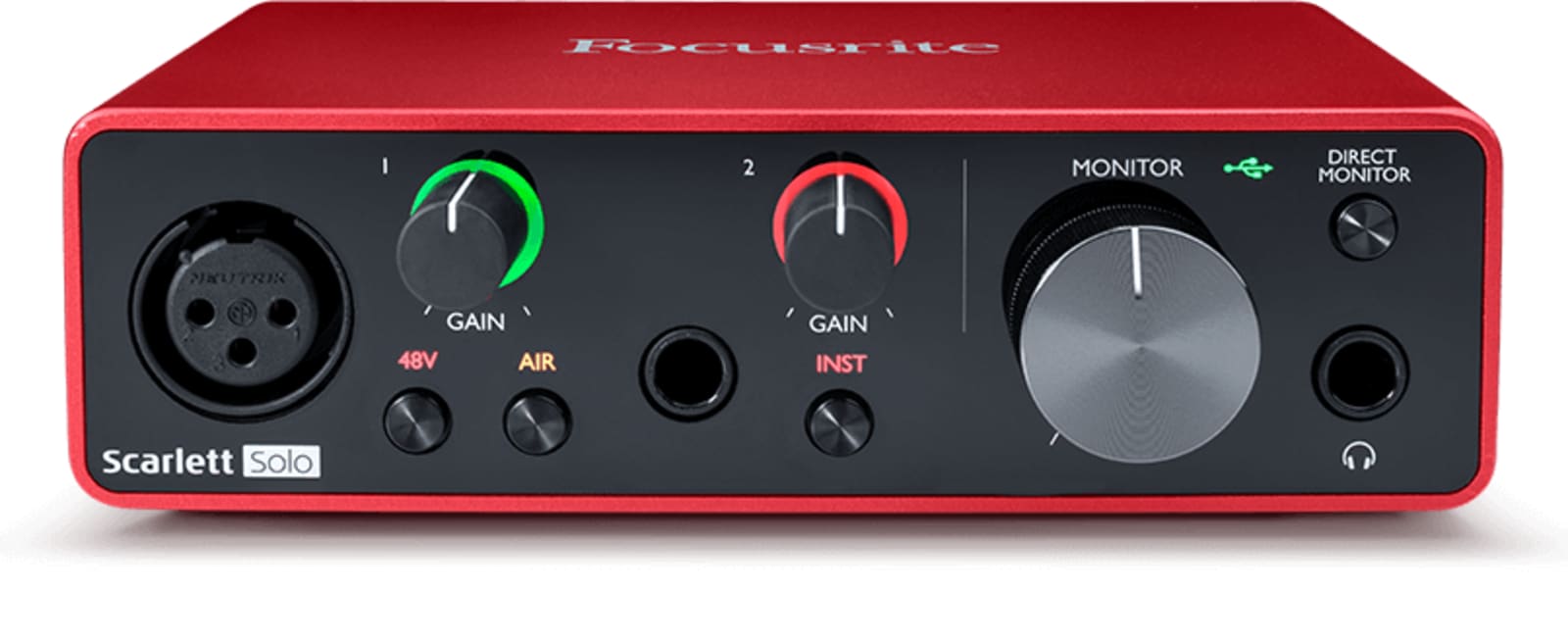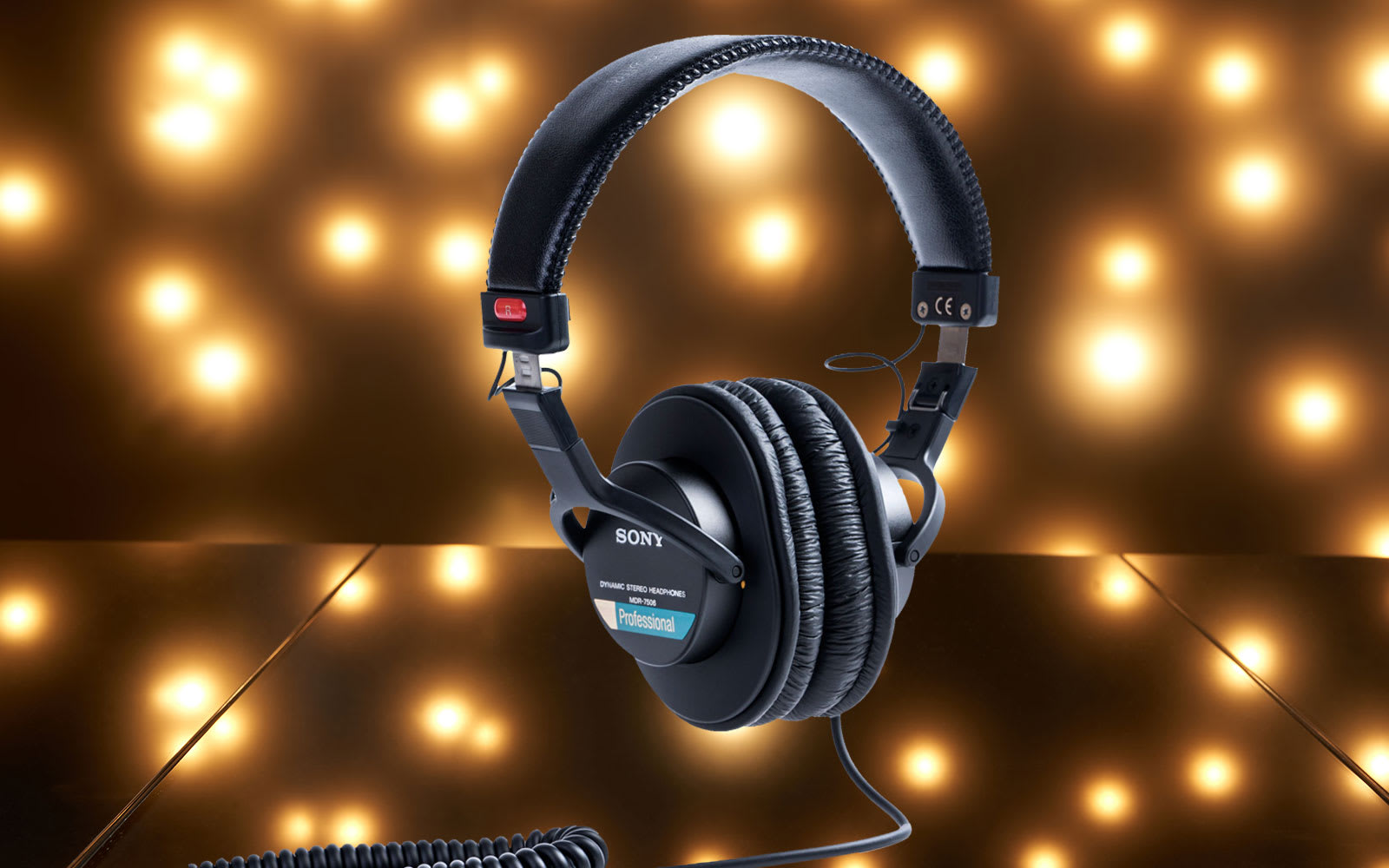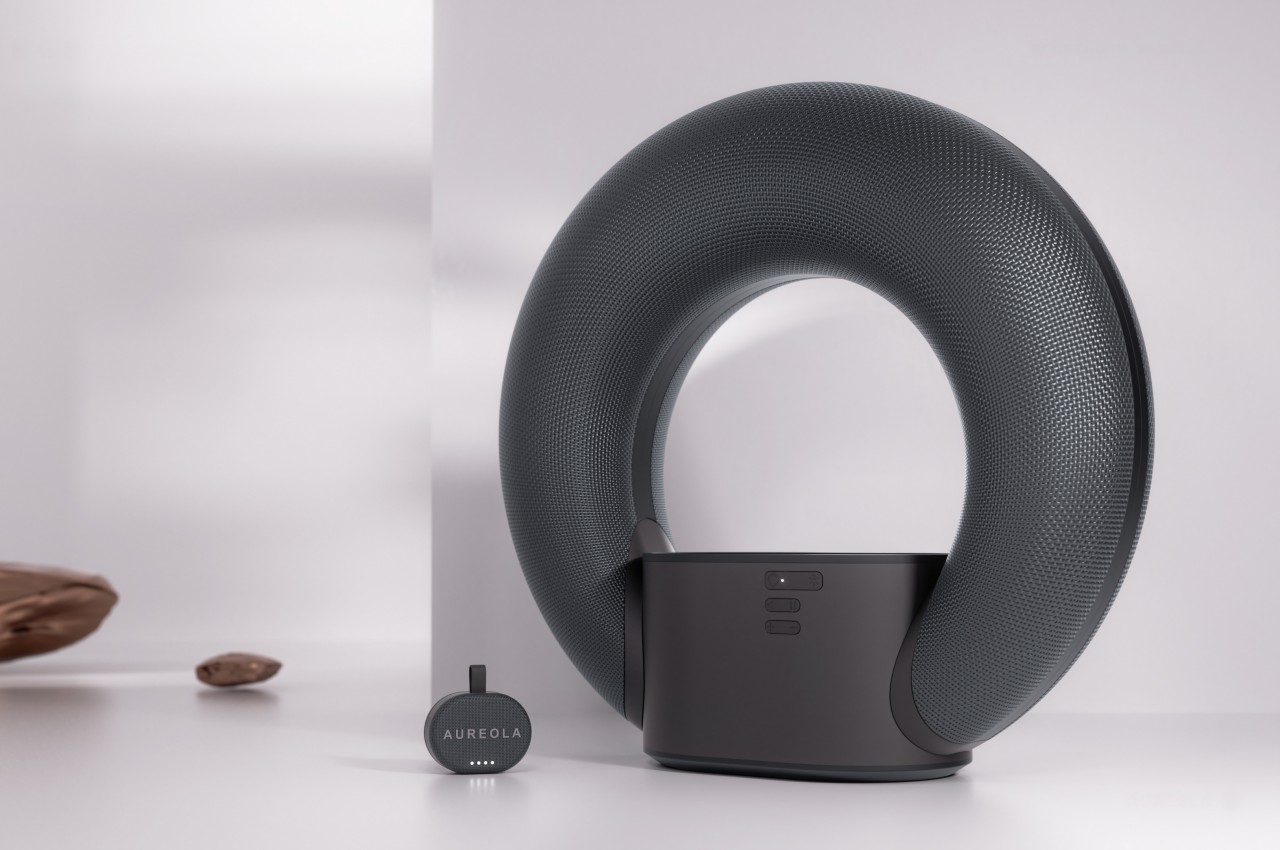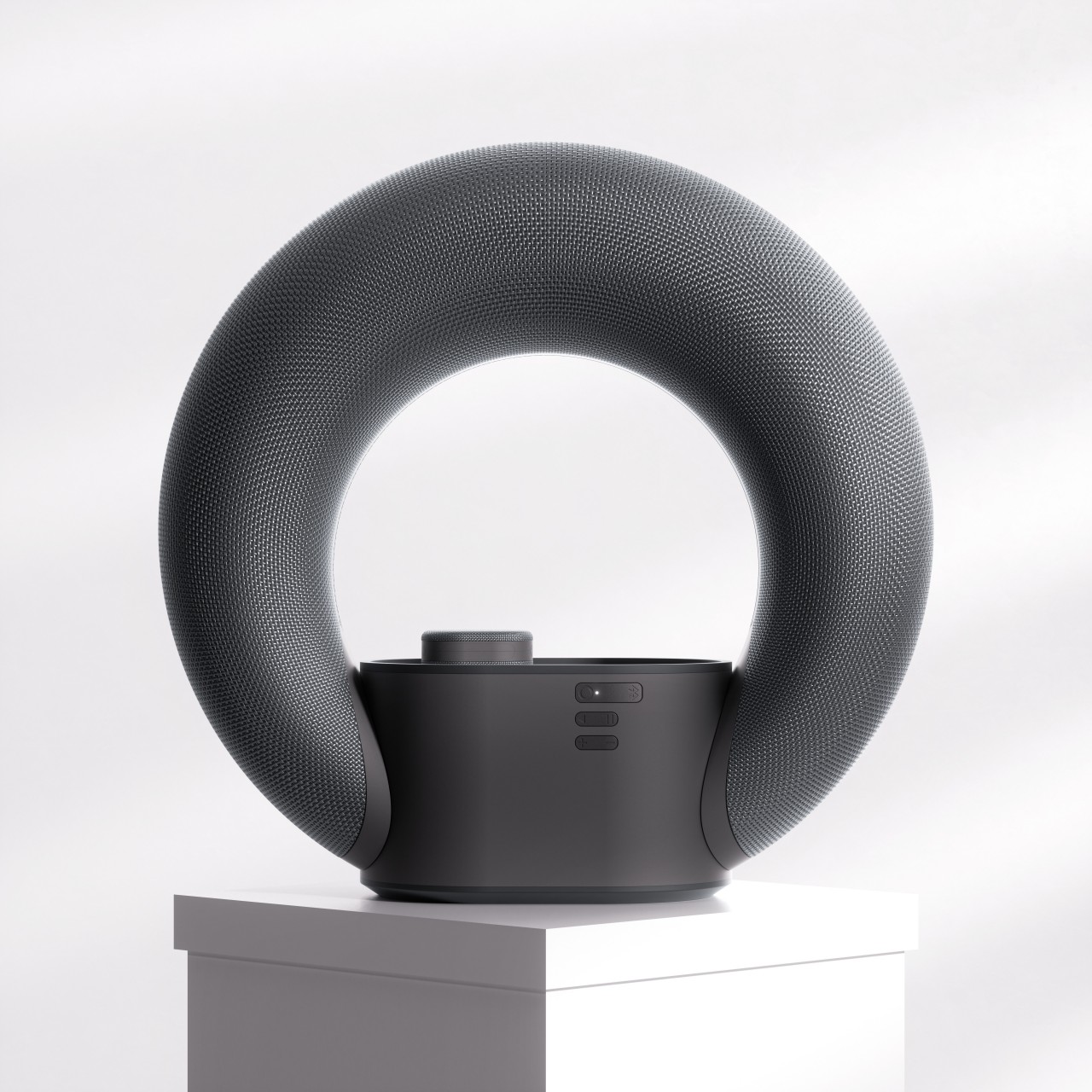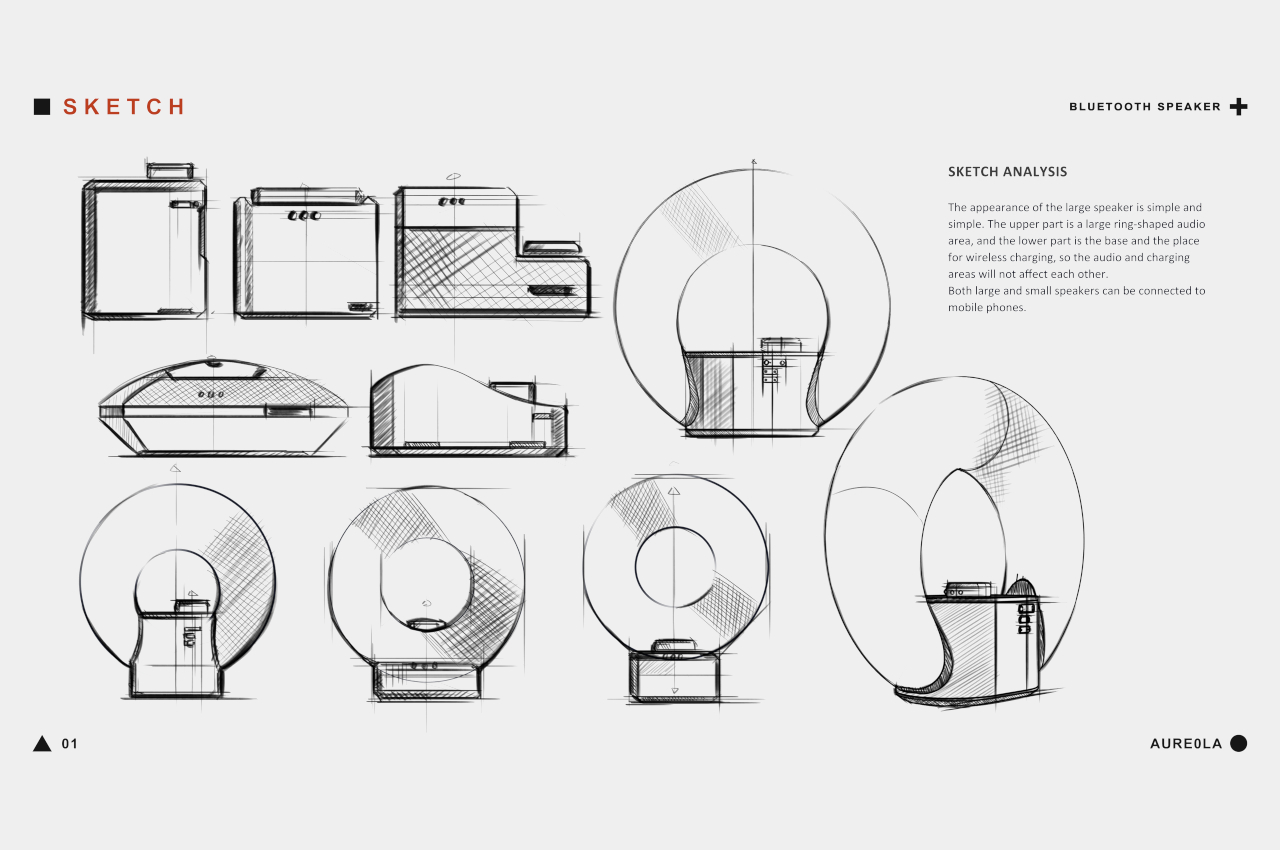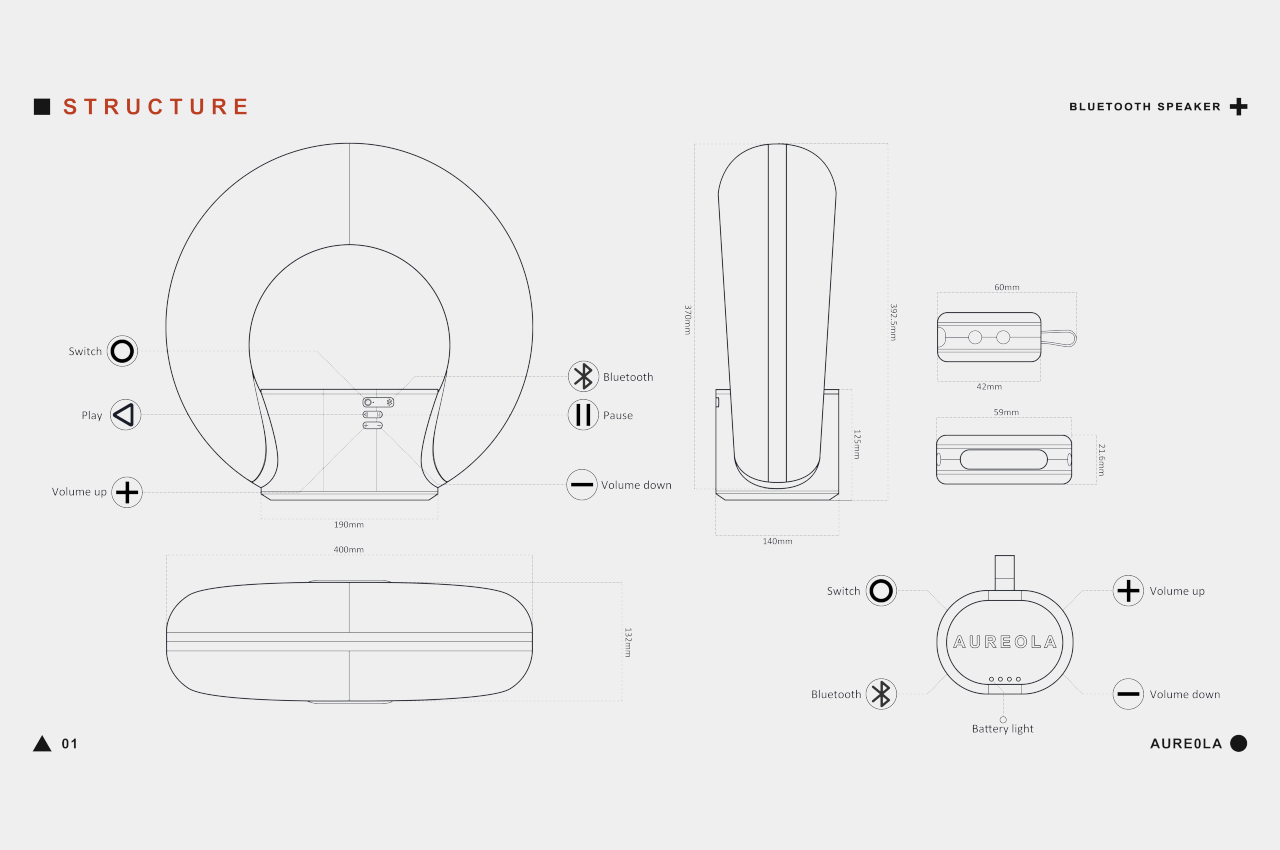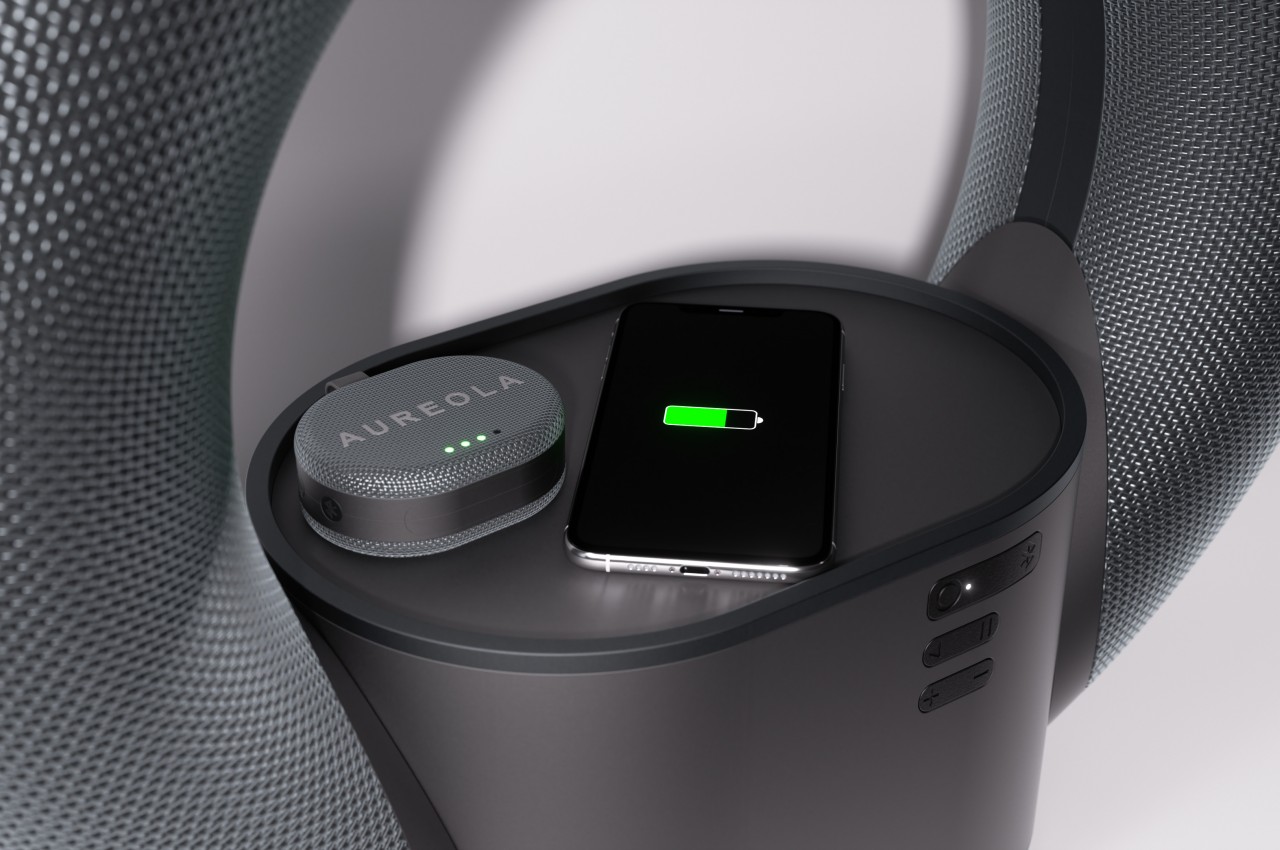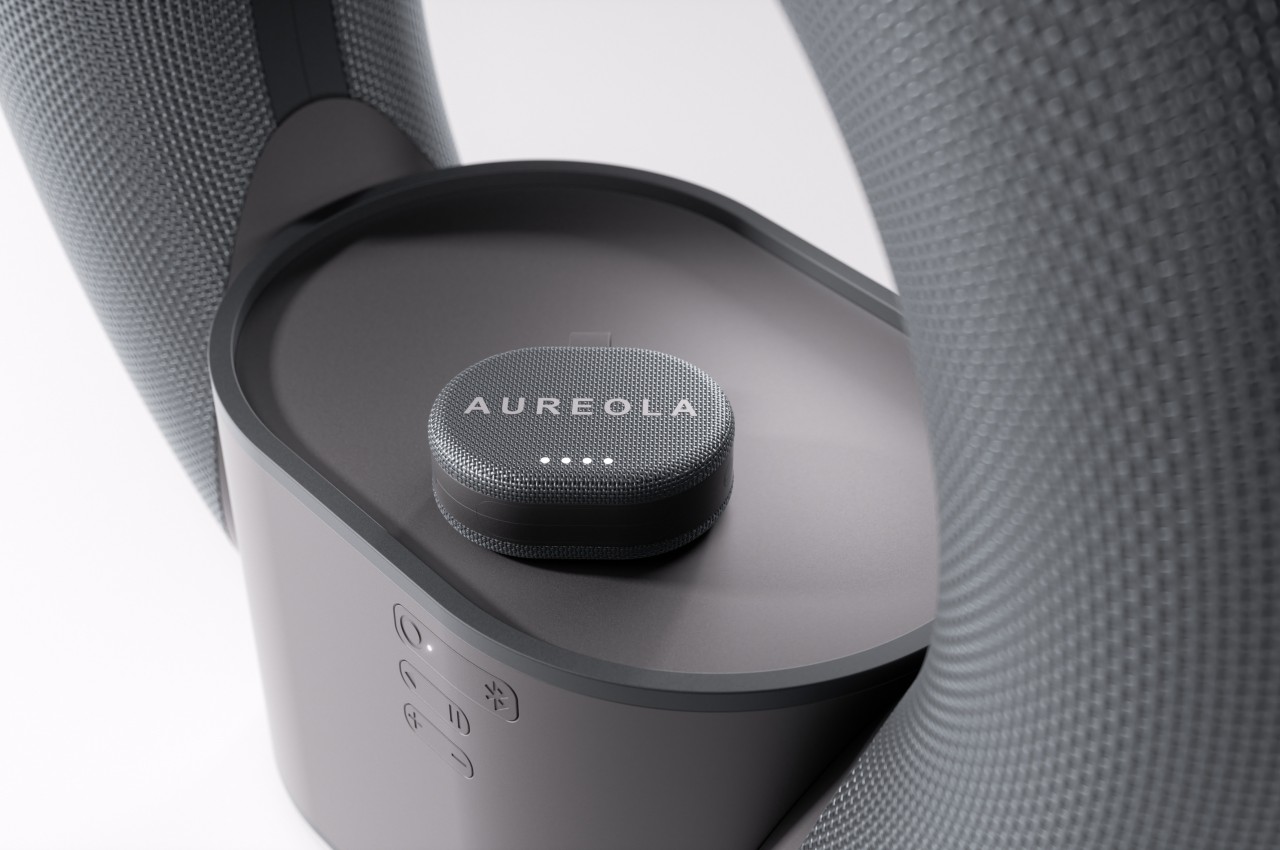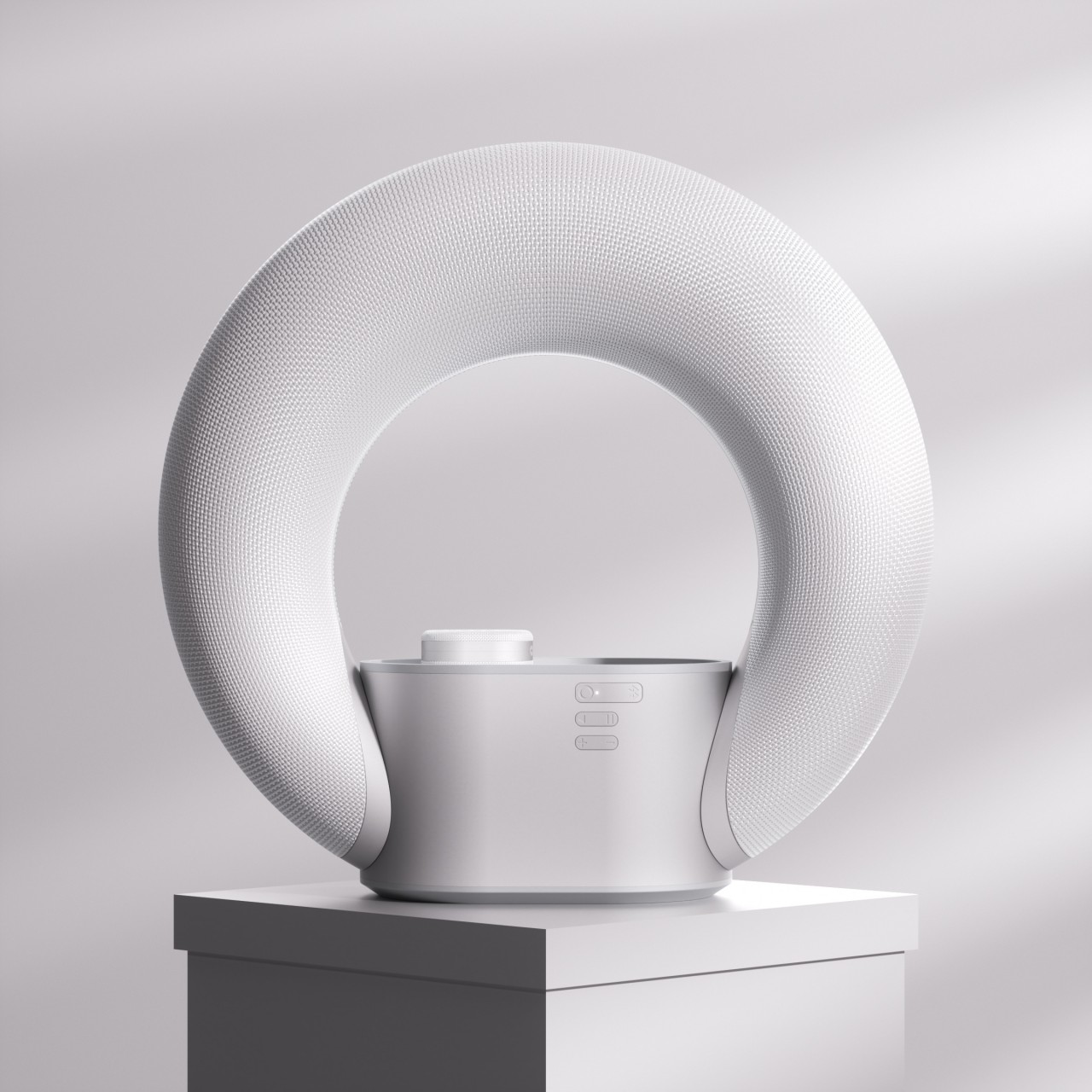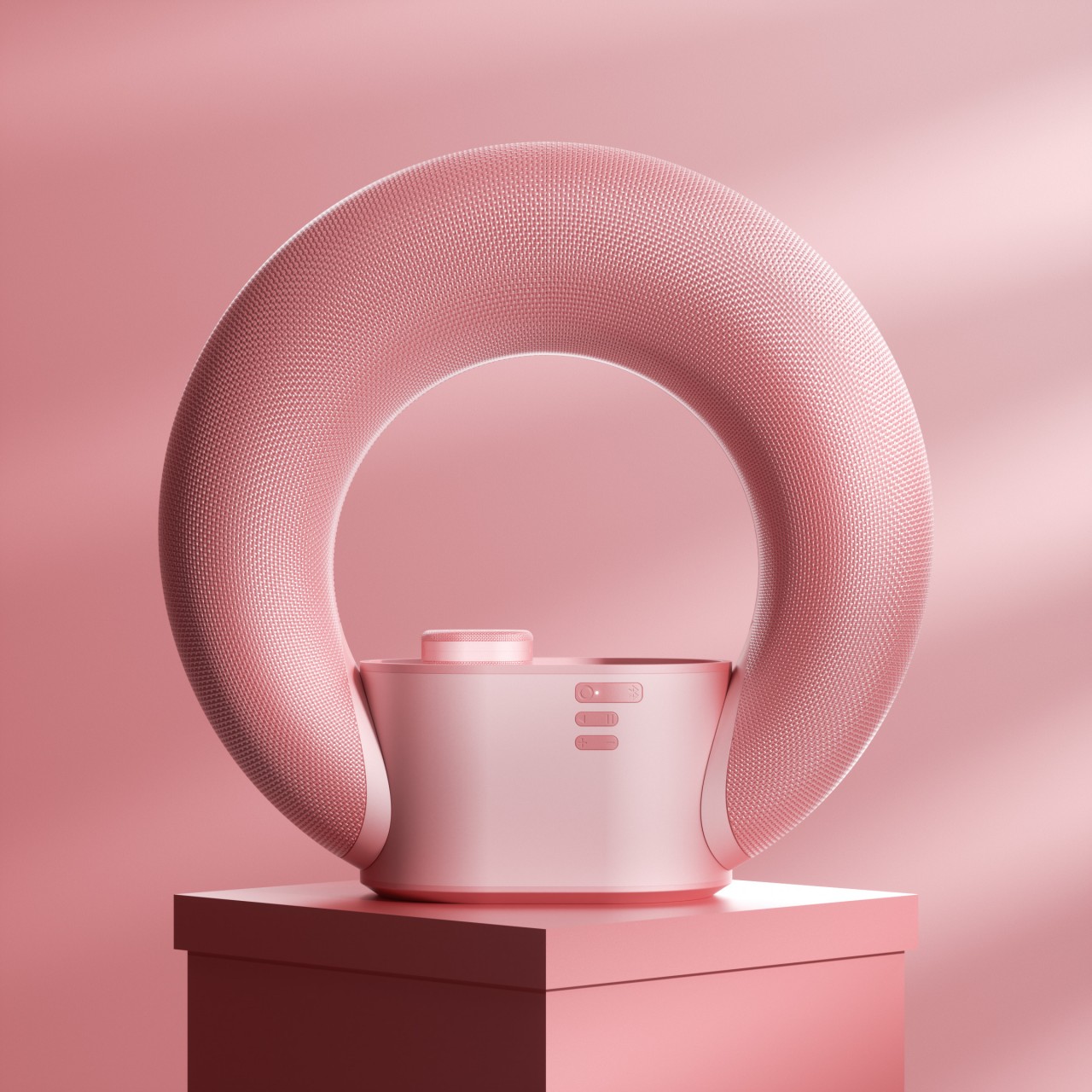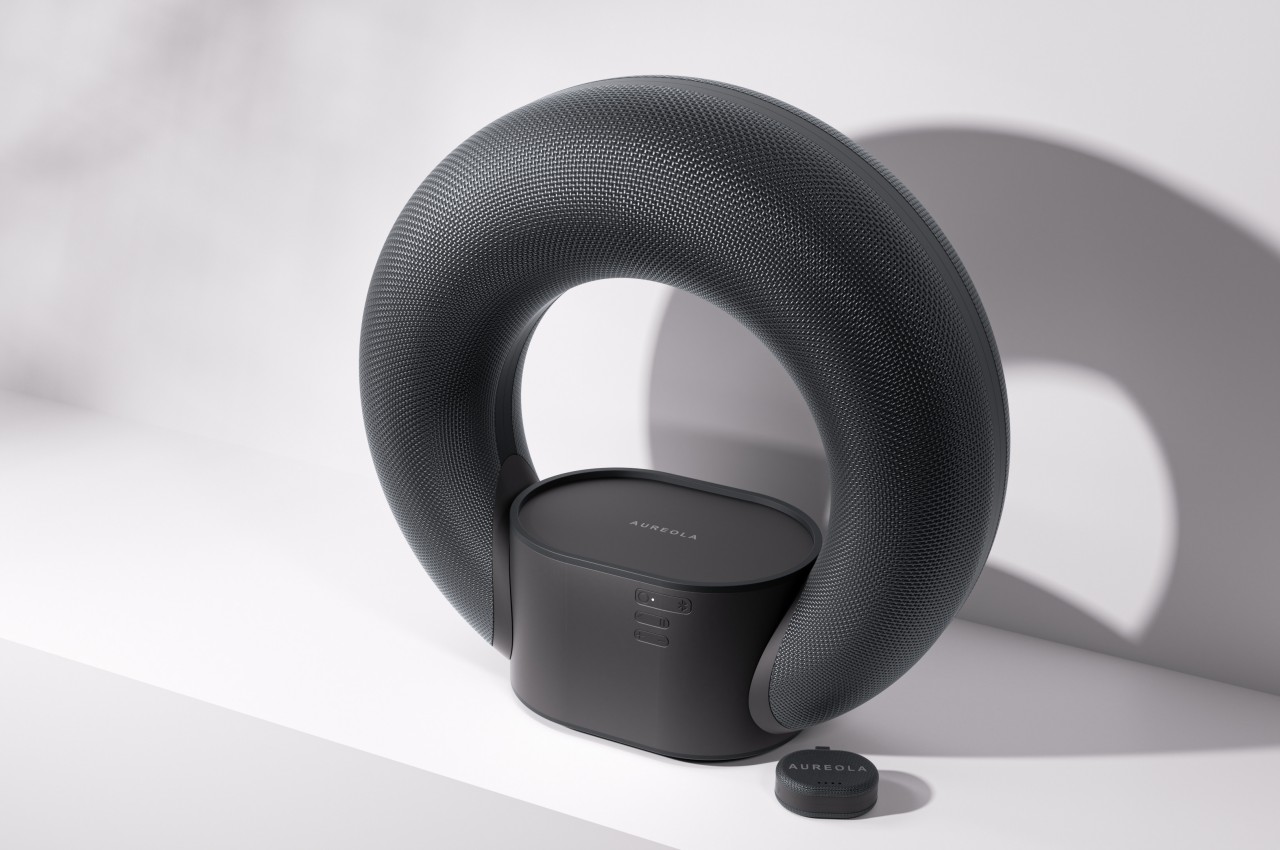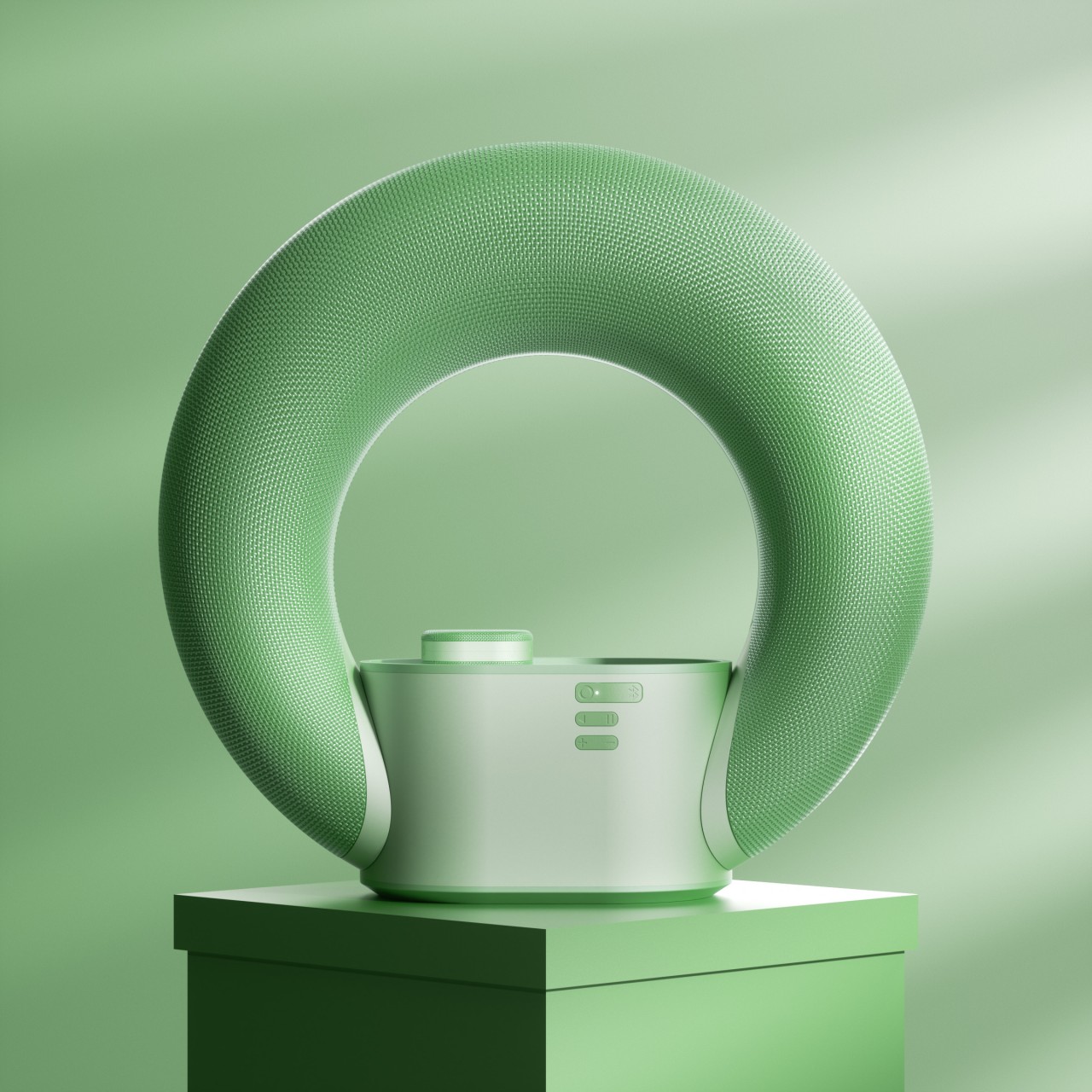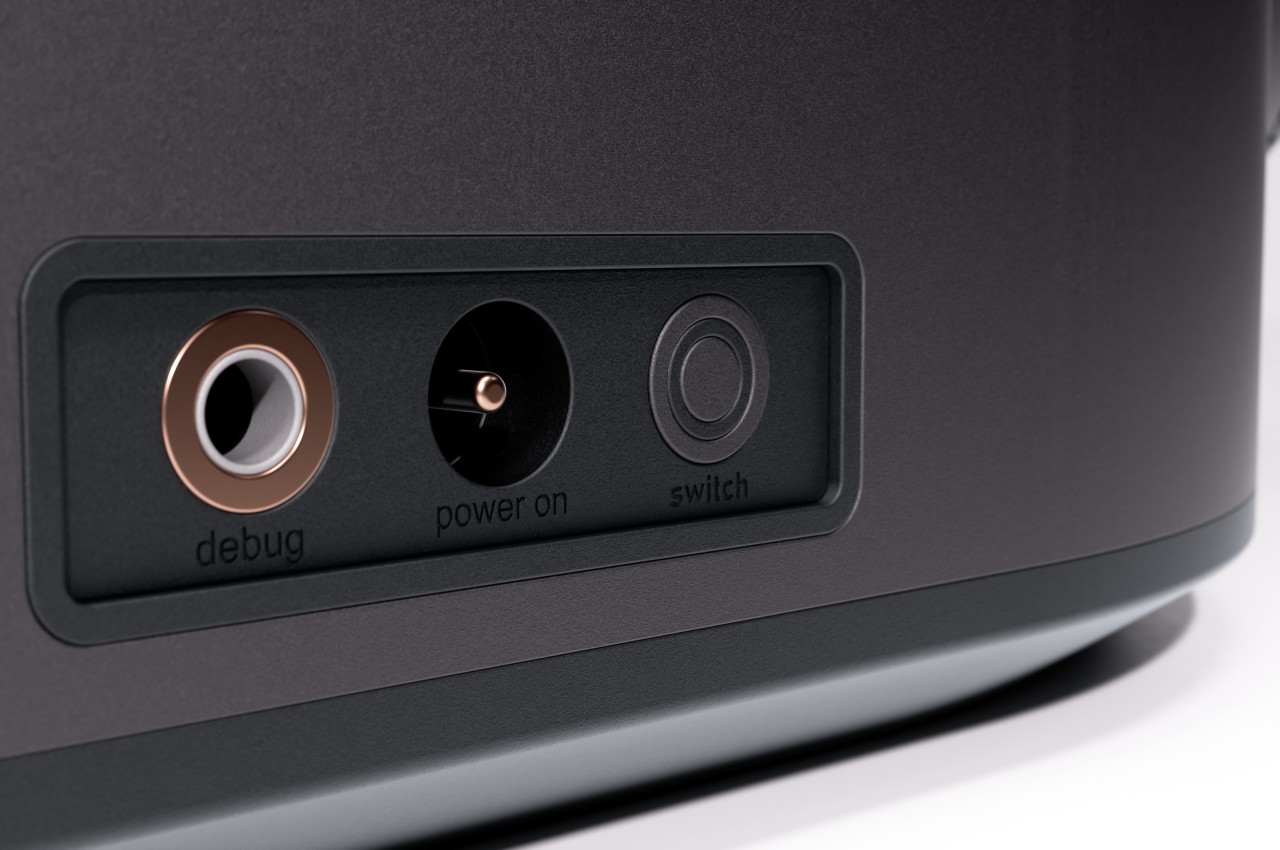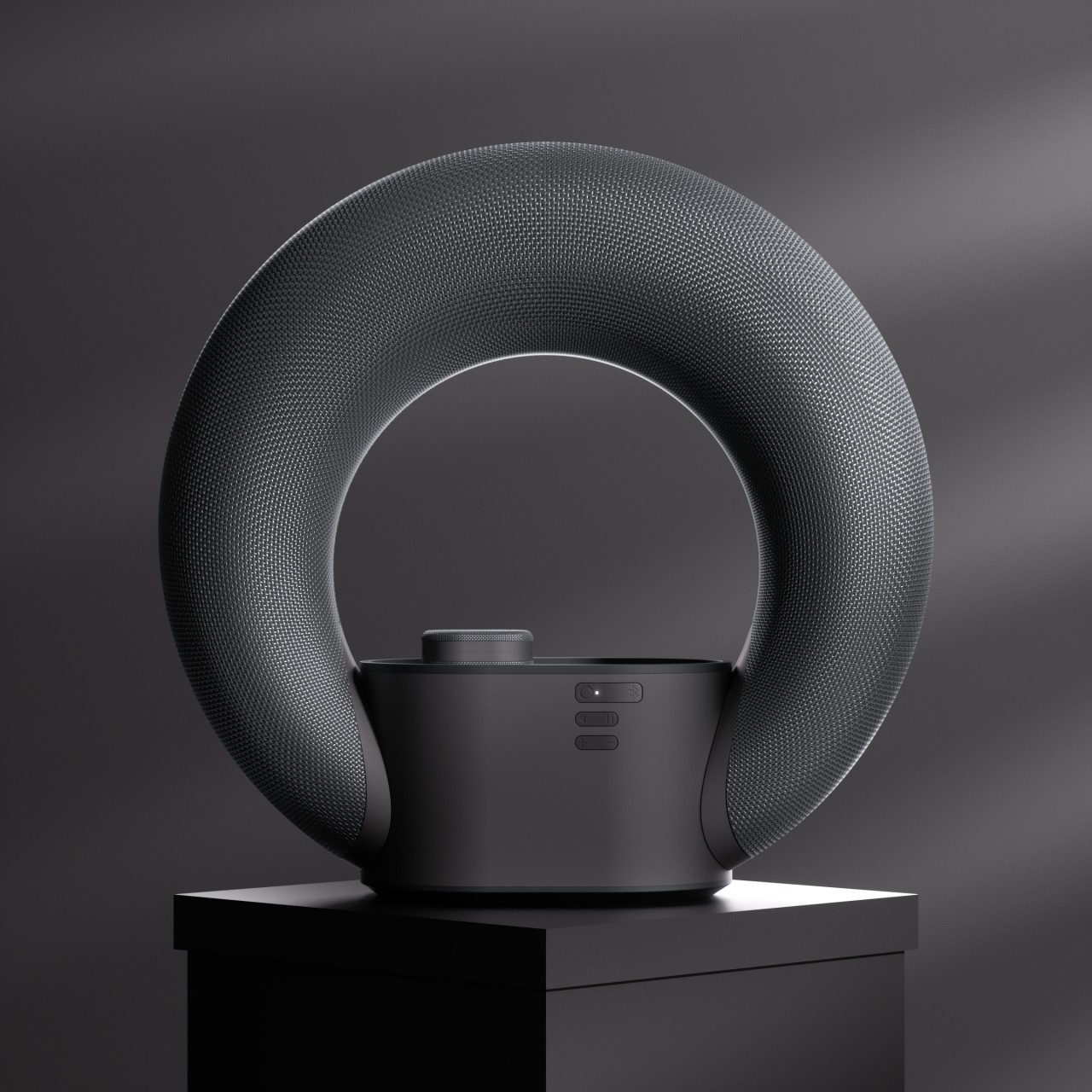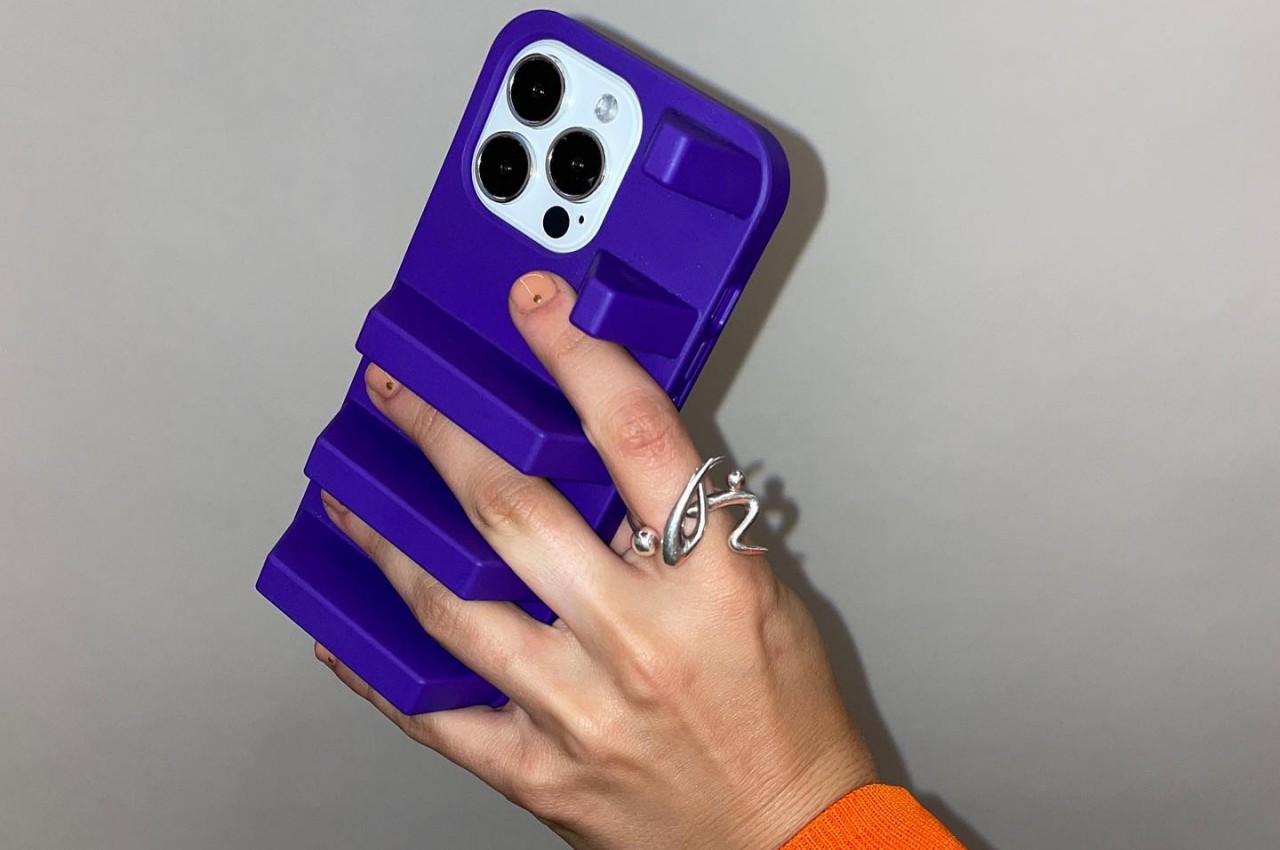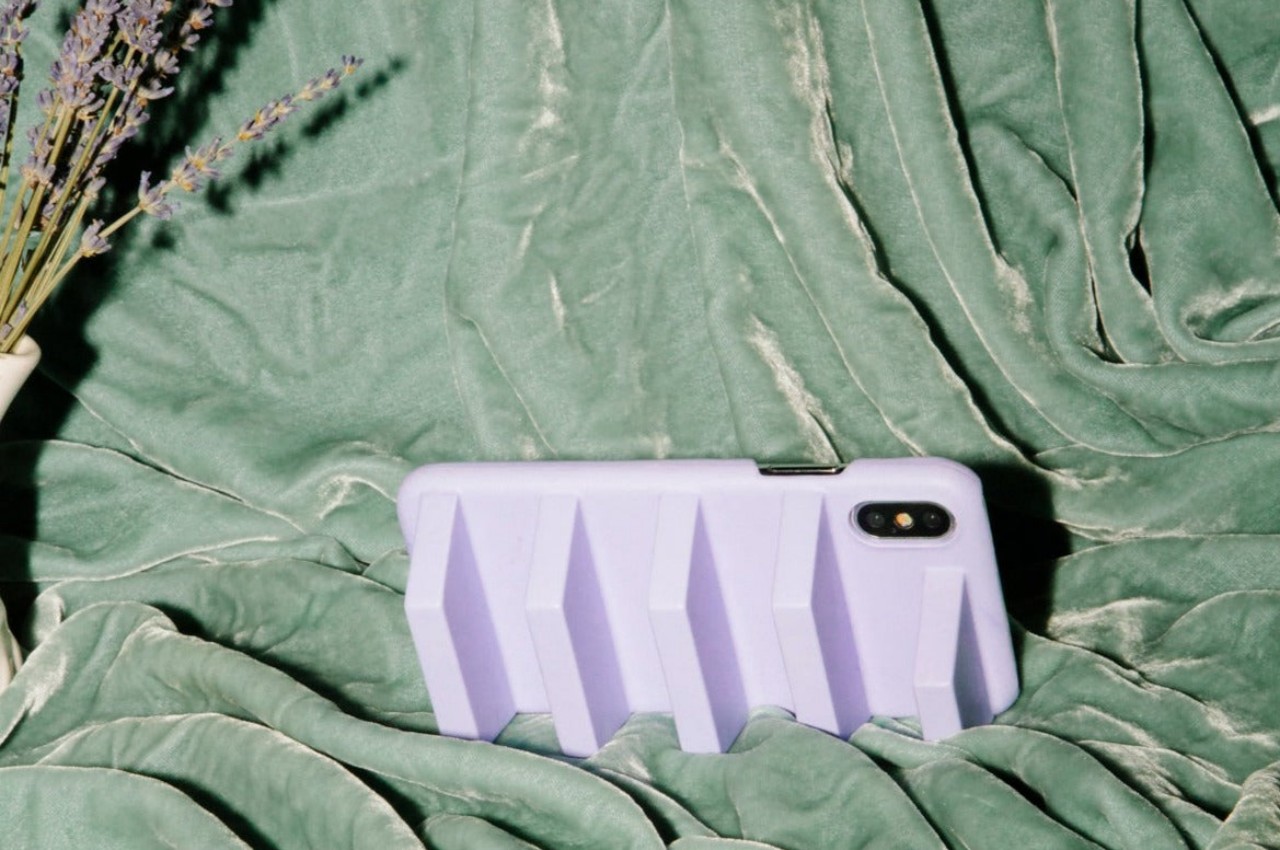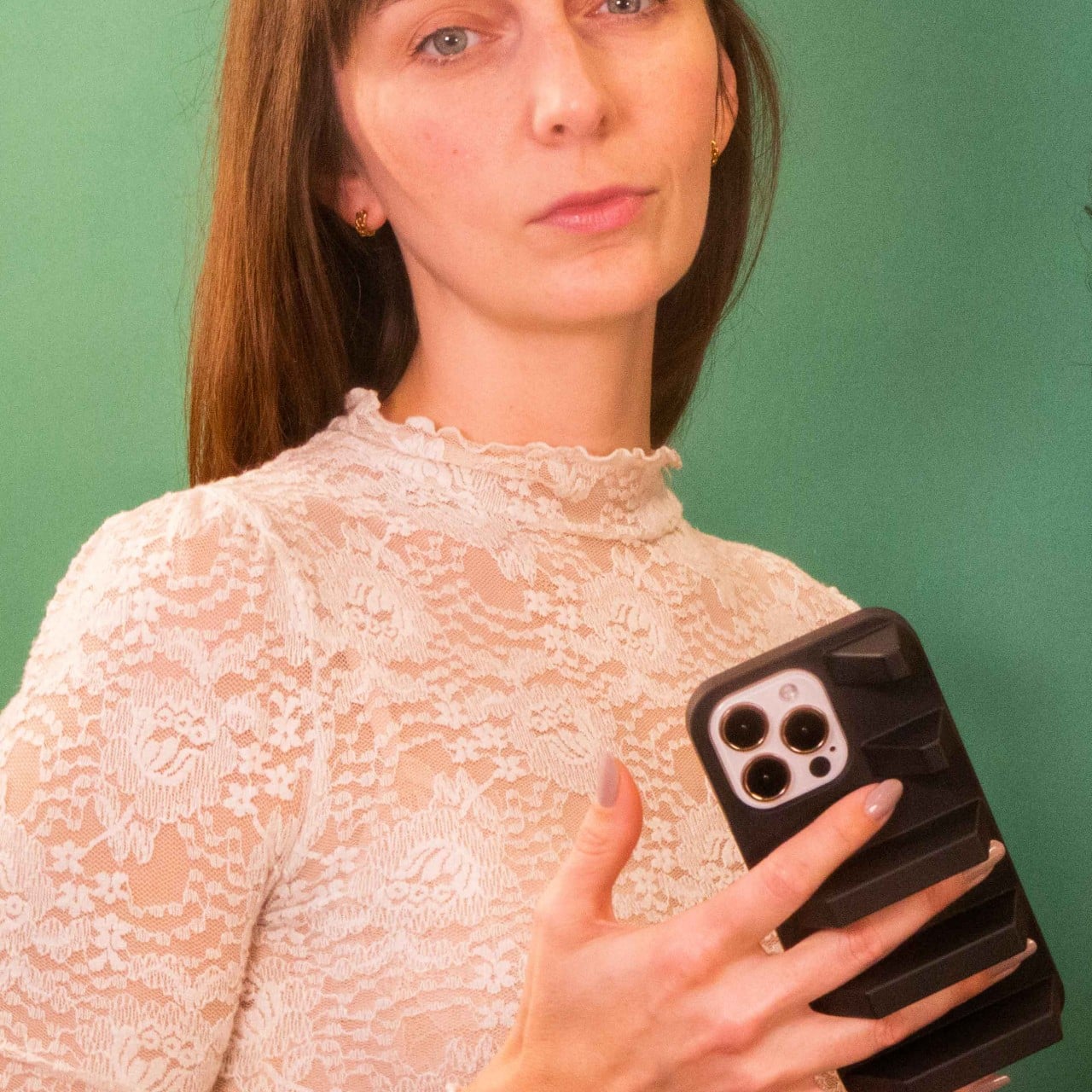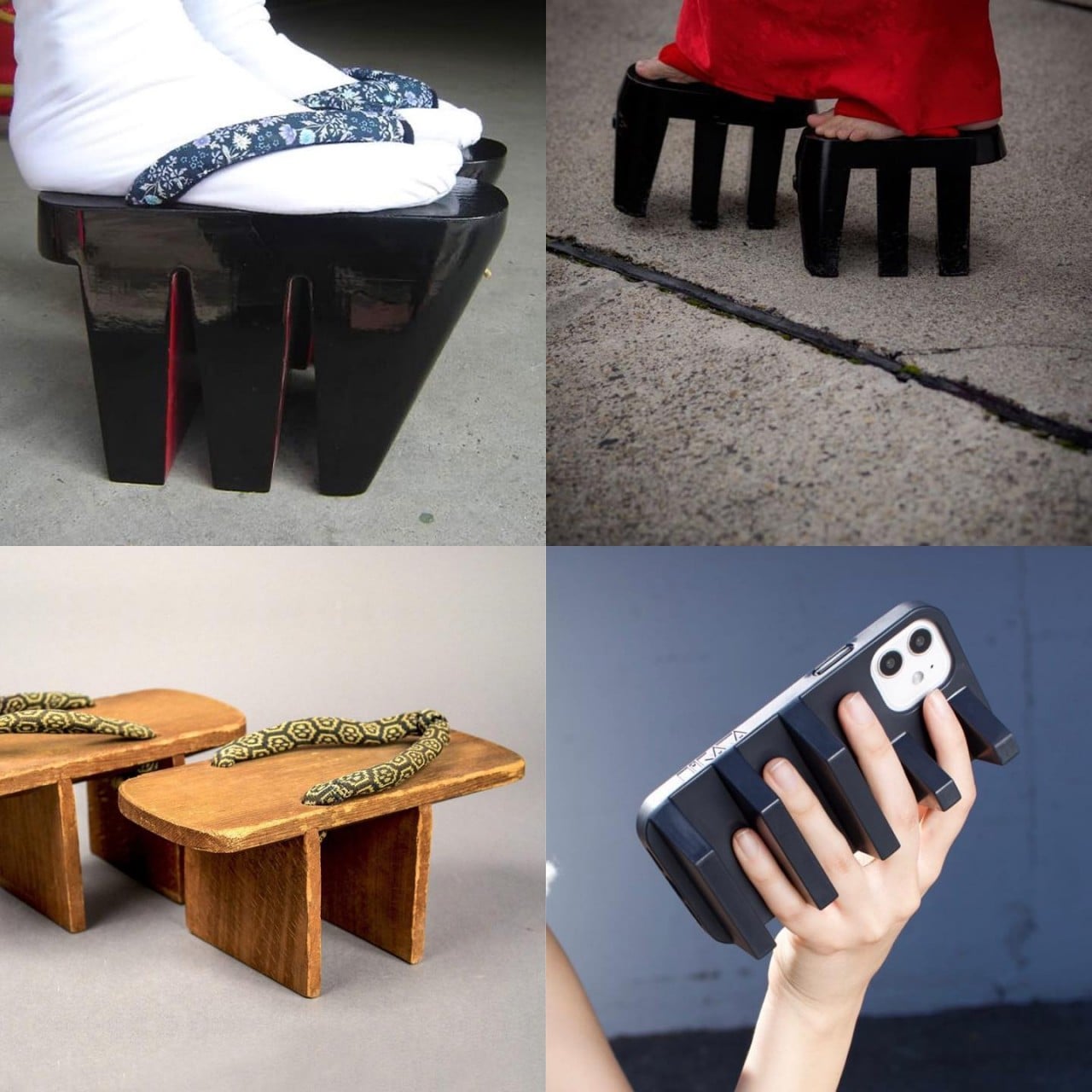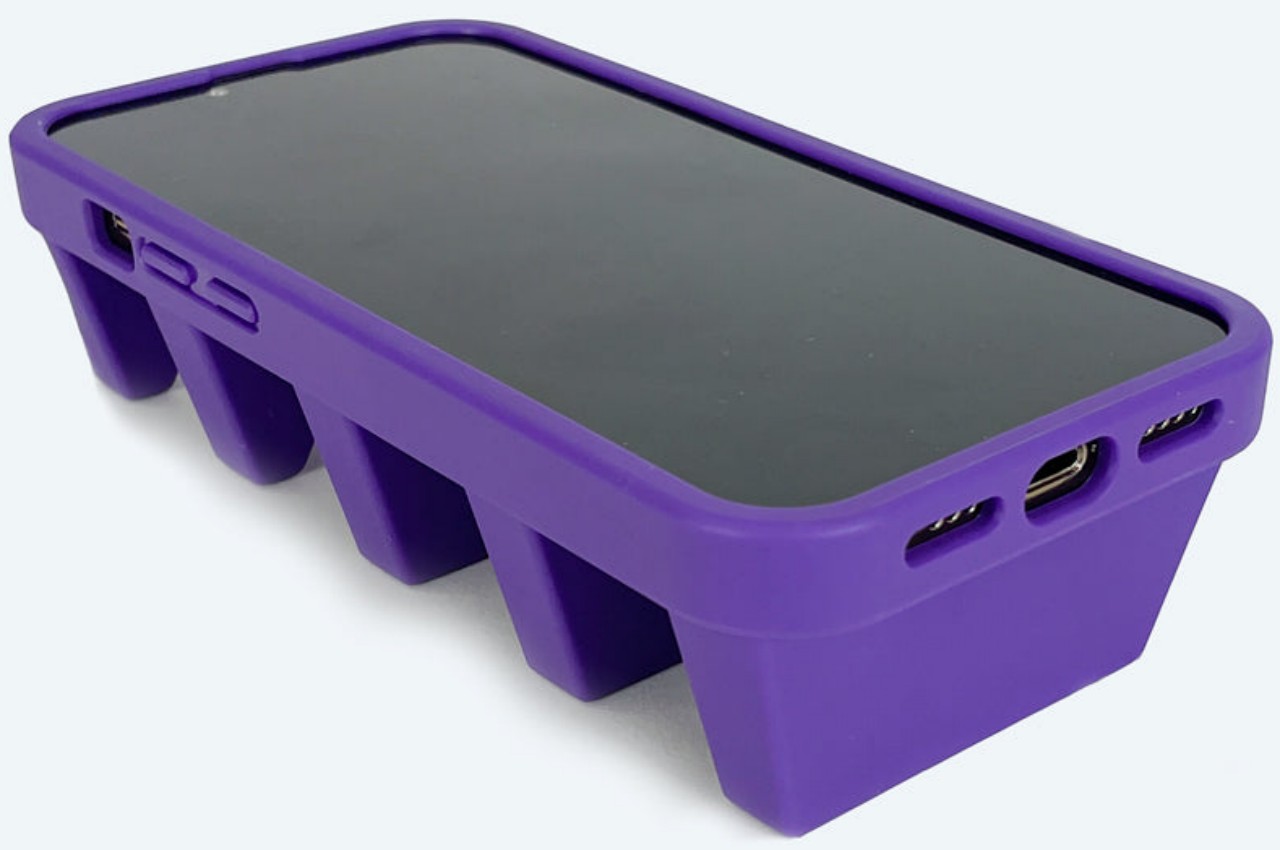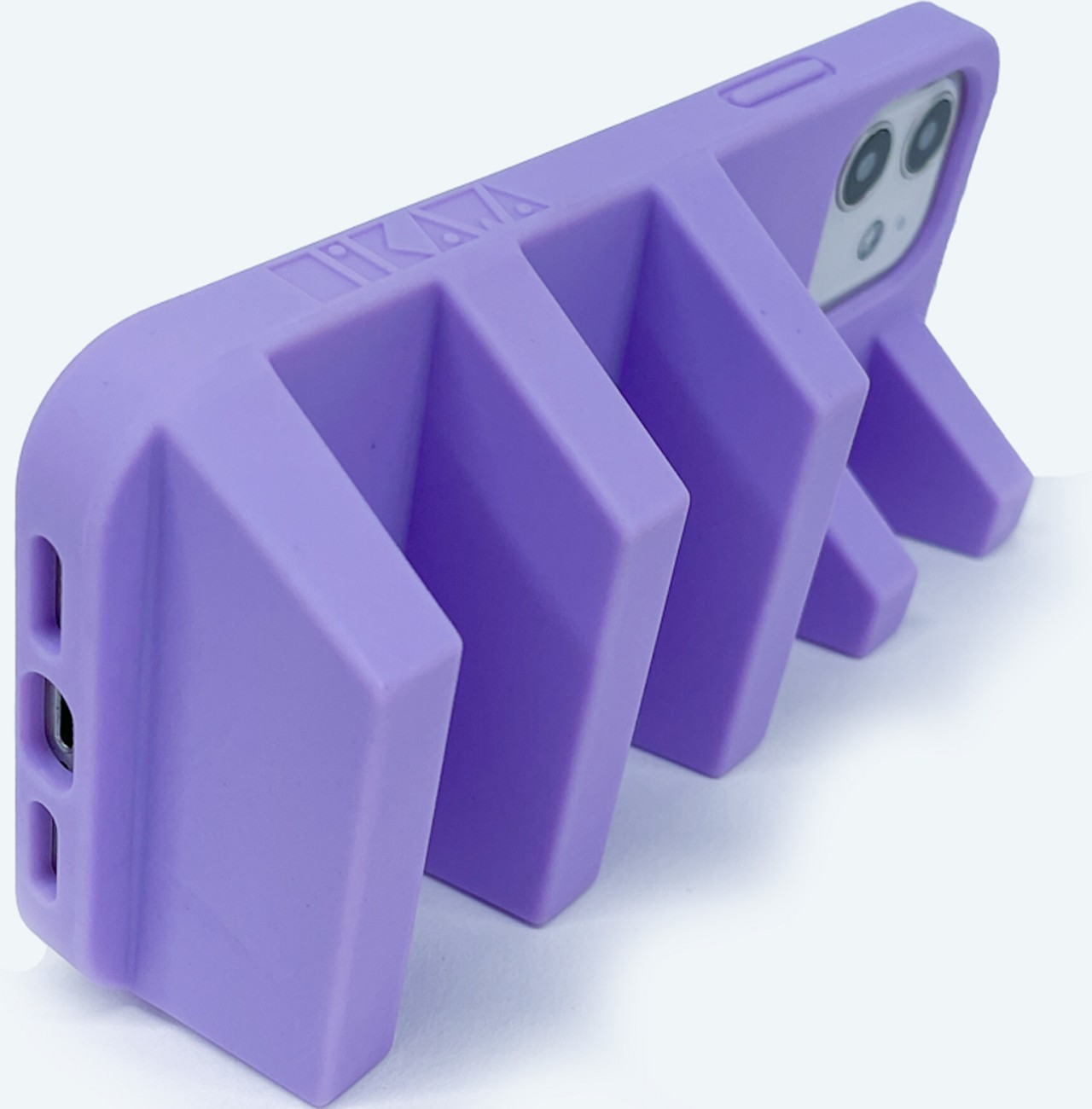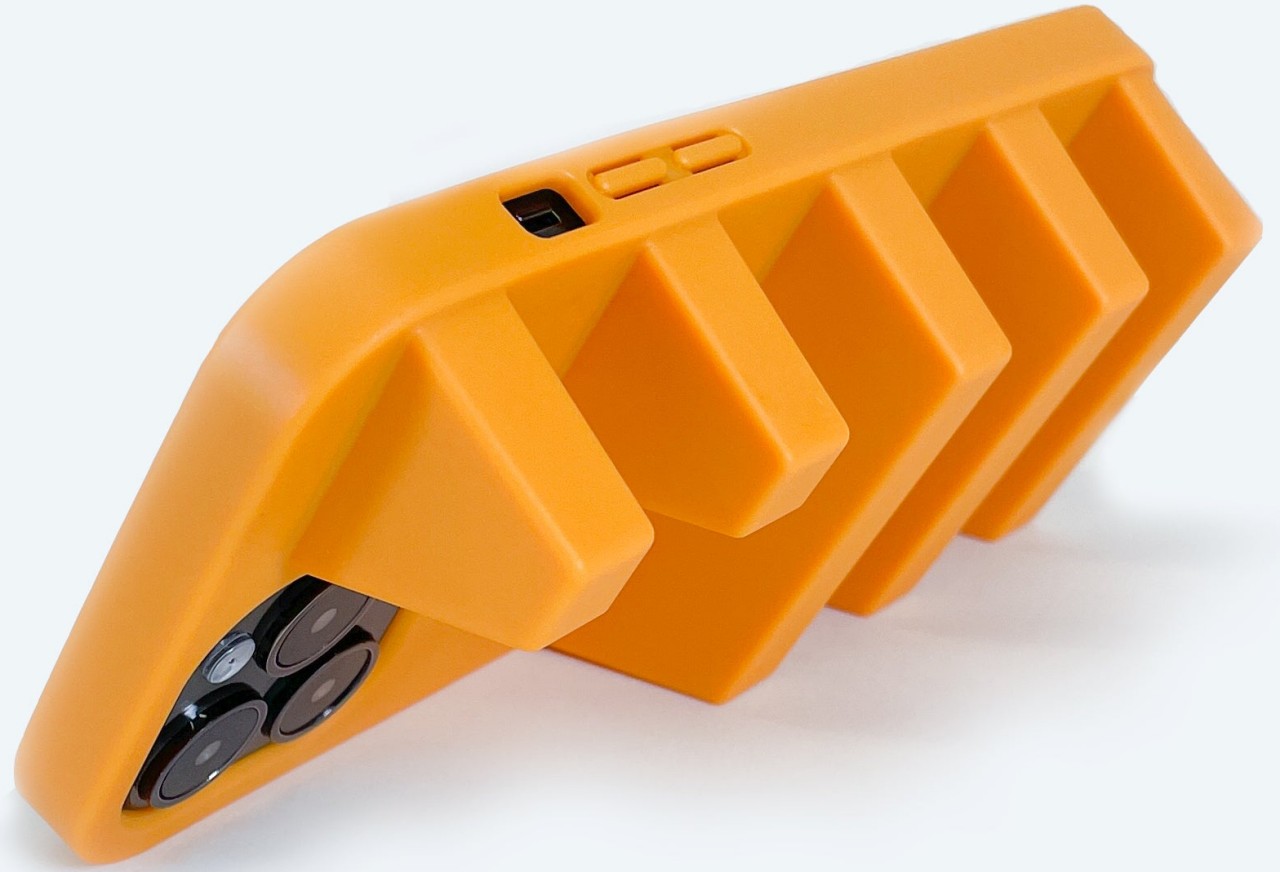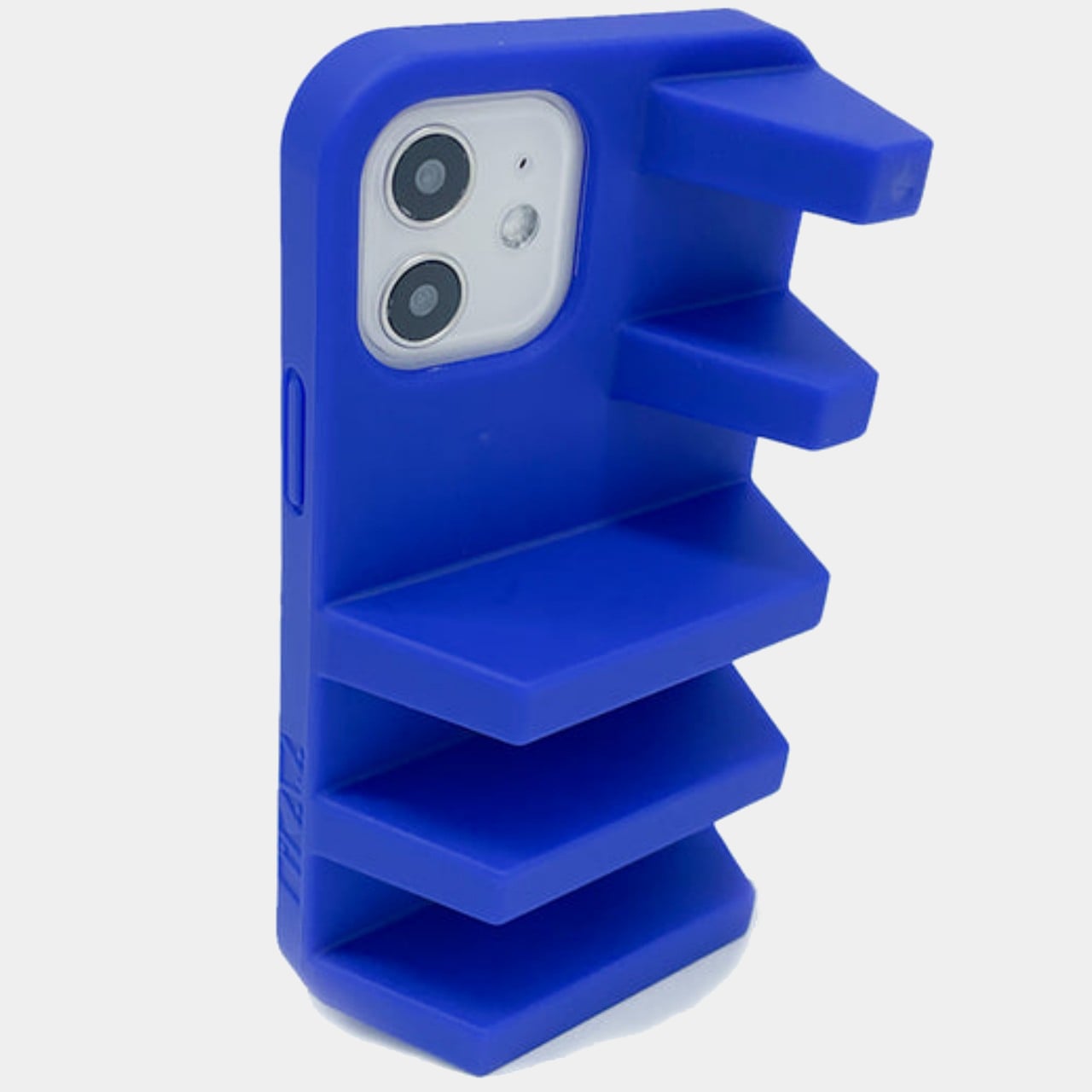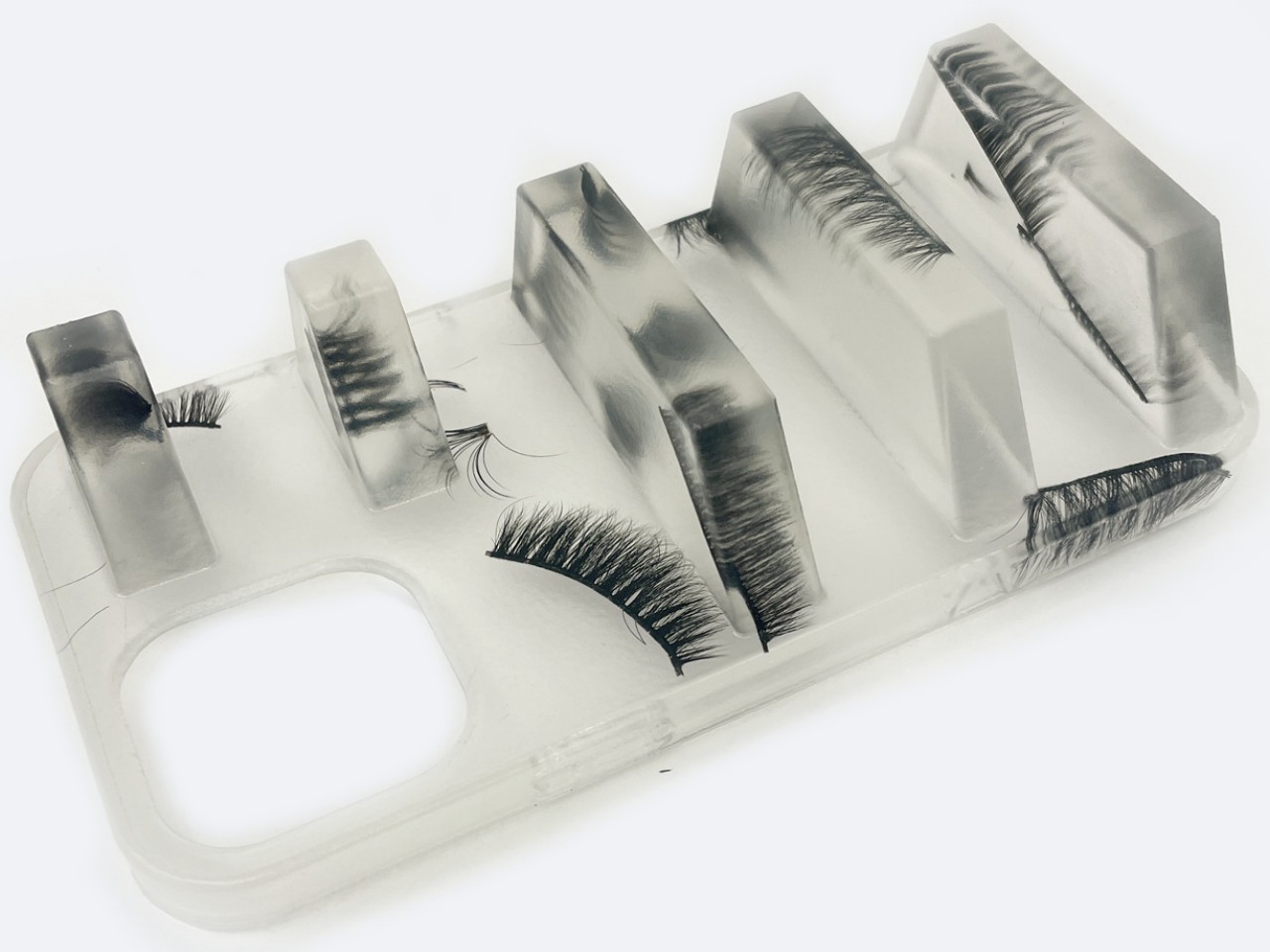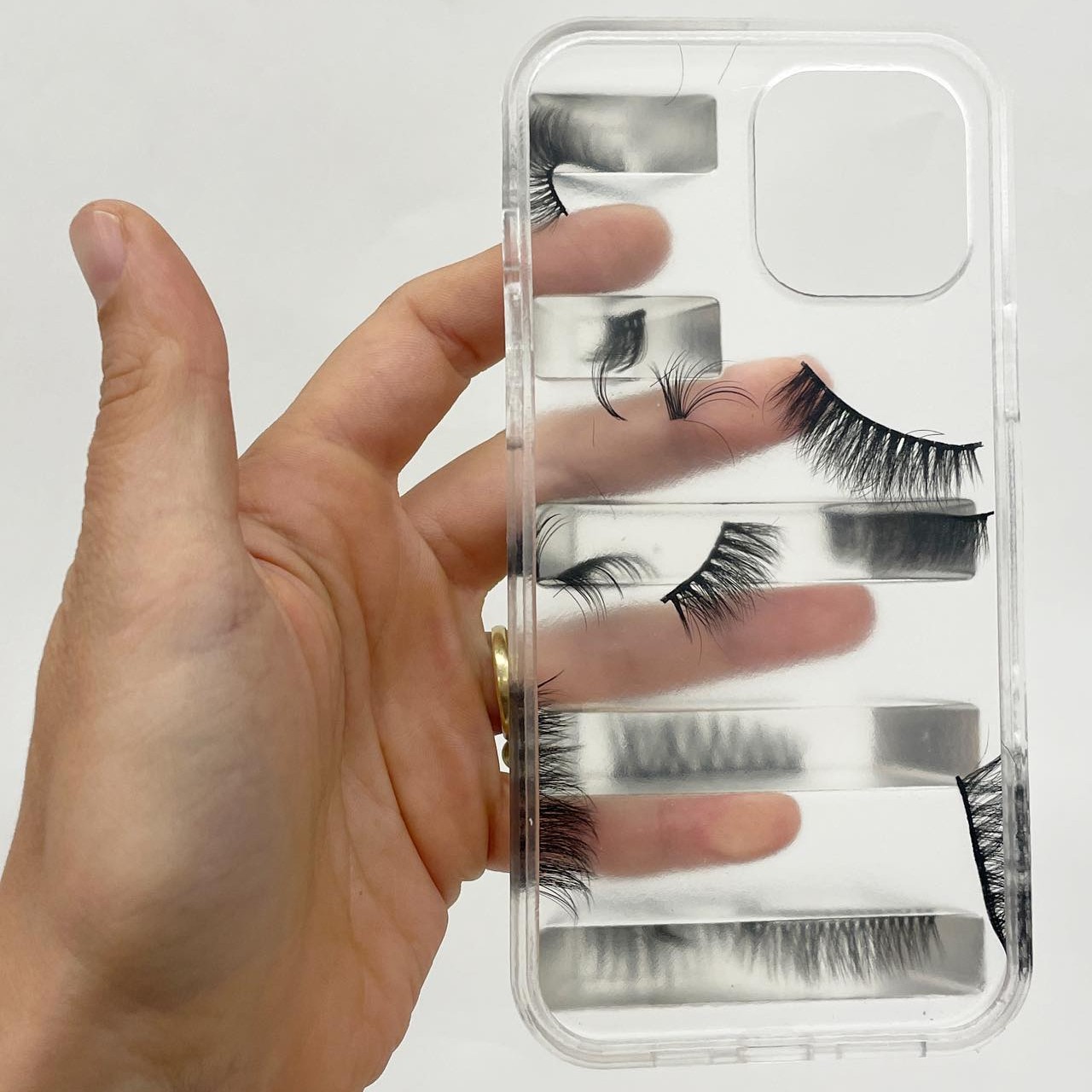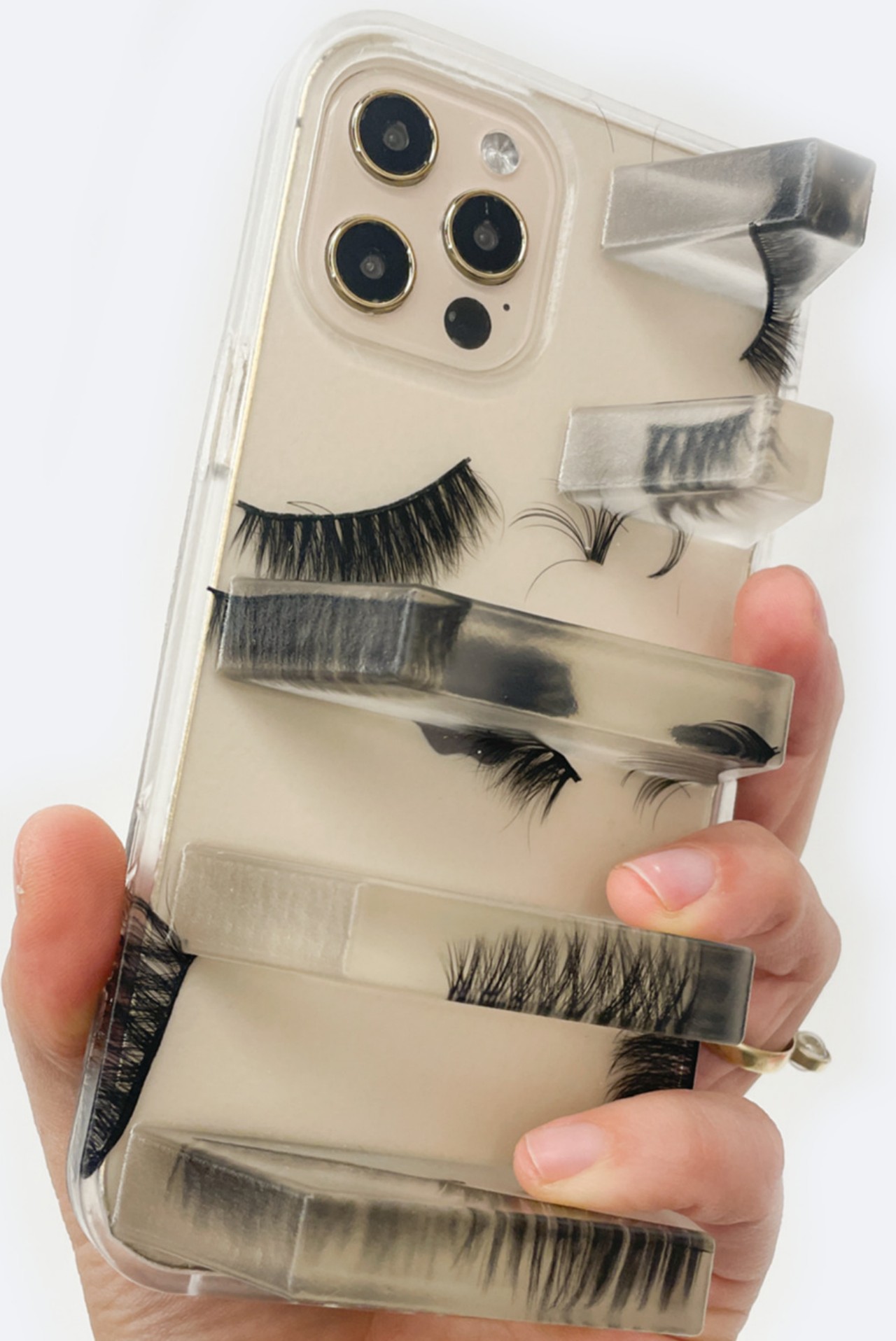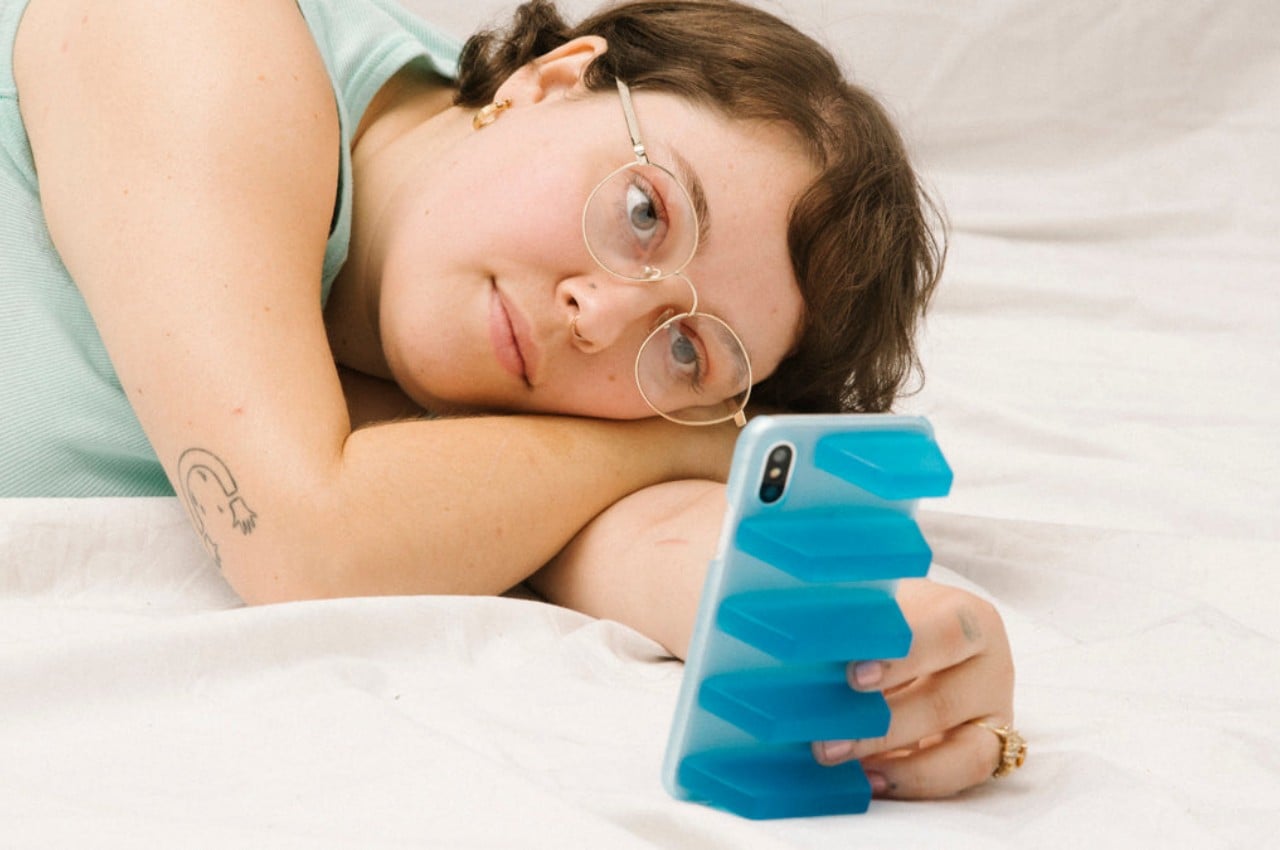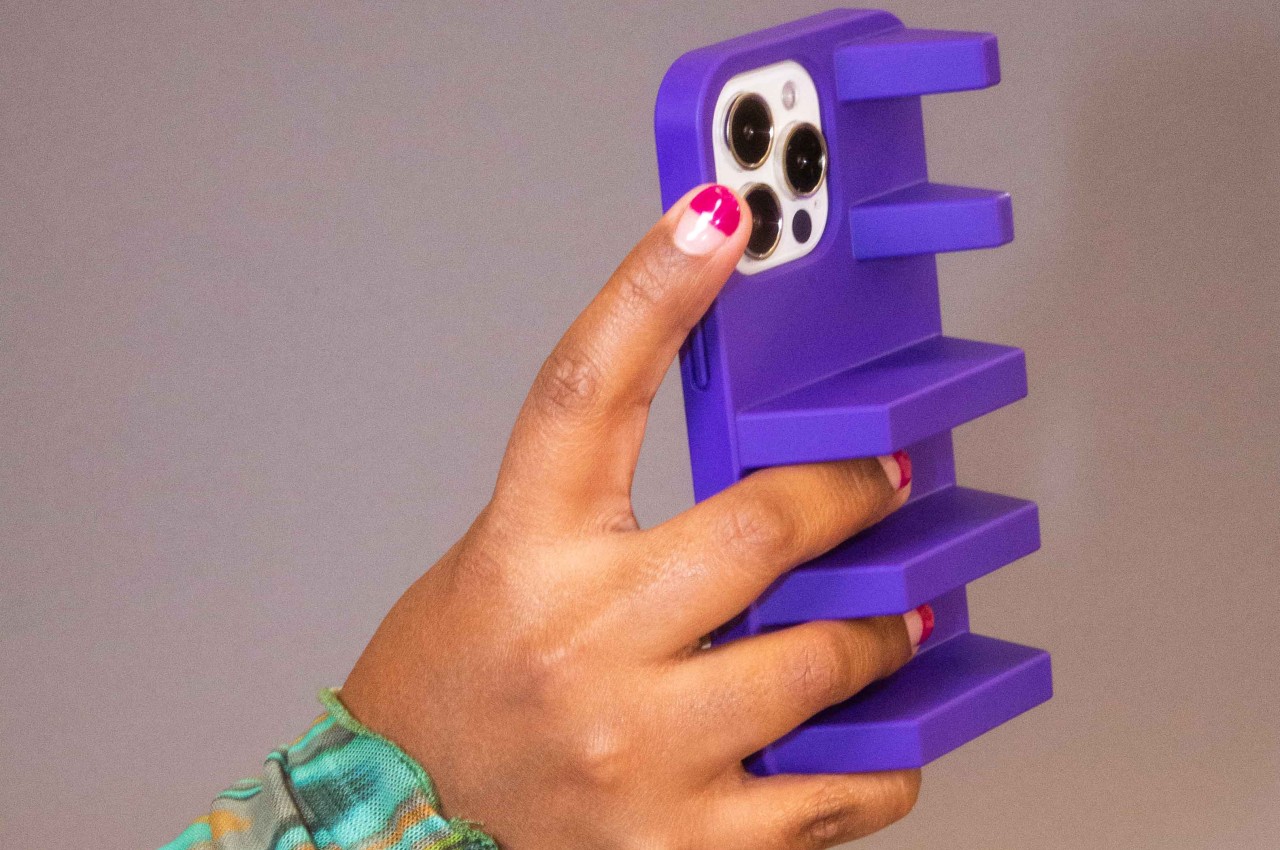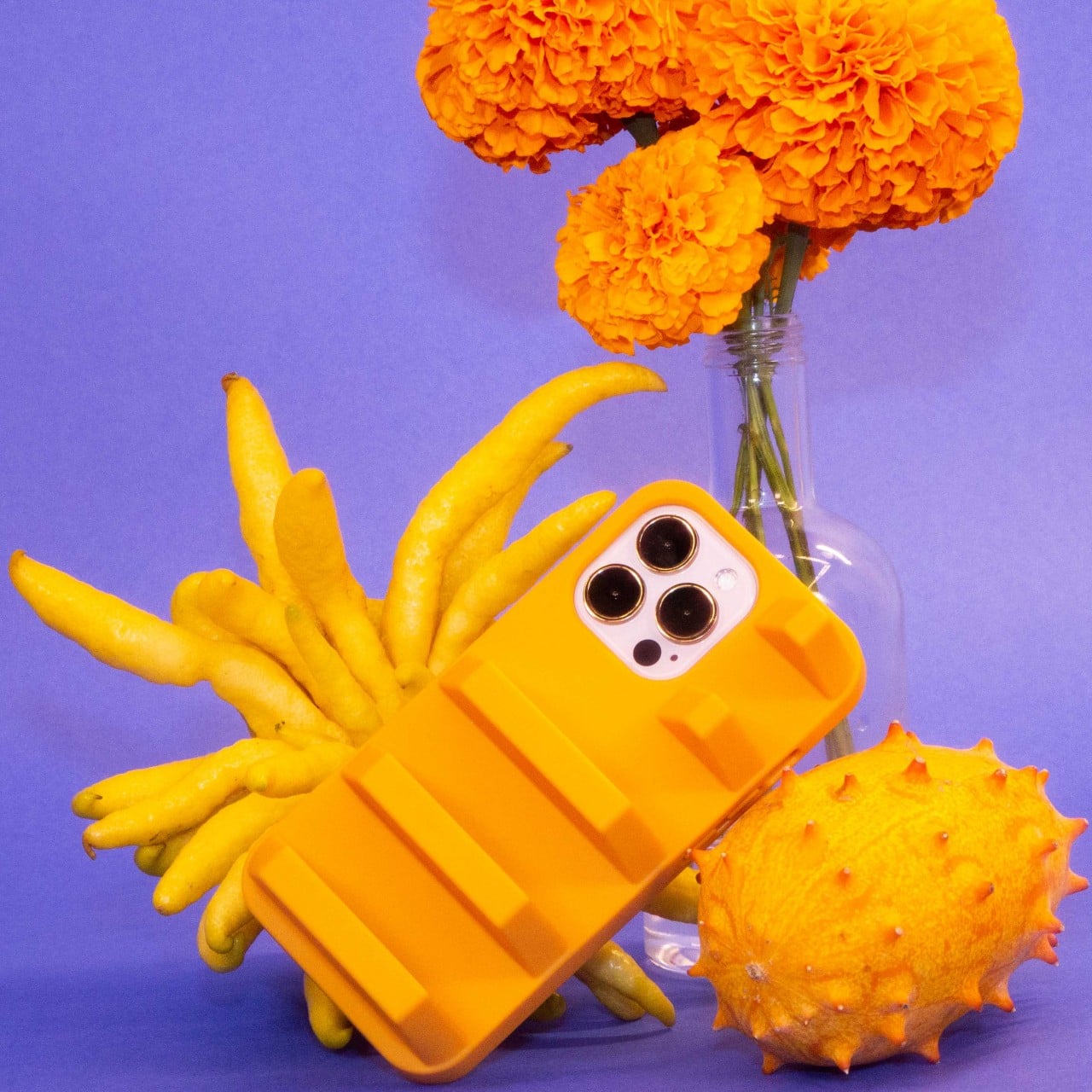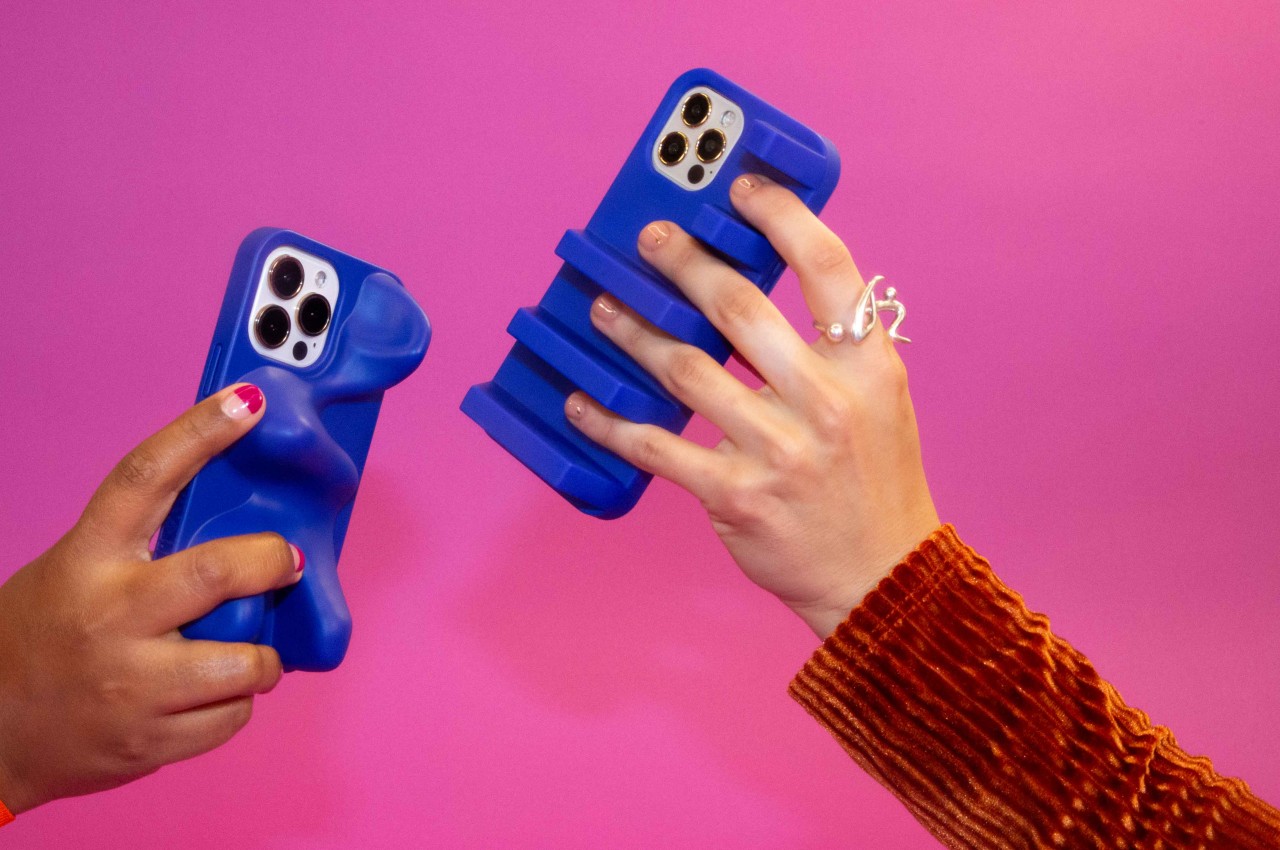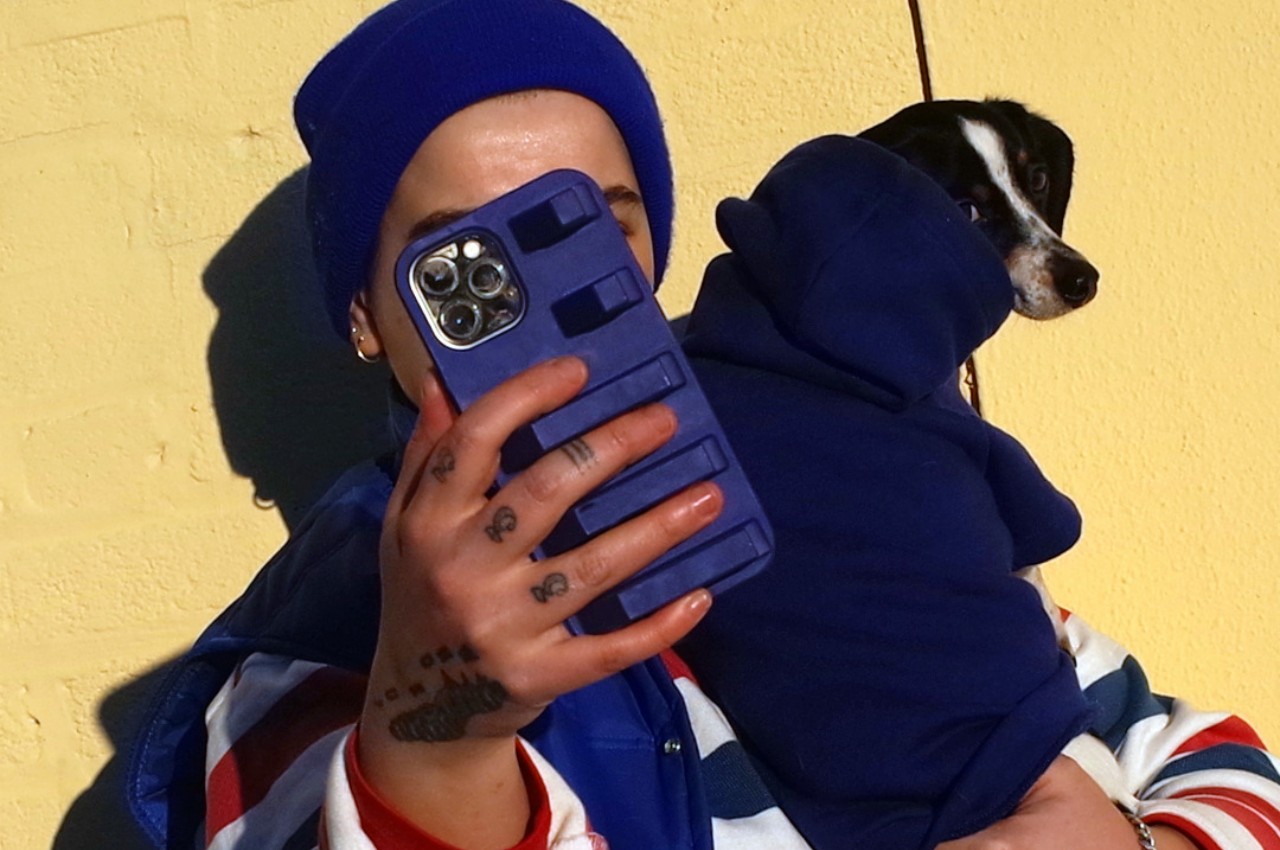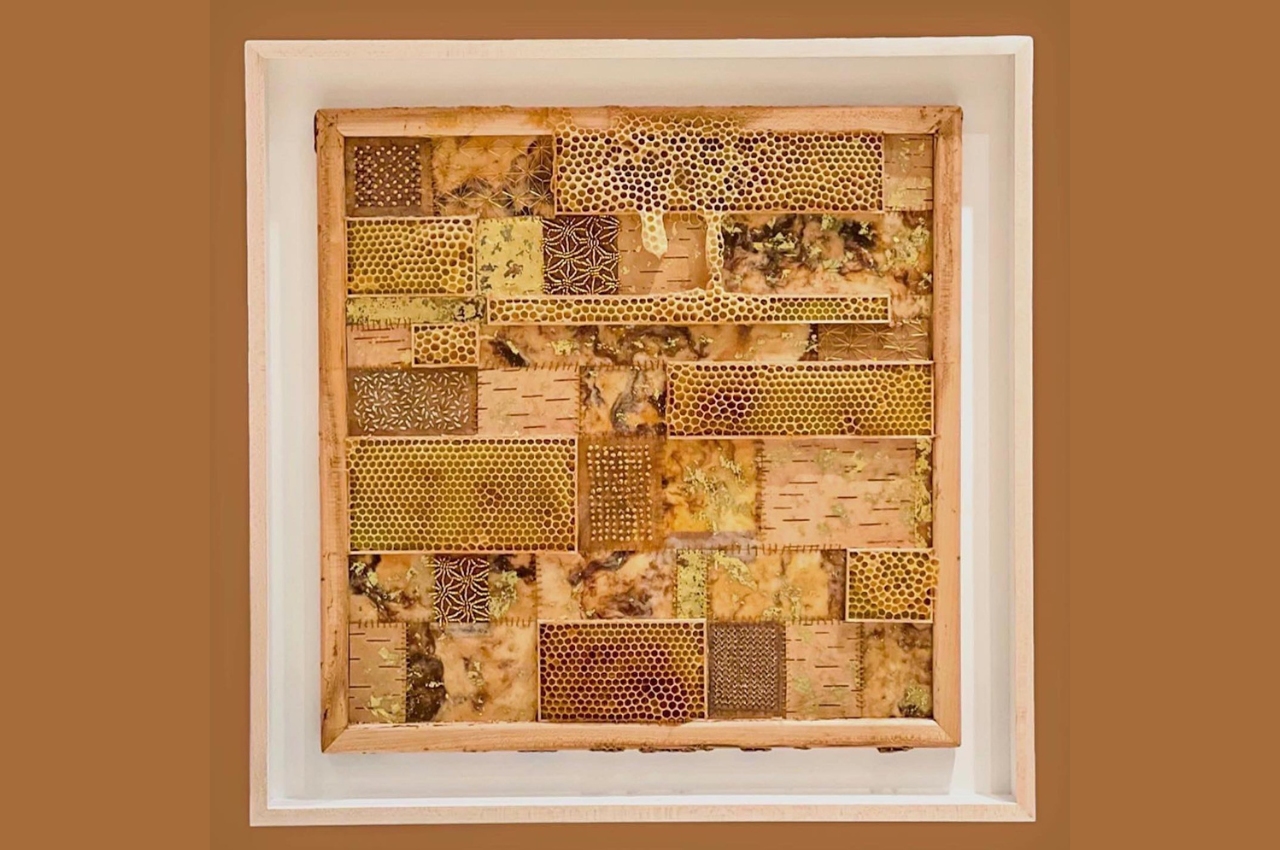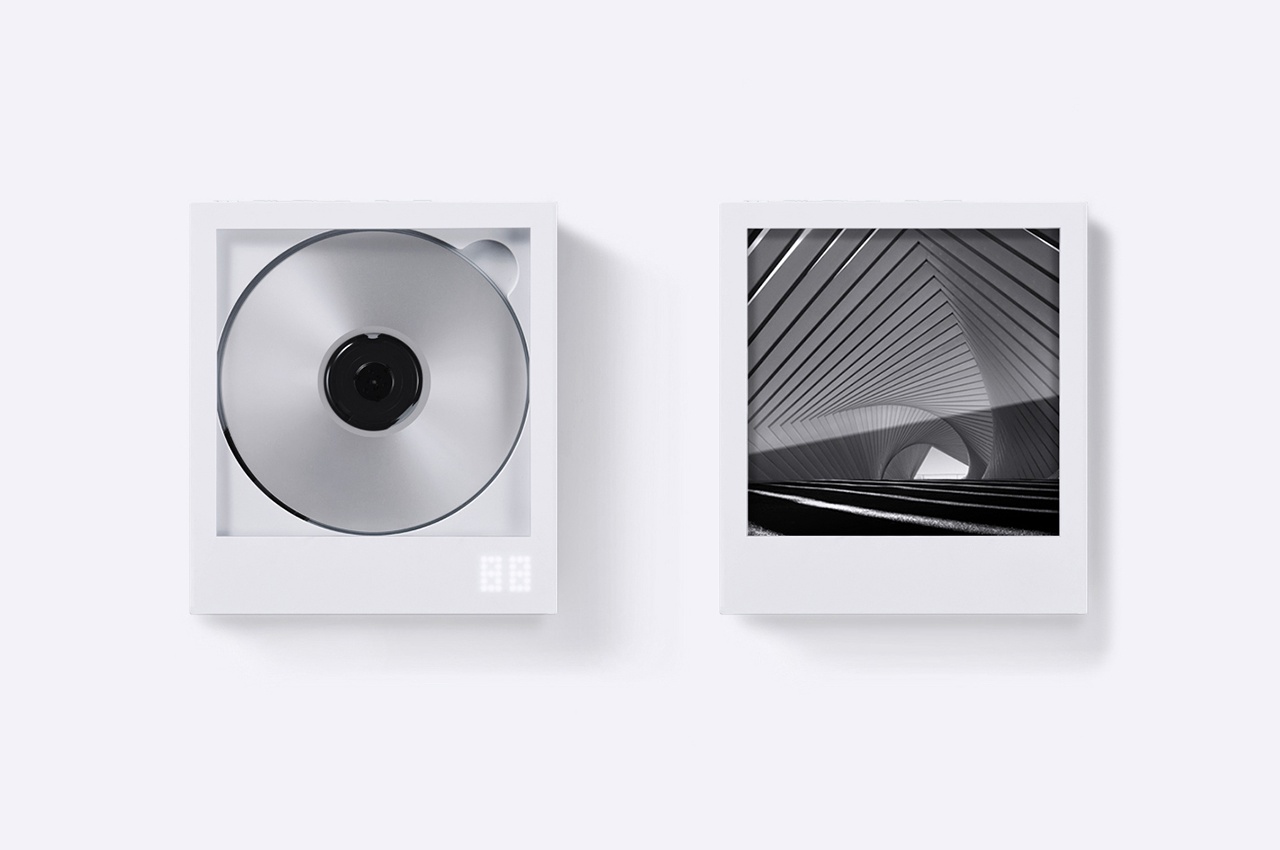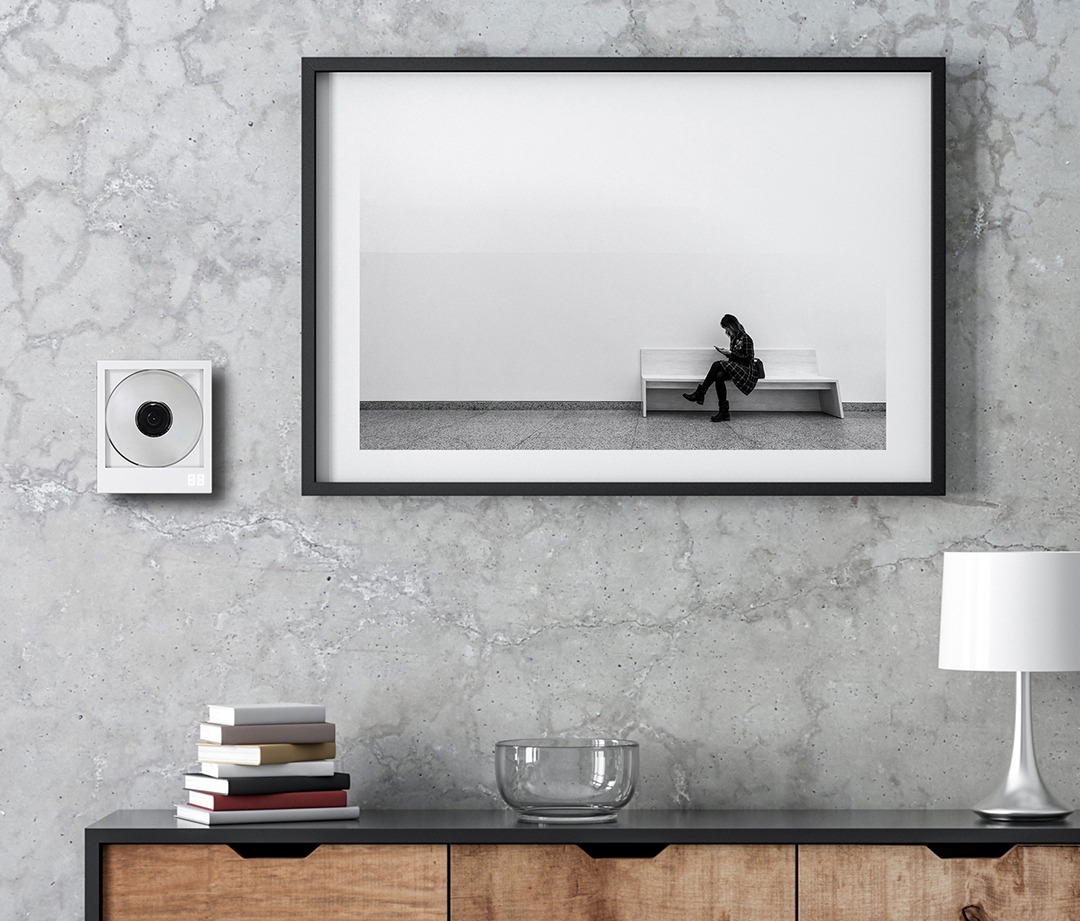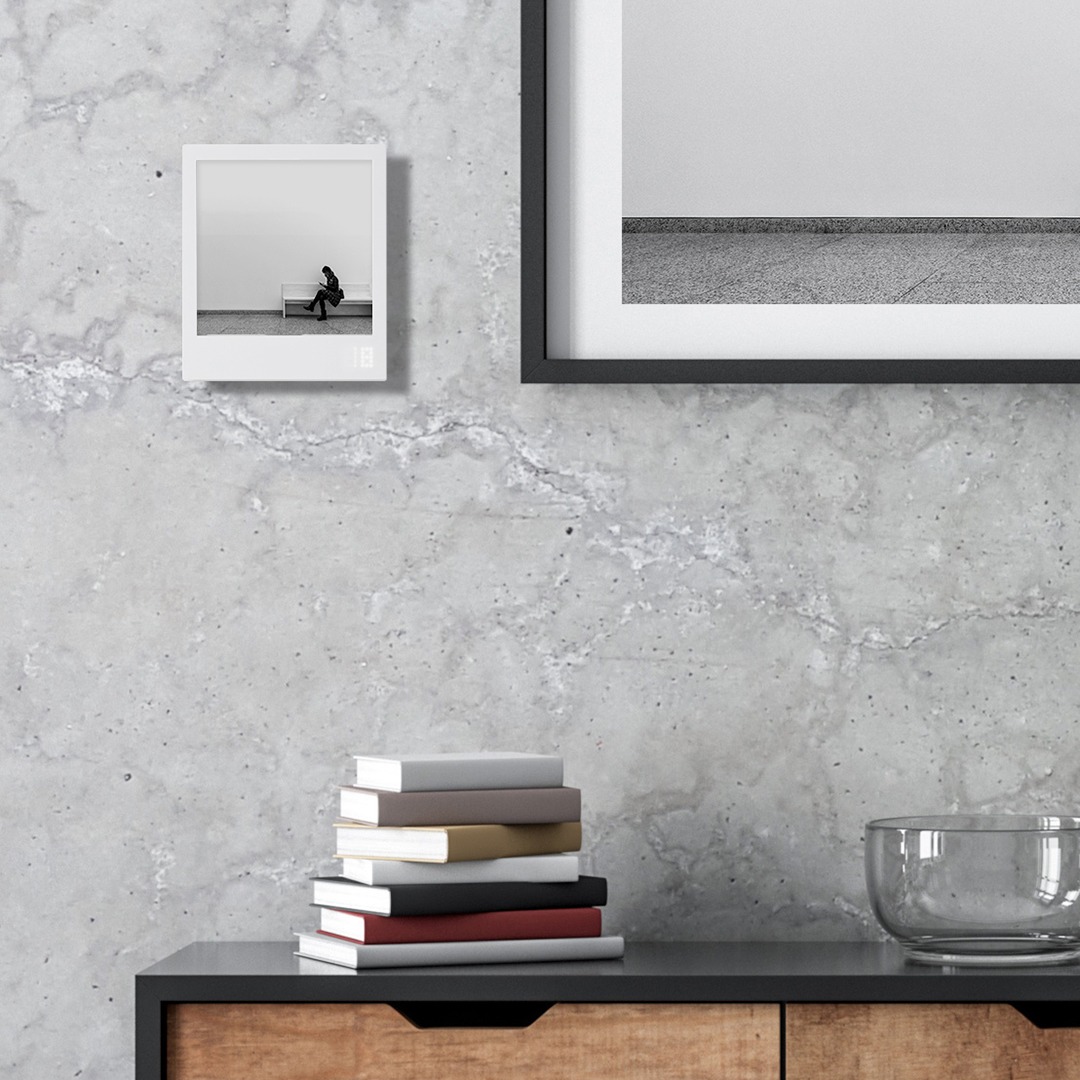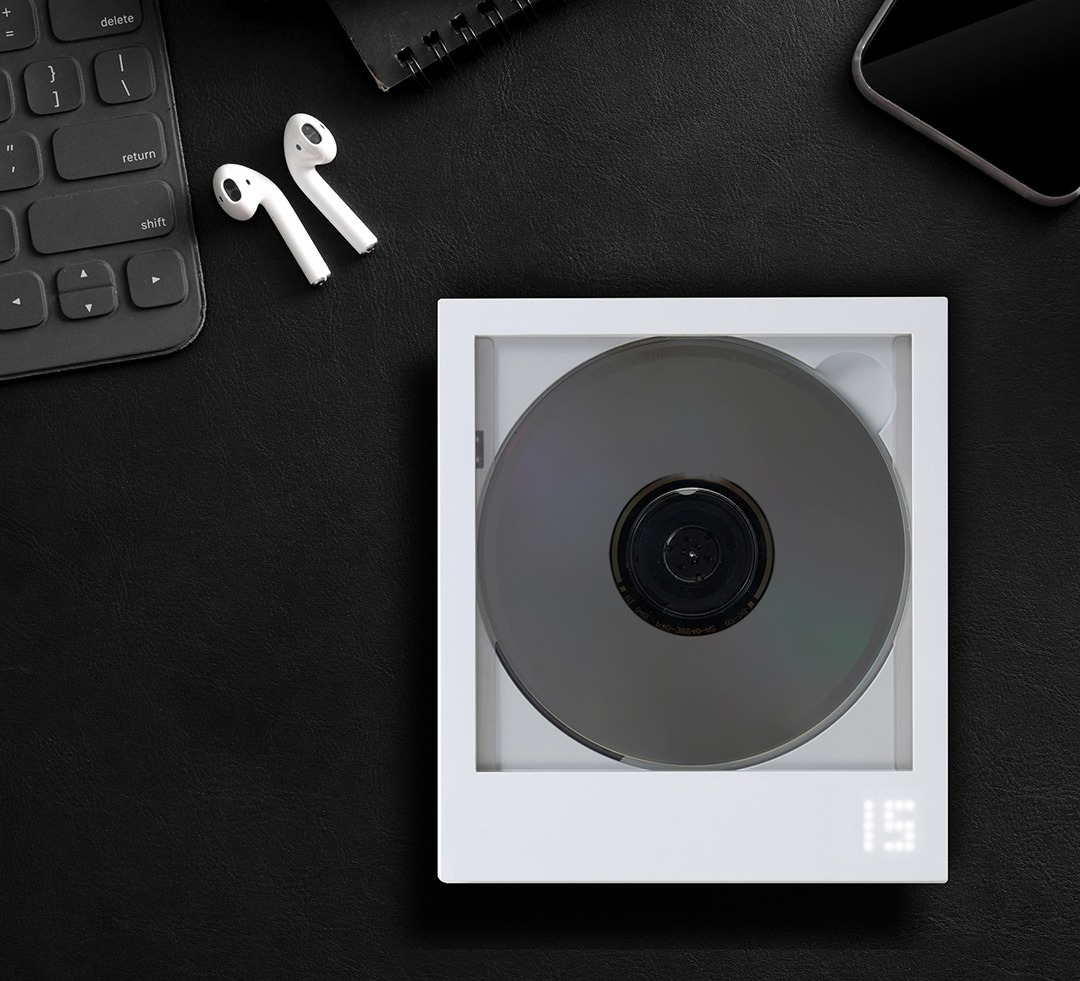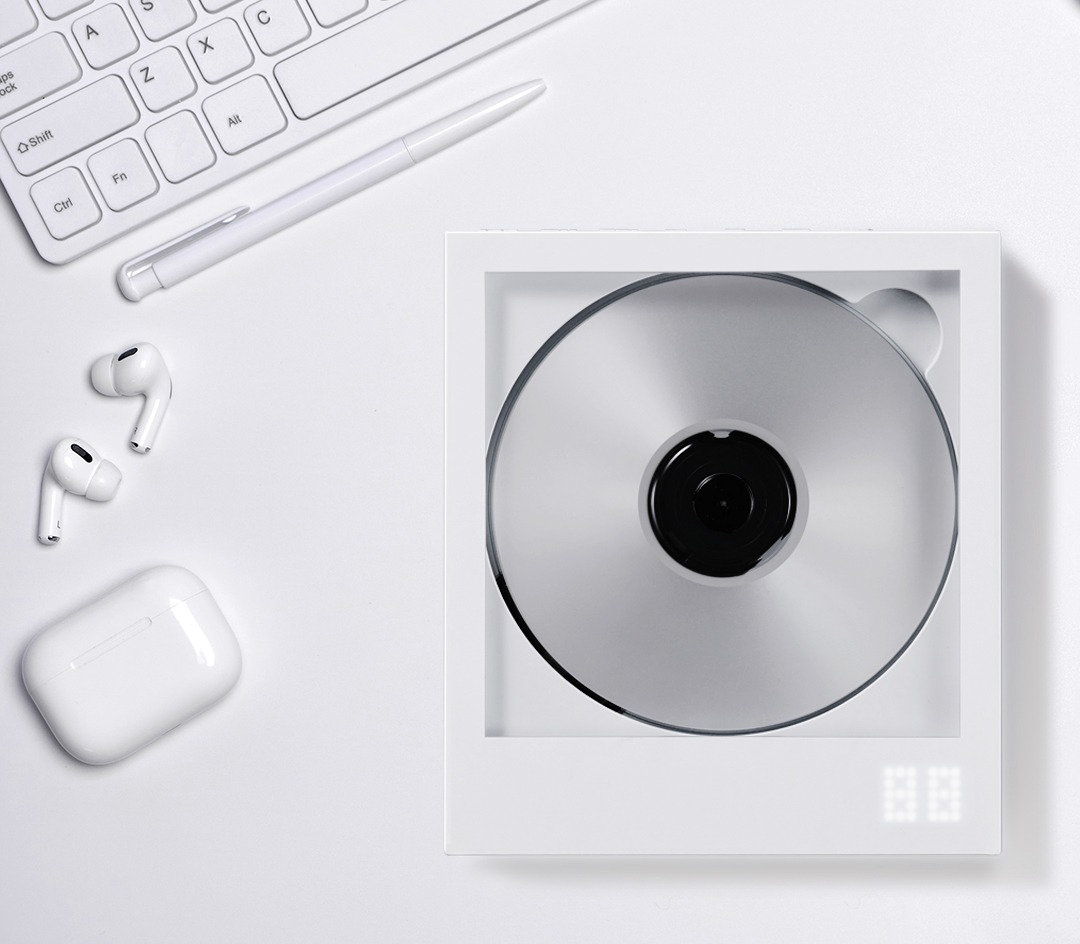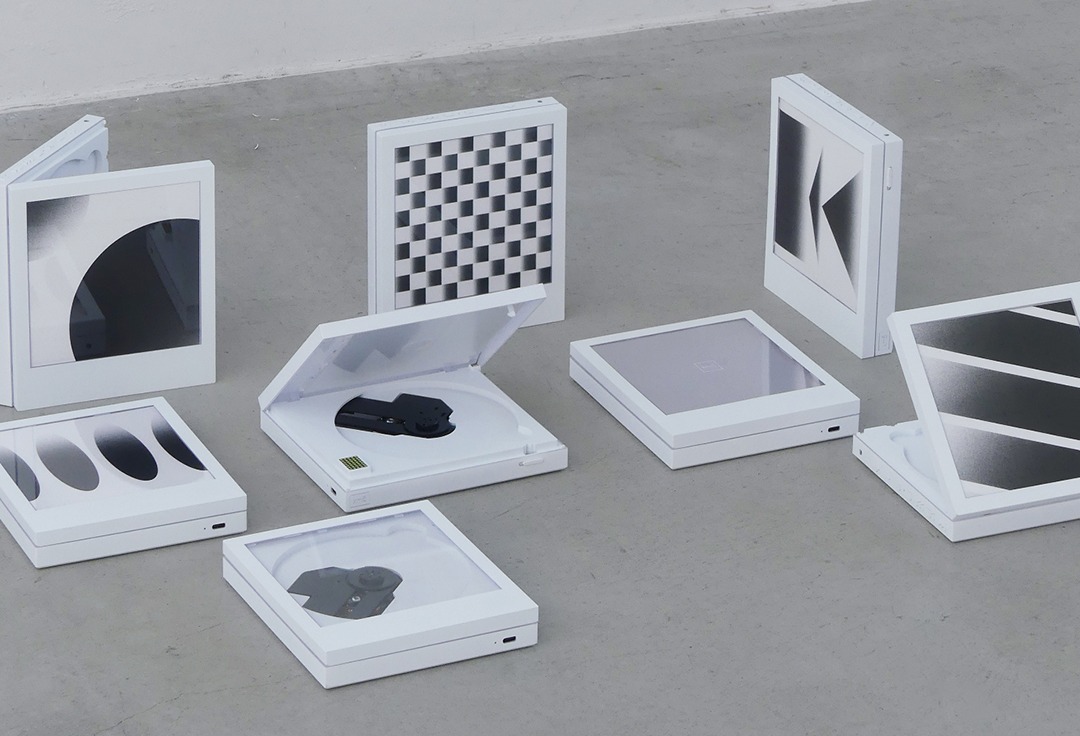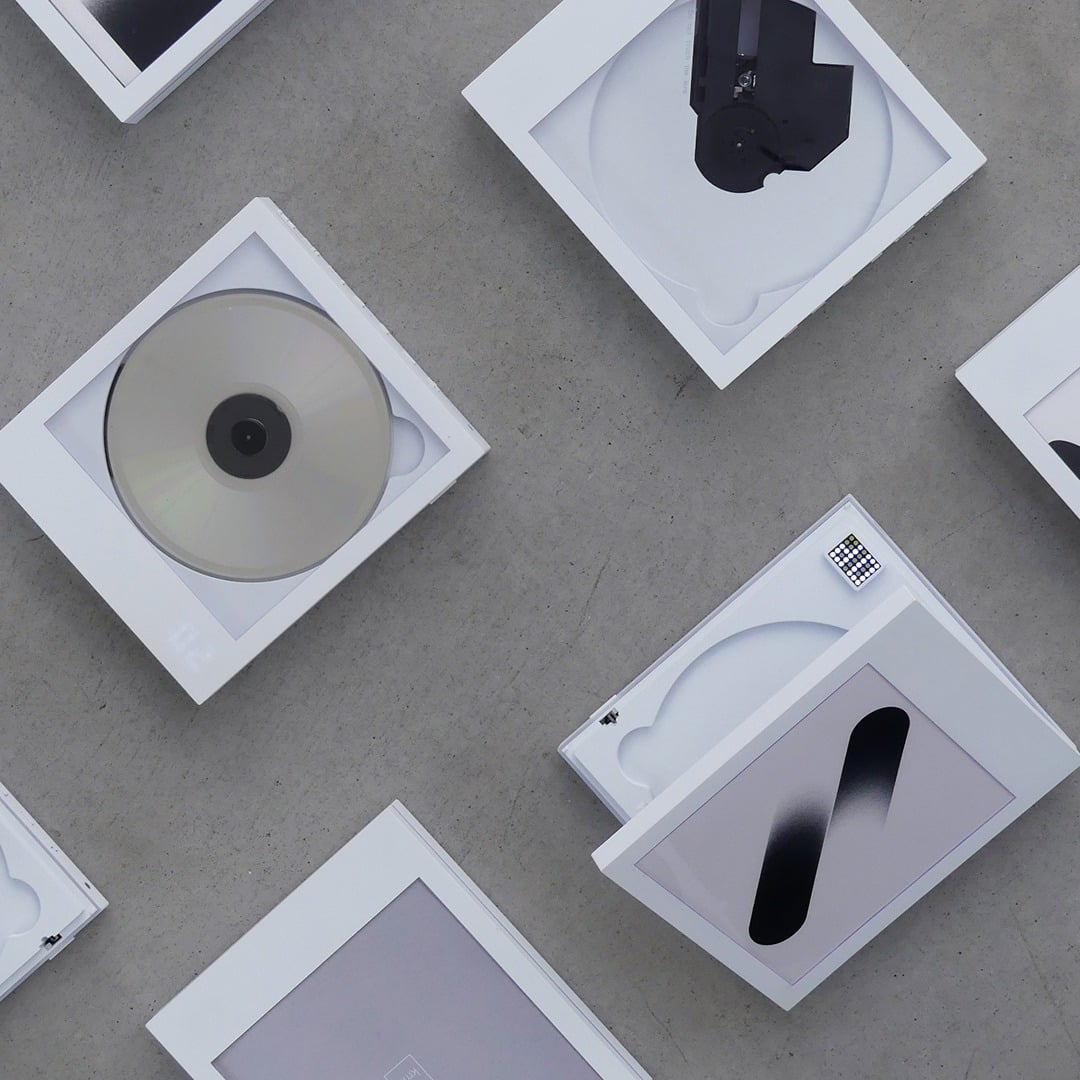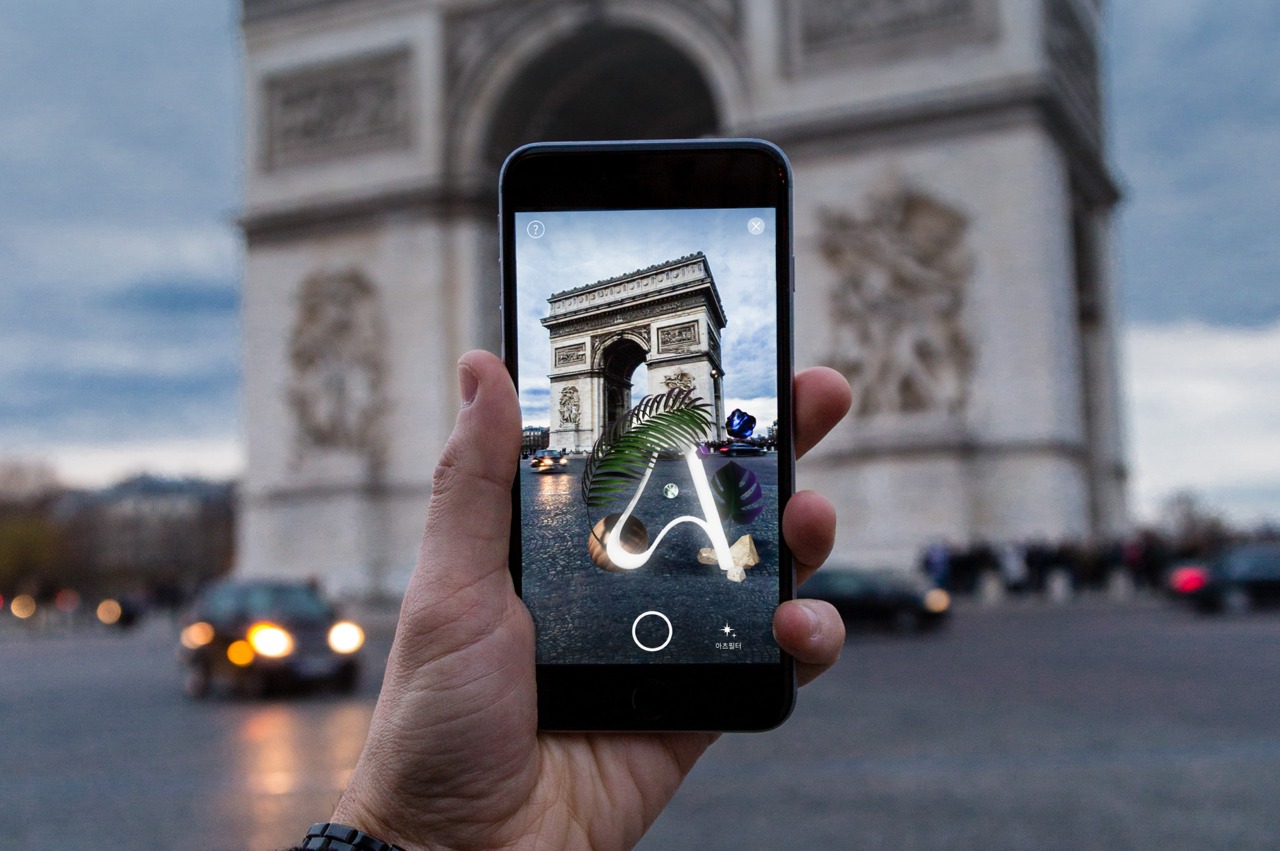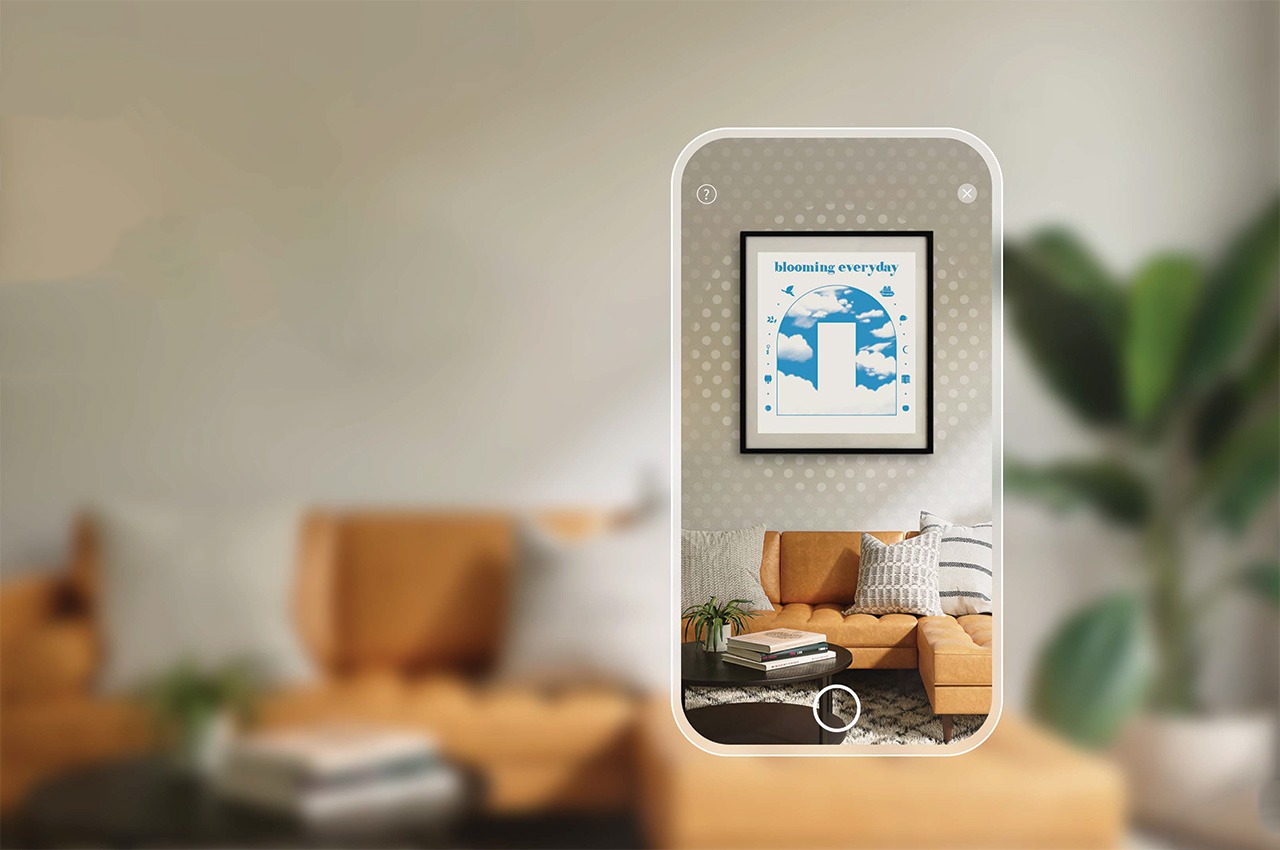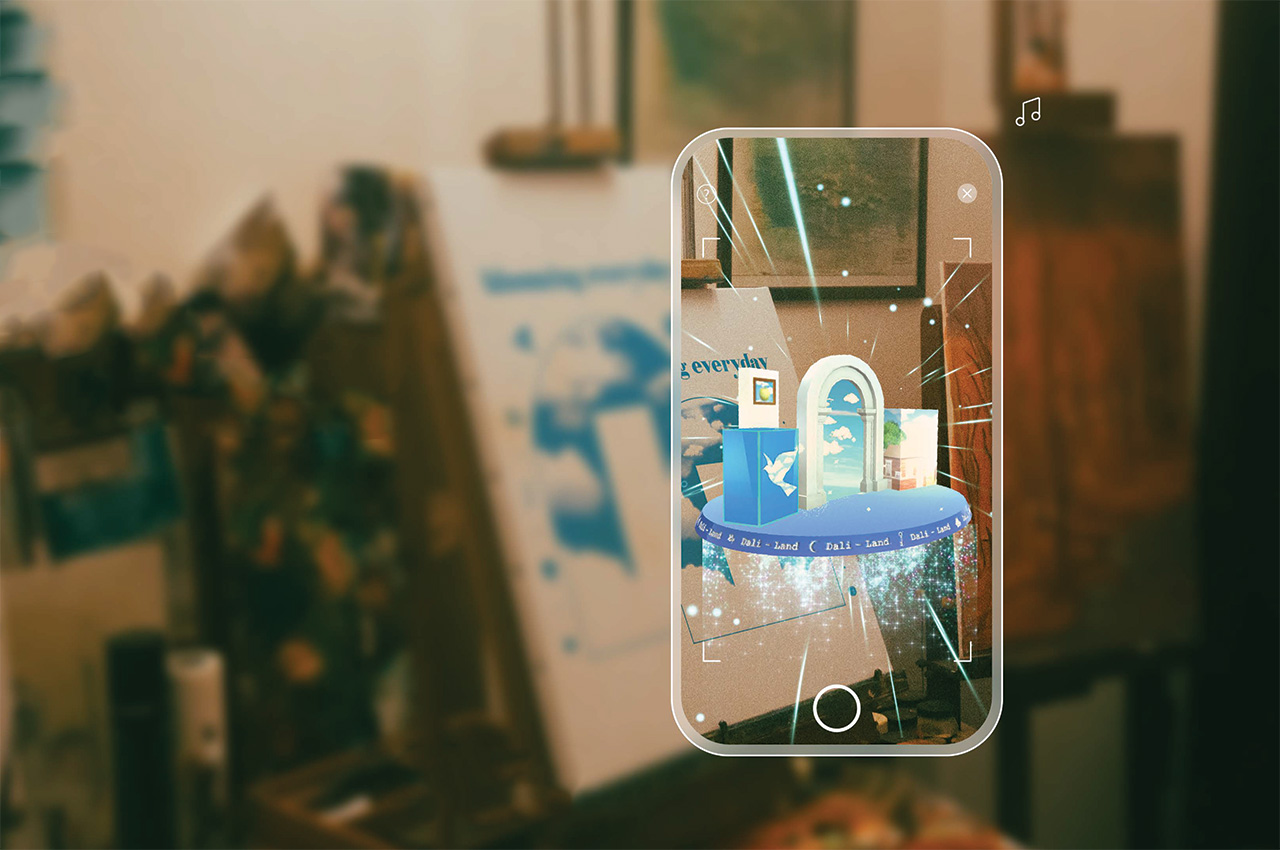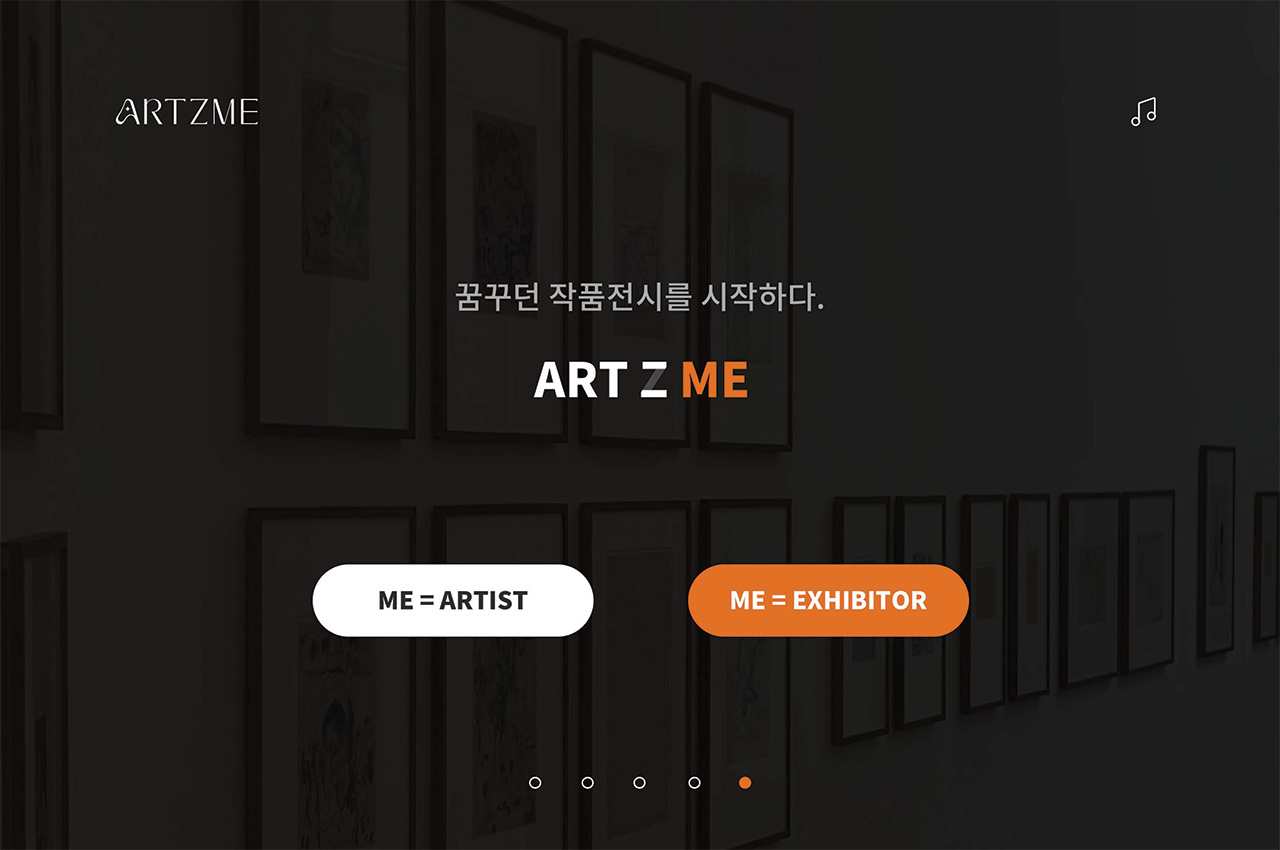
Staatliches Bauhaus originated as a German school of arts in the early 20th century and transformed into one of the most influential art schools in the history of the world. Bauhaus, meaning ‘building a house in German,’ was established six months after the First World War in 1919 and aimed to build a new society after the ravages and destruction of the war. Throughout the 1920s and 1930s, Bauhaus art marked a new period of history and found its presence in paintings, graphics, architecture, and interior design. It celebrates the fusion of individual artistry and vision, emphasizing mass production and function. Additionally, it formed the catalyst and paved the way for modern architecture and furniture design.
Designer: Walter Gropius
Founded by German architect Walter Gropius, he combined two schools, the Weimar Academy of Arts and the Weimar School of Arts and Crafts, into what he called the Bauhaus. The whole idea of the Bauhaus was to produce a functional and aesthetically pleasing object for the mass society instead of individual items for the wealthy. With a utopian aim to create a new form of design by combining fine arts, crafts, design, architecture, and technology, the Bauhaus promoted rational and functional design that embraced the principles of form following function and the less is more ethos. Despite being in existence for only 14 years, it has been the most impactful movement where the teachers and students worked in tandem with each other.

What is the history of Bauhaus?
Before the Bauhaus movement, fine arts such as architecture and design were highly esteemed concerning other art streams like painting and woodworking. Gropius asserted that all the crafts could be brought together and ensured that performing arts, design, and applied arts were given equal status as he tried to unite all branches of art. He envisioned bridging the gap between art and the industry by crafting pieces that combine aesthetics and beauty with function and utility. As a result, notable teachers Marianne Brandt and Marcel Breuer replaced the traditional pupil-teacher relationship with the idea of a community of artists working together.
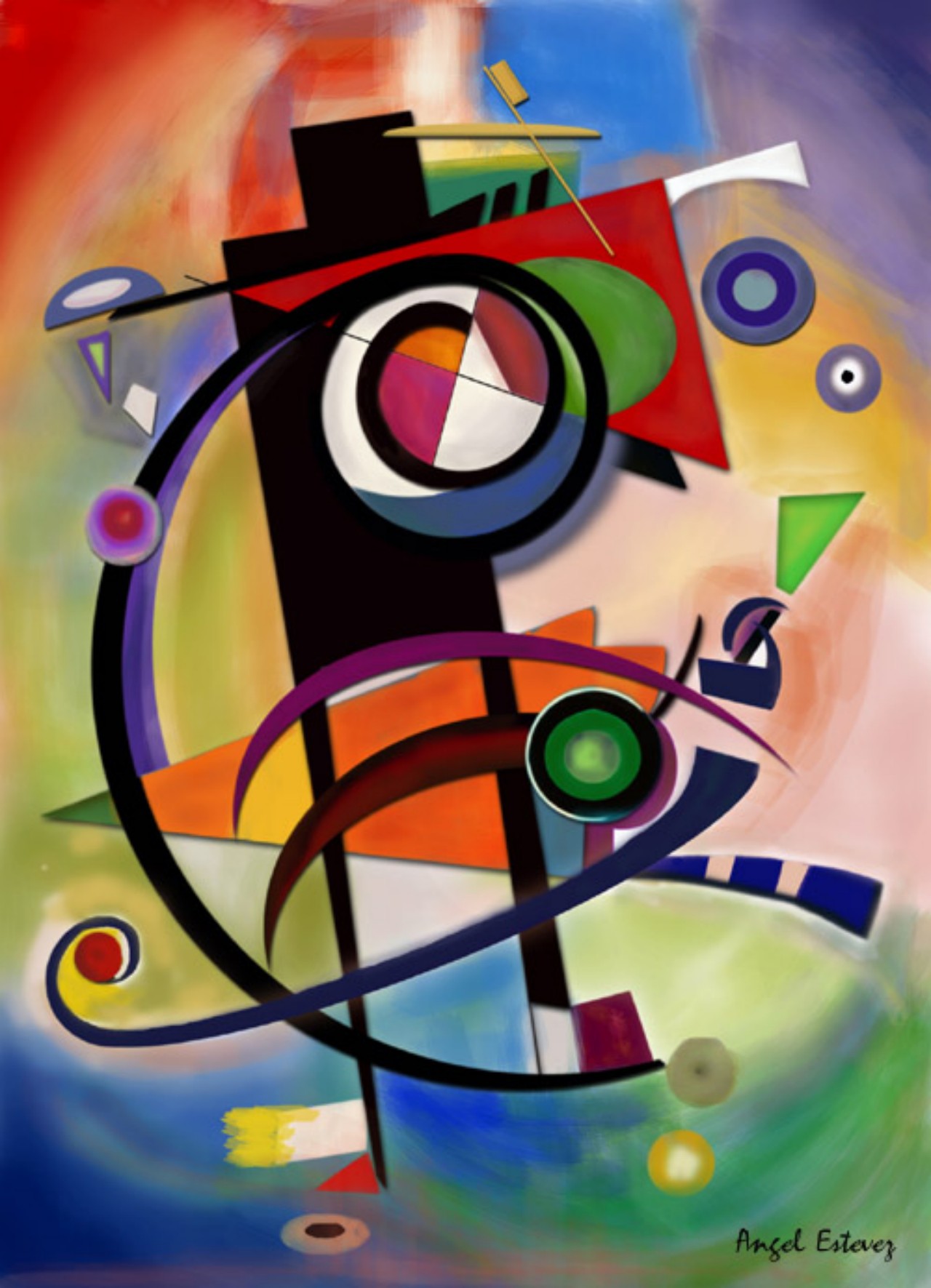

Artist: Angel Estevez
Where were the Bauhaus art institutes located?
Bauhaus existed in three cities, functioning through a tough time of social and political upheaval. Nevertheless, it left one of the most significant stamps on art, architecture, and design in the 20th century.
Weimar -1919-1925
Gropius laid the foundation of Bauhaus in Weimar, which aimed to serve a social role with no division of craft-based disciplines.
Dessau- 1925-1932
Dessau was selected after the close of Weimer due to political reasons. However, it was the most fruitful period of activity when Gropius designed the famous Bauhaus building – a landmark of modern, sculptural architecture that was dissolved on 30 September 1932. Currently, it is a UNESCO world heritage site that attracts many tourists.
Berlin-1932-1933
Little work was done during this period due to pressure from the Nazis regime and lack of funding. Unfortunately, it was permanently closed in July 1933 under immense political pressure and threat.
Who were the creative artists behind the Bauhaus movement?
Well-known artists like Josef Albers, Wassily Kandinsky, and Paul Klee offered their expertise as instructors. In addition, the Bauhaus flourished under three different architect-directors: Walter Gropius from 1919 to 1928, Hannes Meyer from 1928 to 1930, and Ludwig Mies van der Rohe from 1930 until 1933.
What was the purpose of the Bauhaus Design style?
Since the modern manufacturing method can result in the loss of art, Bauhaus wanted a design style that could merge art and functional design alongside practical everyday objects with the soul of artwork. In addition, there was an emphasis on experiment and problem-solving, which shaped Bauhaus’s teaching approach and greatly influenced contemporary art education.
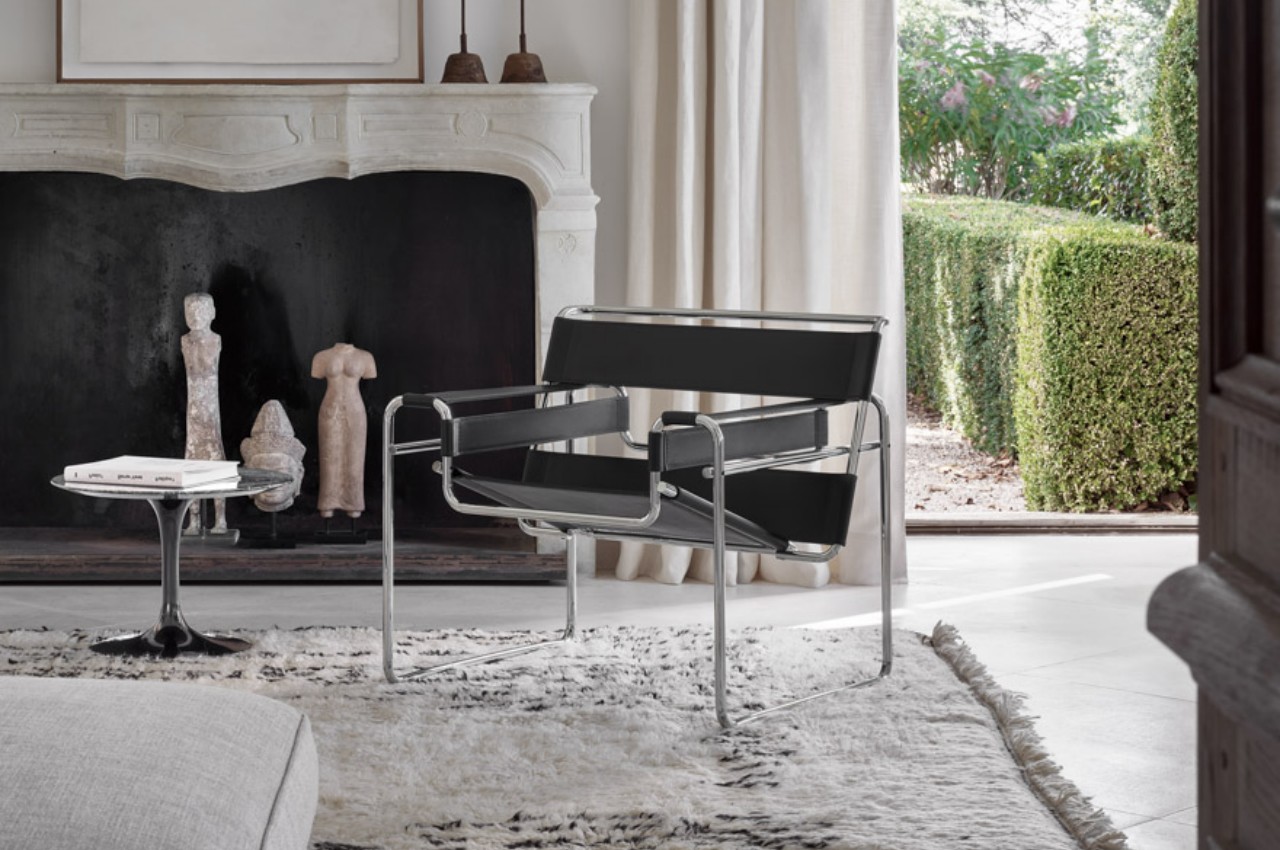
Wassily chair
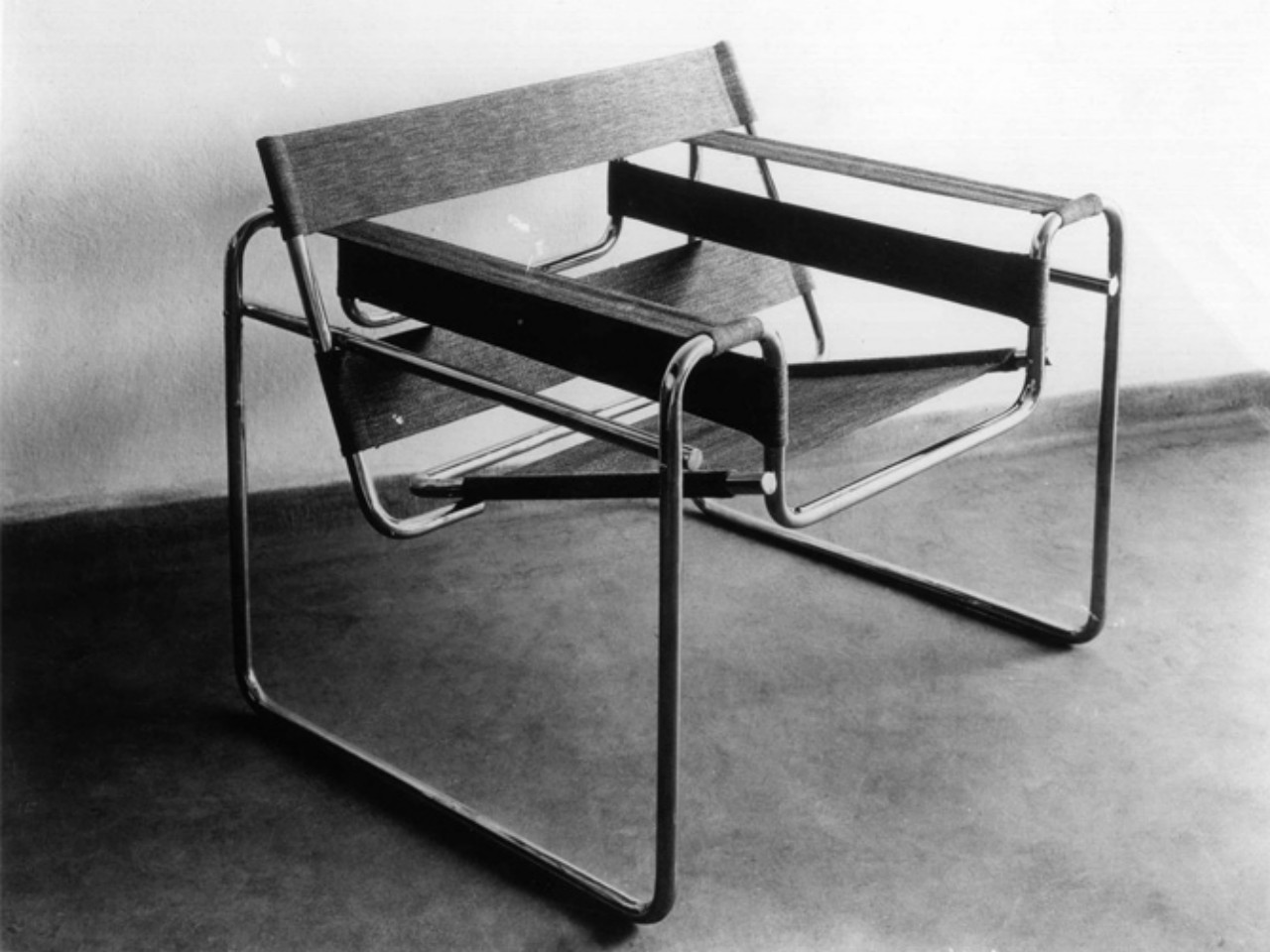
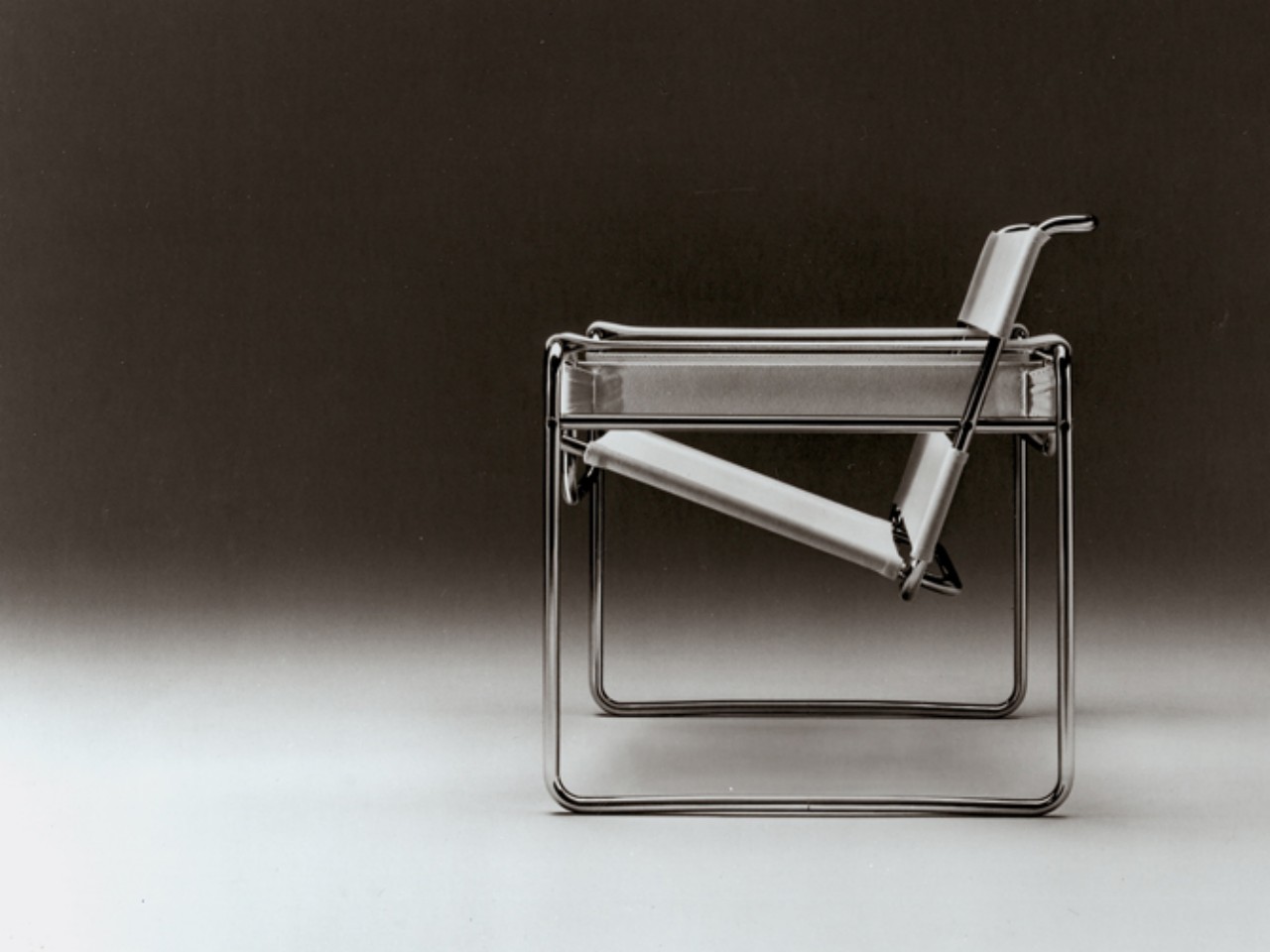
Designer: Marcel Breuer (Knoll)
What are the key elements of Bauhaus Architecture?
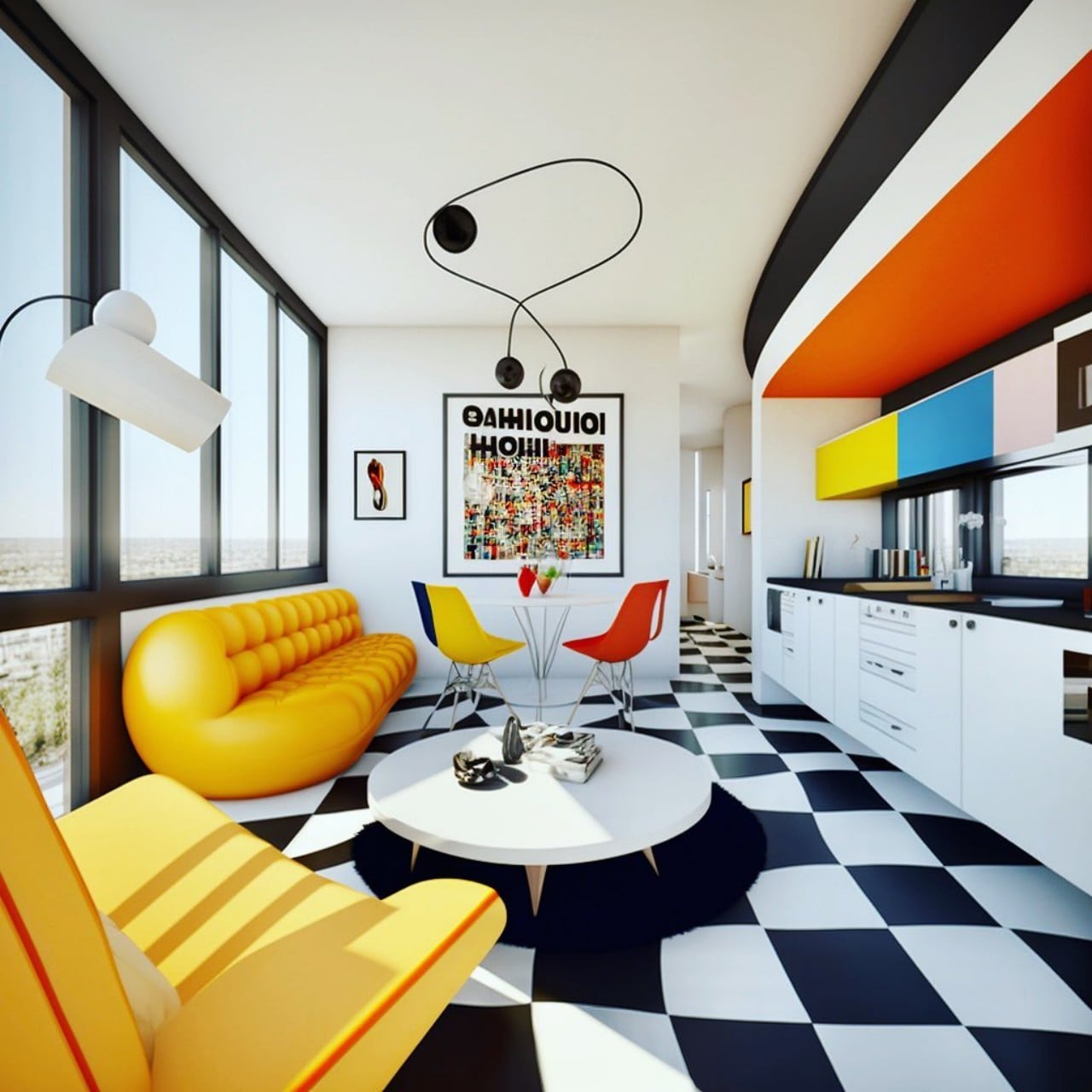
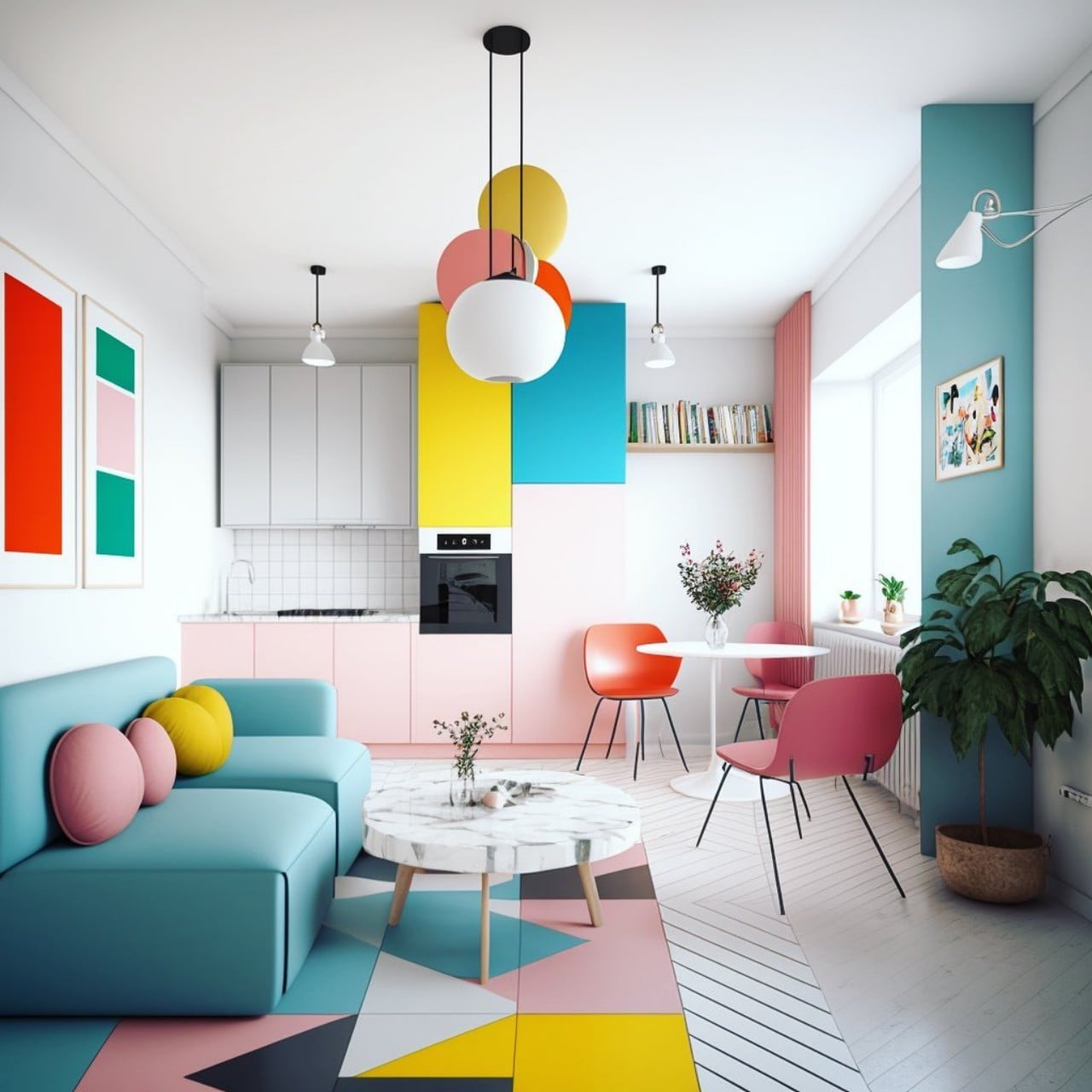
Designer: archetival
With a holistic approach towards design, mid-century modern homes were inspired by clean lines and functional design. At the same time, the interiors were known for their simplicity and sense of openness. The school played a crucial role in developing modernist architecture and significantly impacted mid-century modern art and design and Scandinavian minimalism. The Bauhaus buildings can be angular and linear or feature curved balconies and round corners, but here are some essential common characteristics:
- The Bauhaus design style is straightforward; it believes in simplicity, clarity of design, optimum functionality, abstract shapes, the use of primary colors, and balanced visual composition. Therefore, there was no need for additional ornamentation to make things more beautiful as it was allowed only if it followed function.
- Instead of floral and curvilinear shapes, the Bauhaus focused on minimalism with linear and geometric forms like triangles, squares, and circles. Asymmetry is favored over symmetry alongside a simple, rational, and functional design.
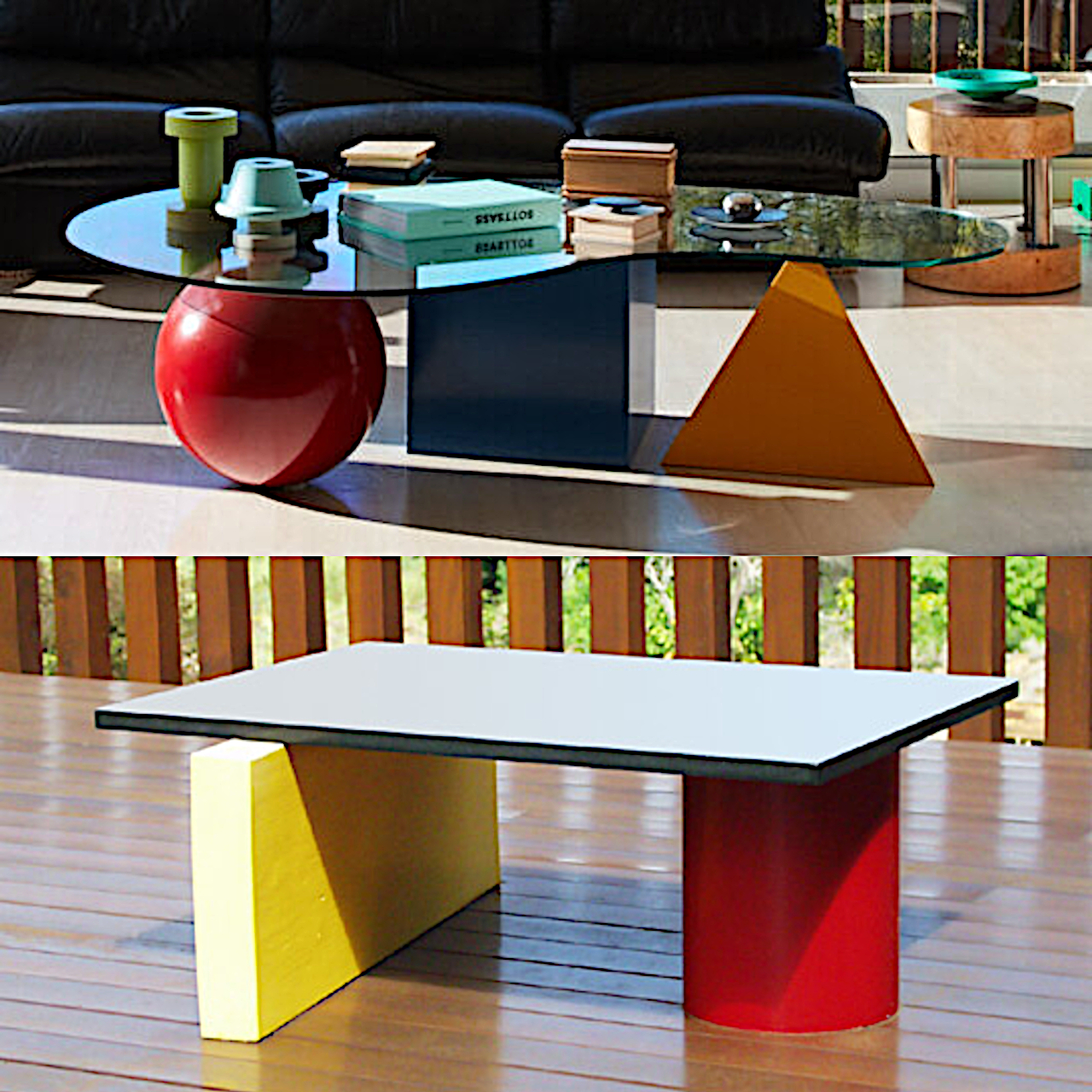
Designer: Adrian Olabuenaga
- The buildings are designed with flat roofs and glass curtain walls. The popular use of modern materials like steel, glass, and concrete that have become an integral component of contemporary architecture and interior design.
- The buildings, furniture, and fonts often feature rounded corners and sometimes rounded walls.
- The Bauhaus design style is true to materials and ensures that the material is used in its most natural and honest form. Hence, Bauhaus architects did not hide brutal and rough materials. Instead, using basic utilitarian materials like steel, concrete, and glass in an unmodified and exposed form emphasizes the beauty of their functionality.
- The ideology of Bauhaus was to make optimum use of time and smart use of the available resources. With an economical way of thinking, the representatives wanted to achieve controlled finance, increase the productivity of time-consuming projects, and precisely use the available materials.
- Bauhaus workshops emphasized and embraced technology to merge art and design with mass production and were skillfully used for developing prototypes.
- According to Walter Gropius, form follows function. Hence the form or elegant geometric shapes of any object or building should be based on its intended function or purpose.
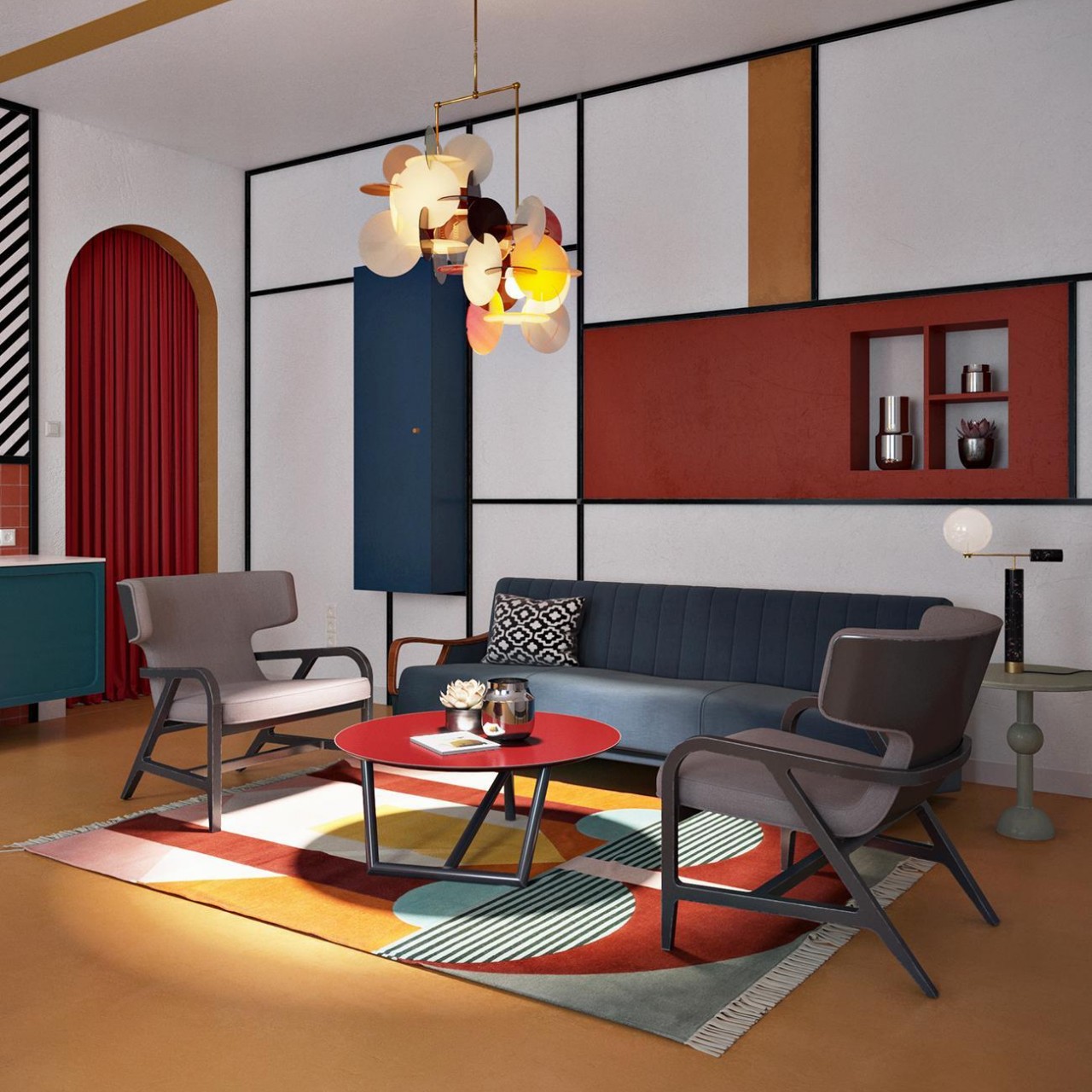
Designer: Rockin Cushions
- The focus was on design productivity and a strong understanding of basic design principles of composition, color theory, and craftsmanship in various disciplines. In addition, it believed in the oneness of the artist and the craftsman — an excellent design that is durable, economical, beautiful, and accessible to all.
- Their commitment to finding solutions that were simple, rational, and functional is an approach that is still taught to artists and designers today.
- The final lesson is that the Bauhaus advocated for a “new guild of craftsmen,” abolishing the elite lines between artist and designer to build a new future.
- Bauhaus is all about new techniques, new materials, new ways of construction, and new attitudes. Hence, architects, designers, and artists must invent something new using modern technologies and materials. It also led to the emergence of new forms of interior design.
What countries have the most examples of Bauhaus architecture?

96 HaYarkon, Tel Aviv

Designer: Bar Orian
One of the largest collections of Bauhaus-style architecture is in Tel Aviv, Israel. Its city center is a UNESCO-recognized site thanks to more than 4,000 buildings designed by German Jews who fled the Nazis in the 1930s.
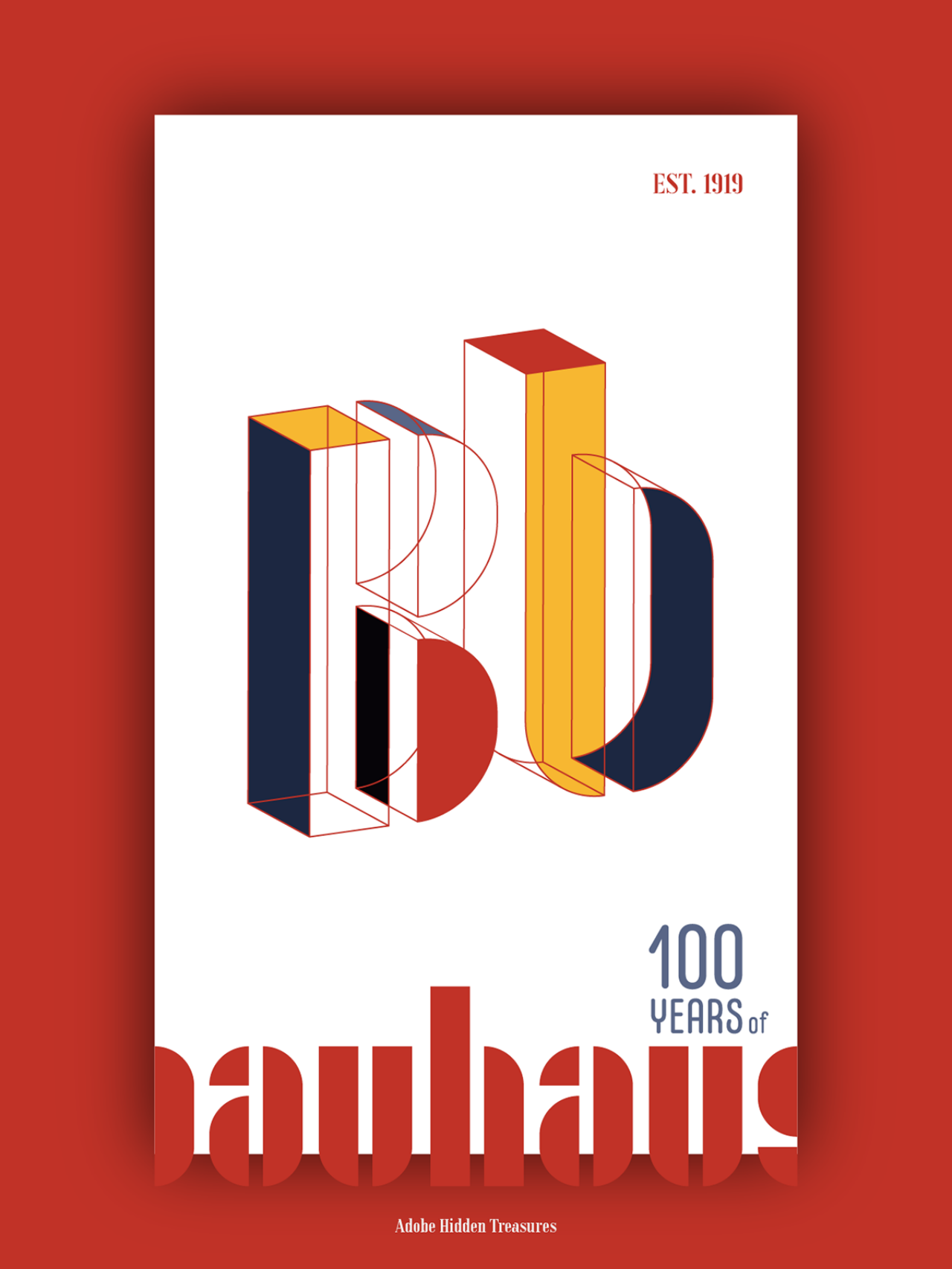
Designer: Adobe x Bauhaus
Almost 100 years later, we exist in the future that the Bauhaus imagined and can see the connection and fusion between good artistry and good design.

The post What is Bauhaus Design Style: The Significance of Art United Under One Haus first appeared on Yanko Design.
